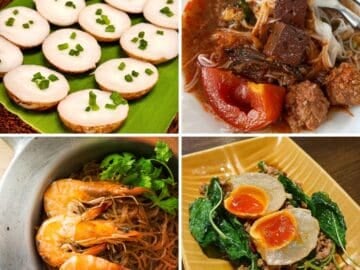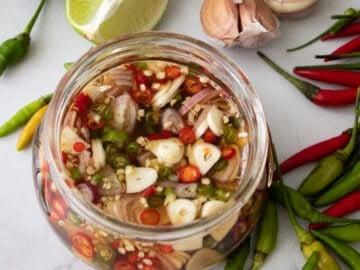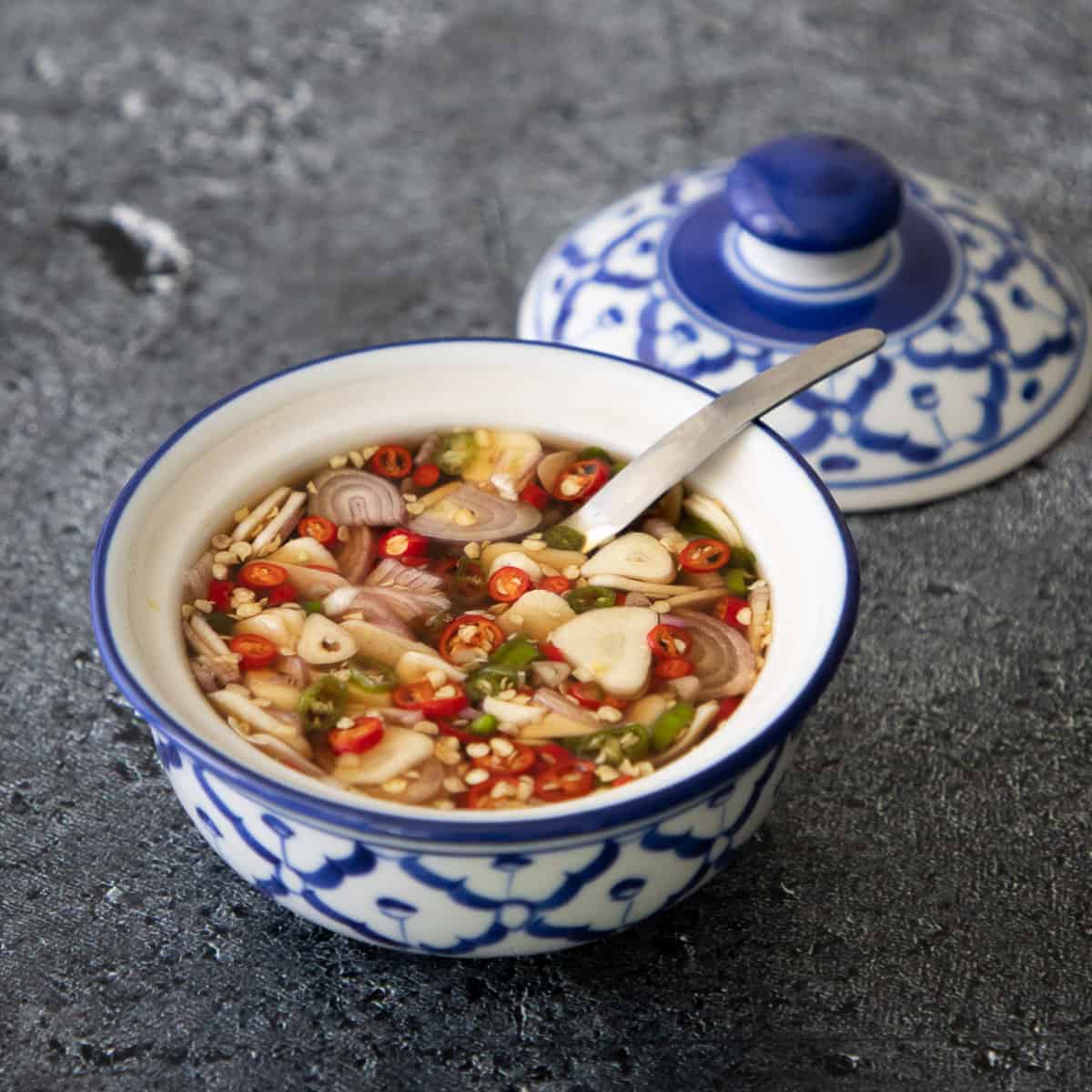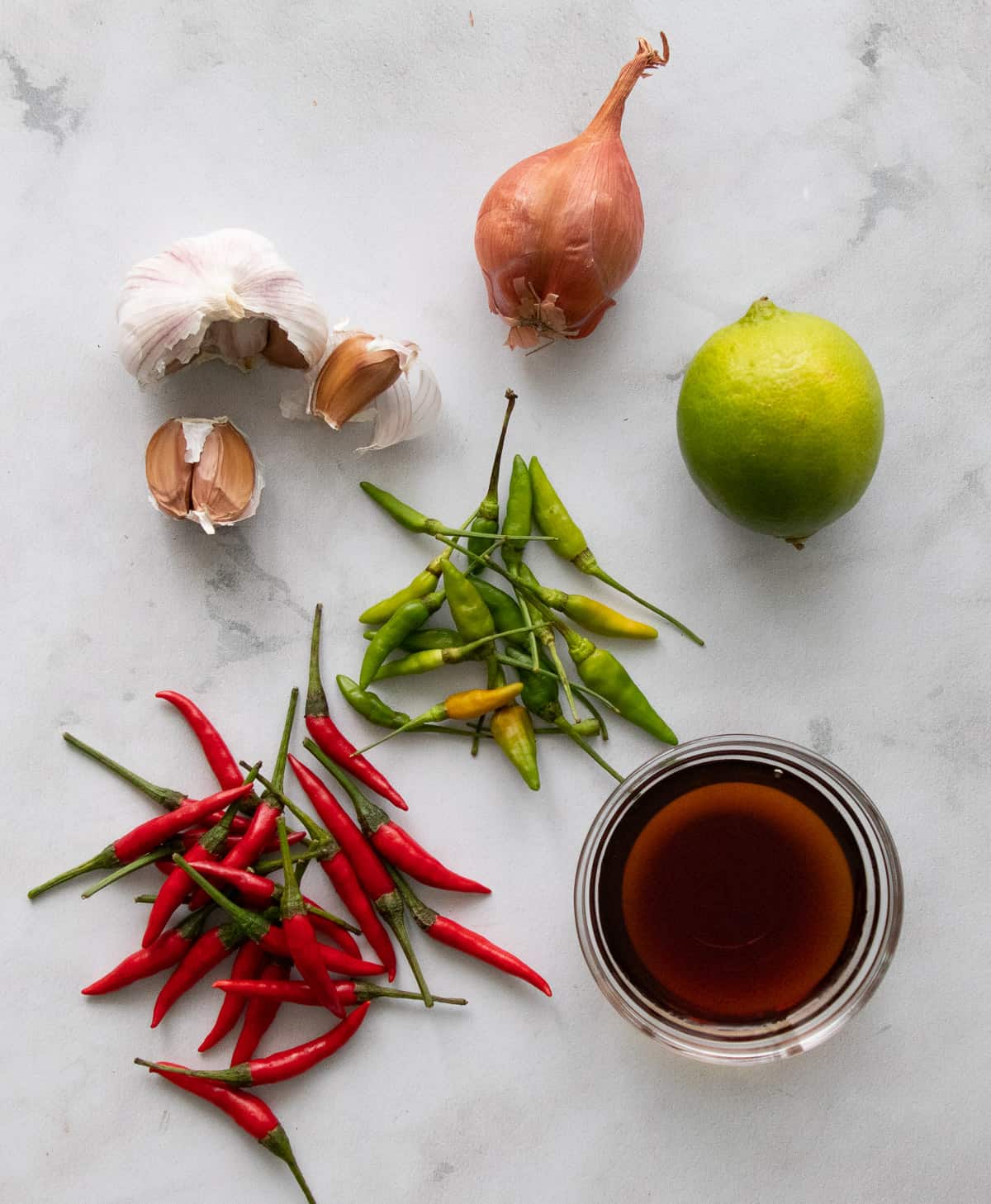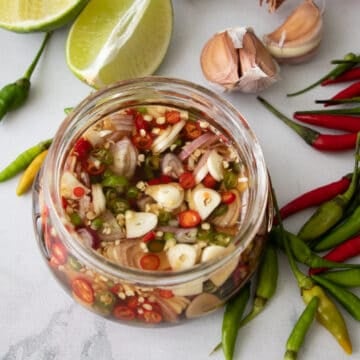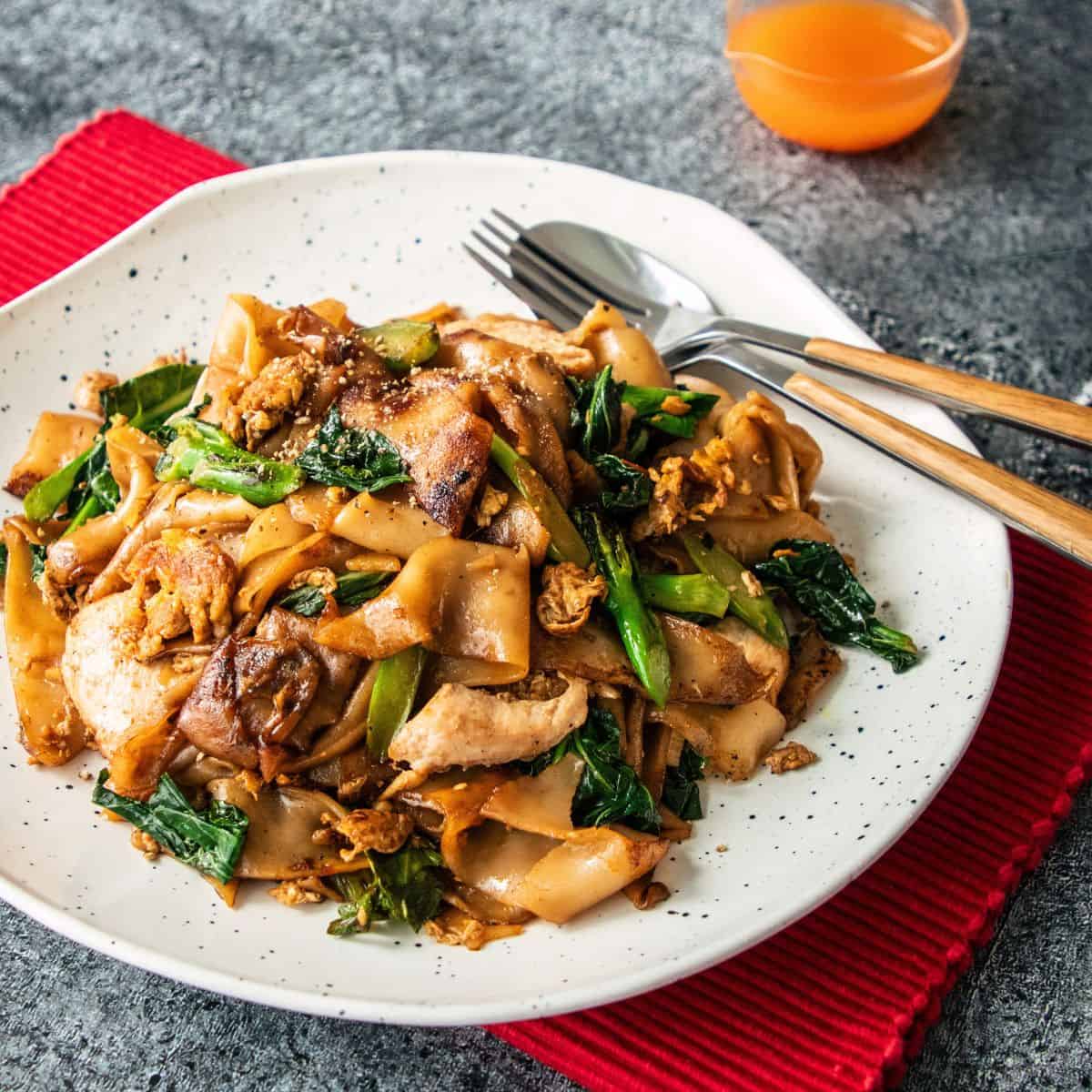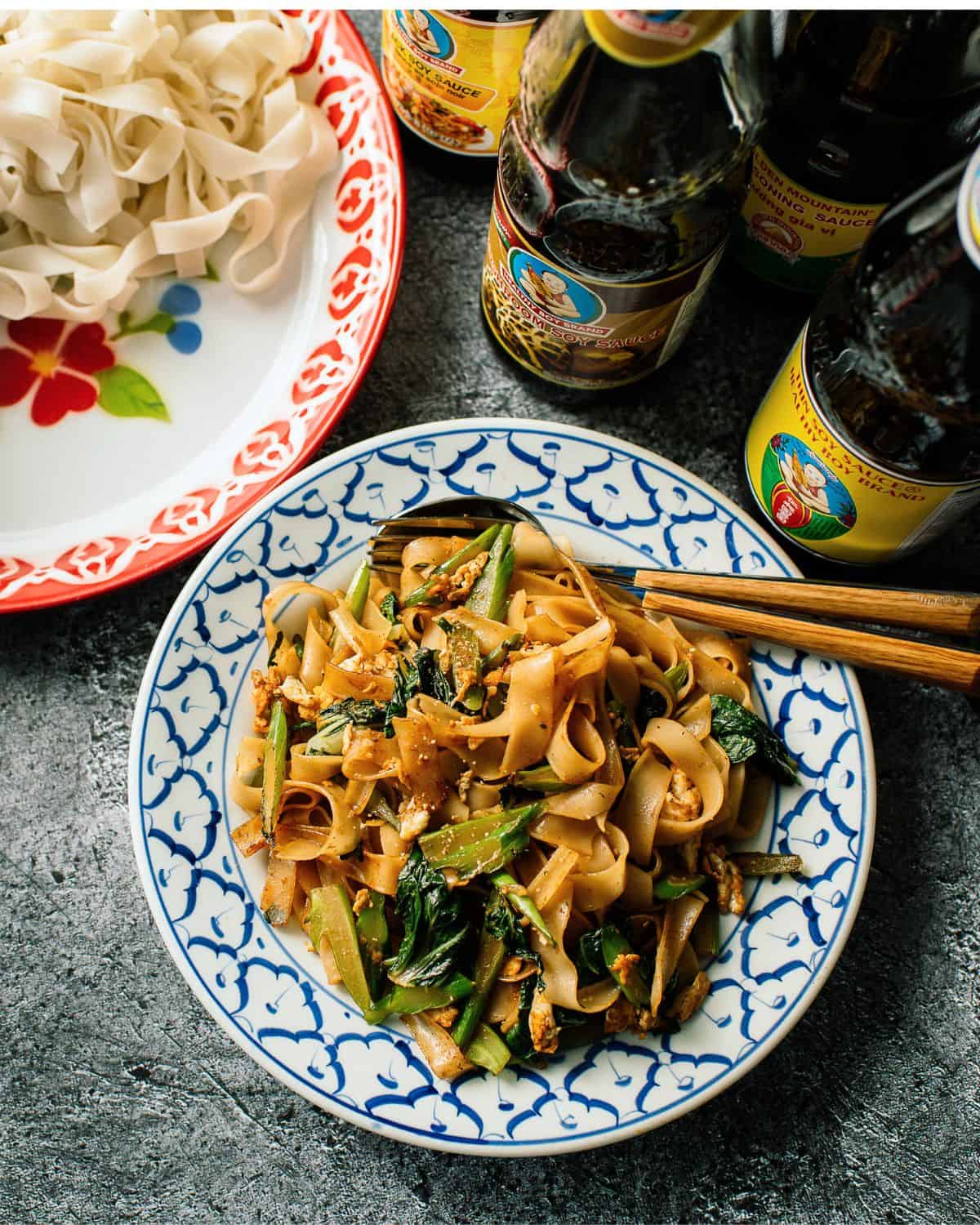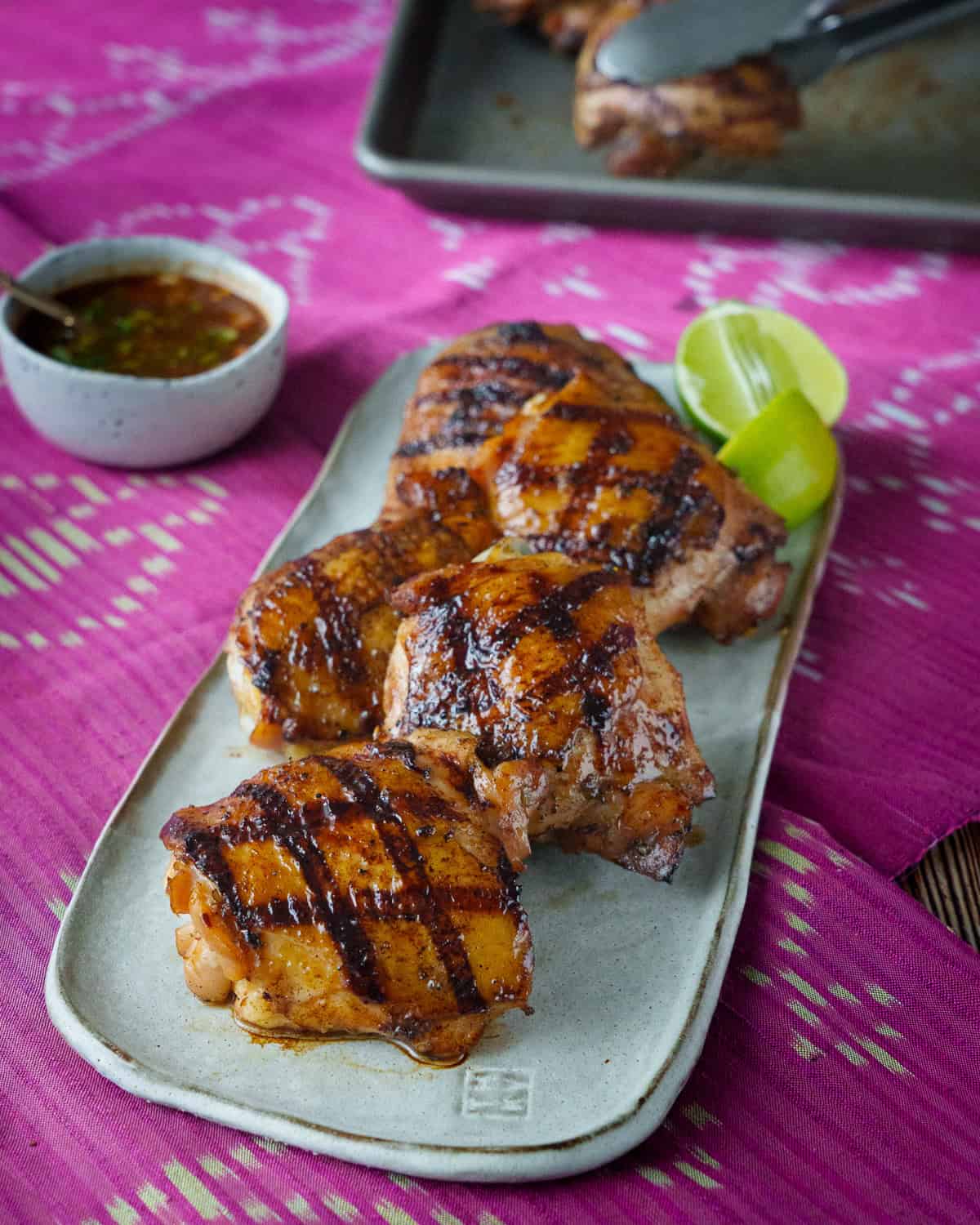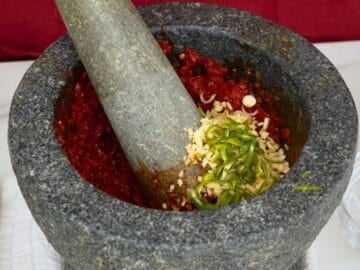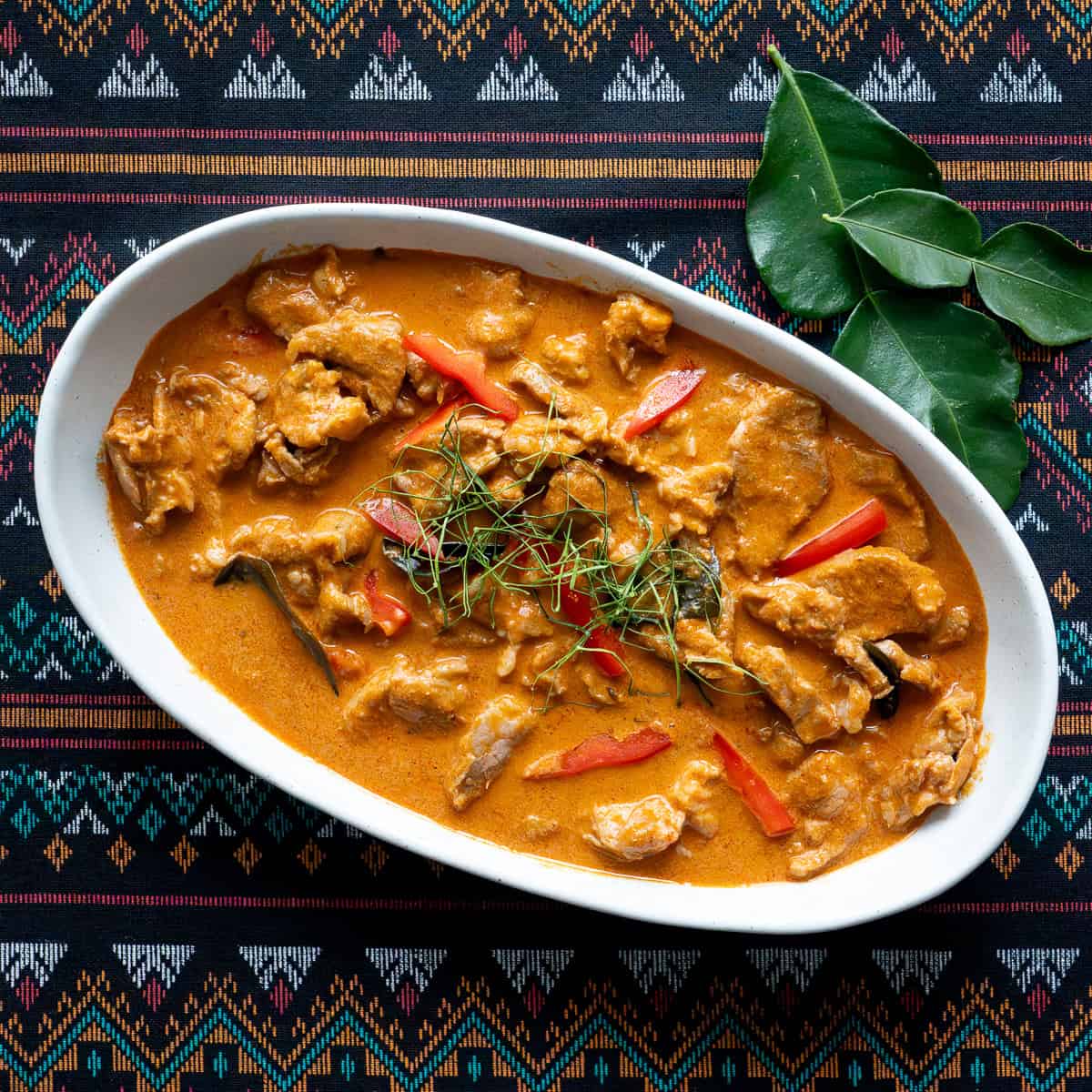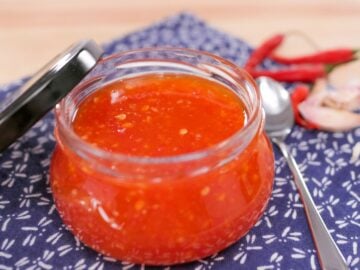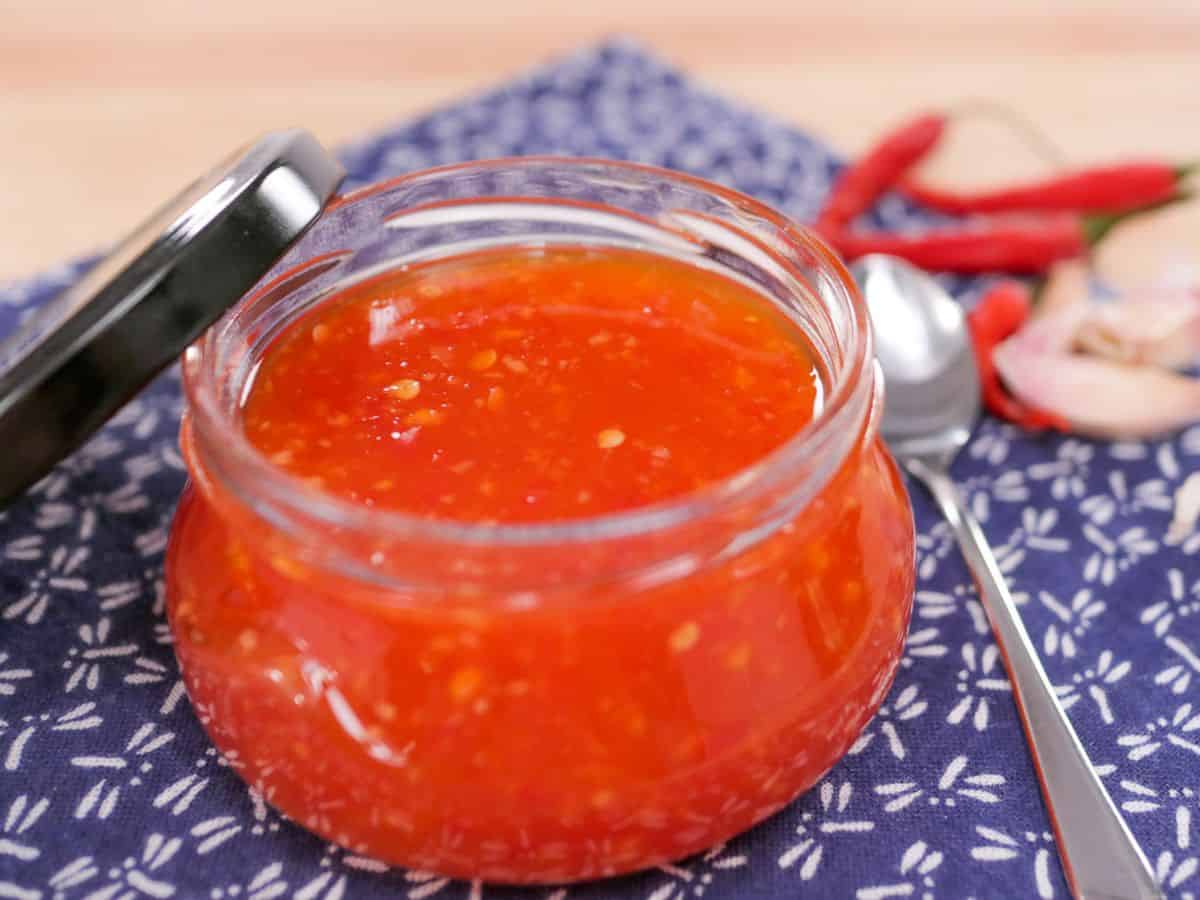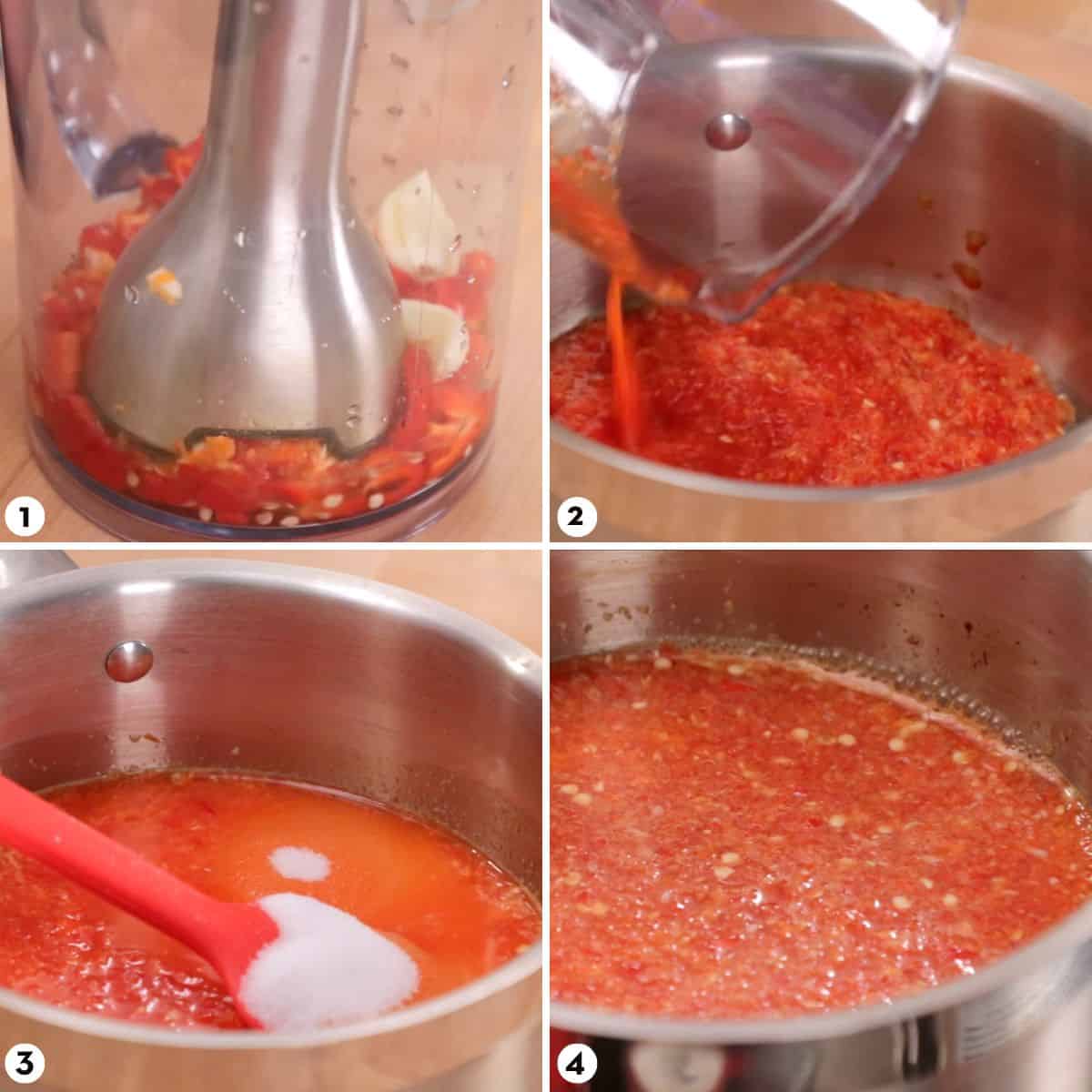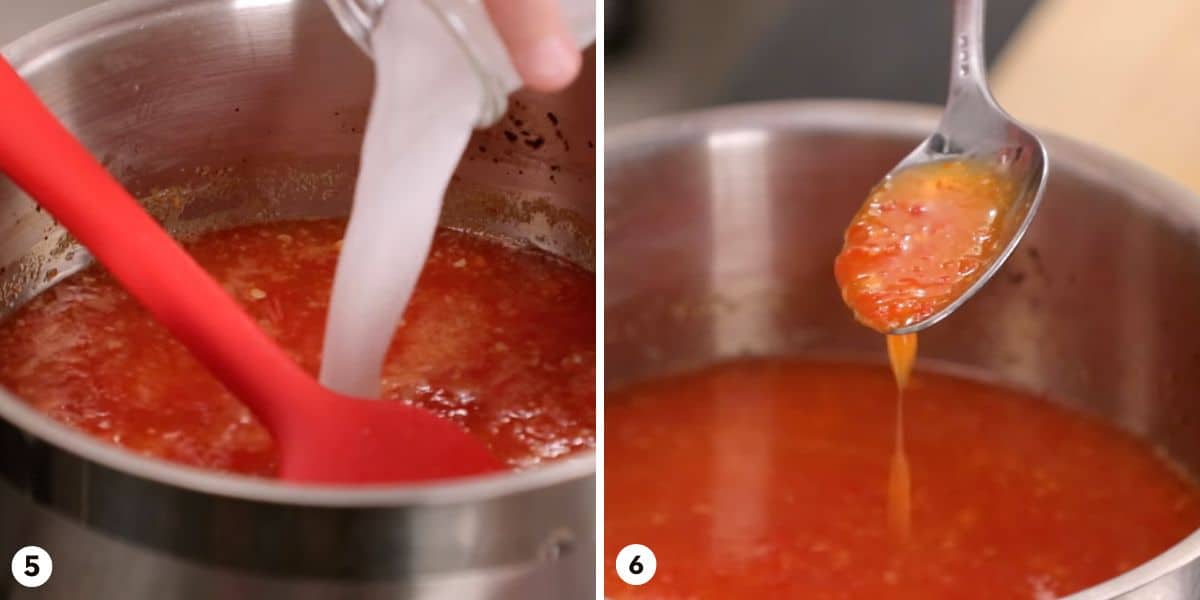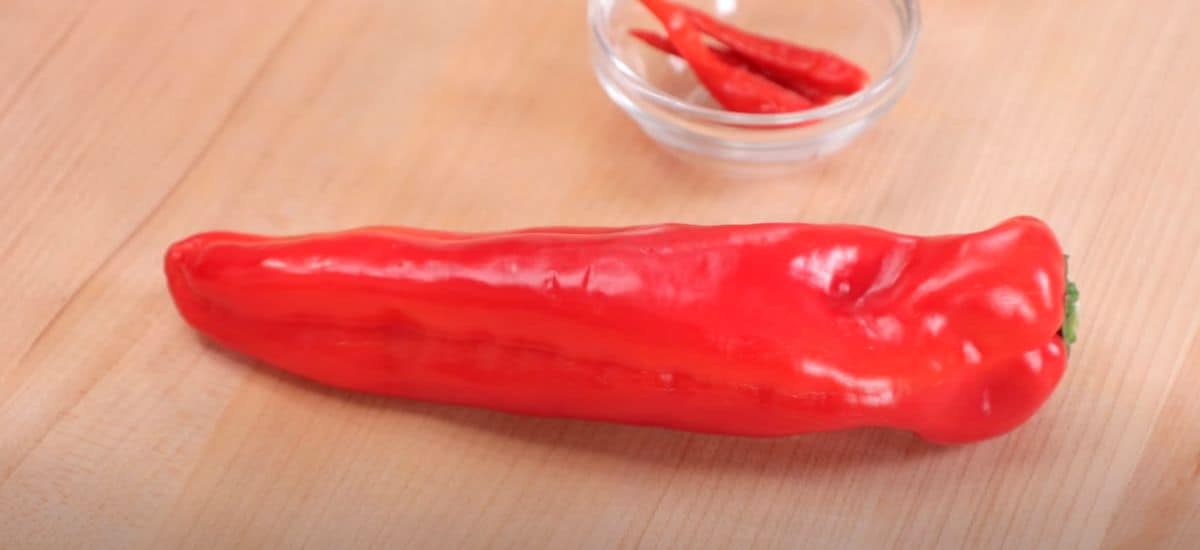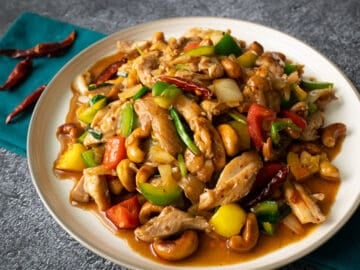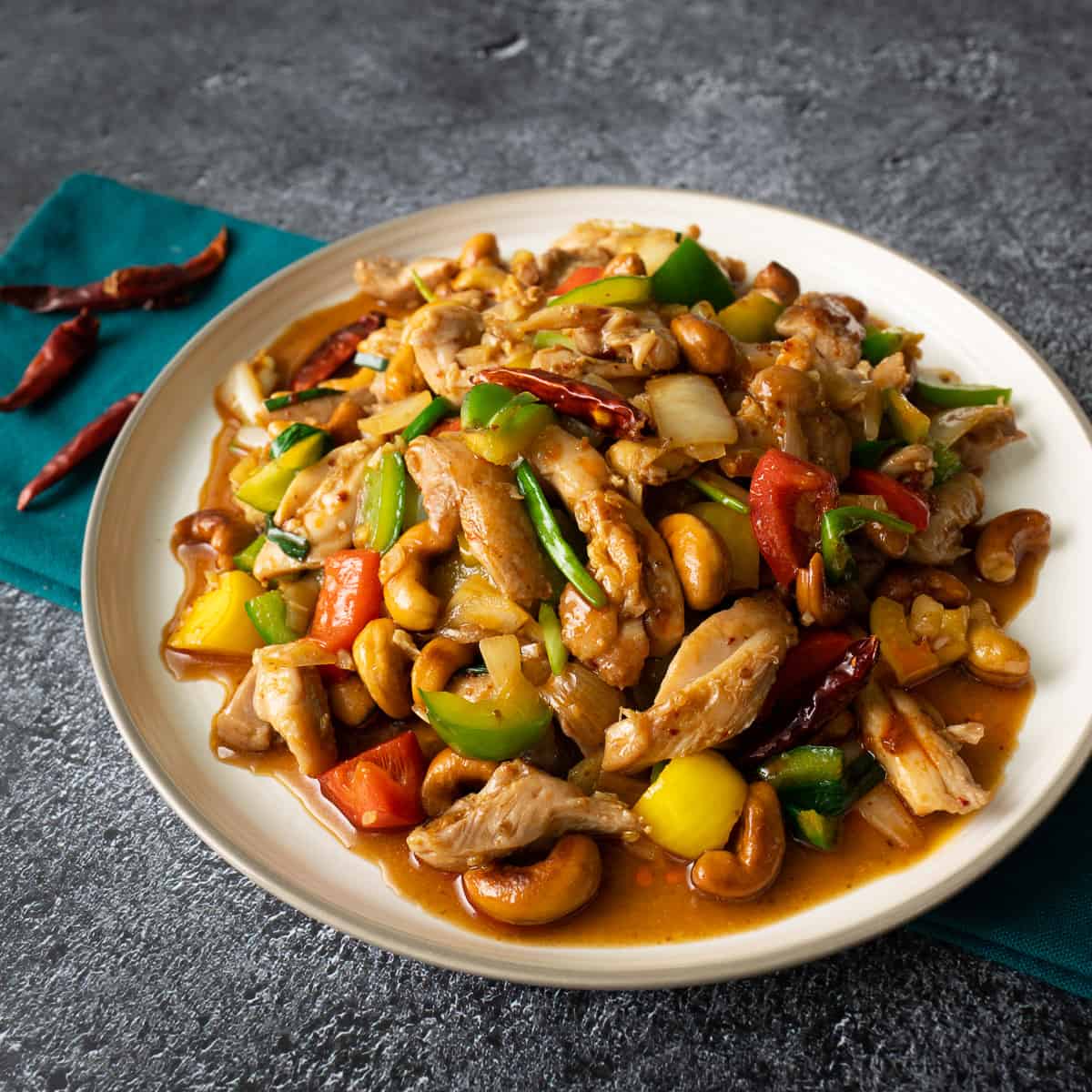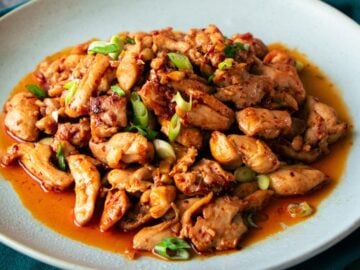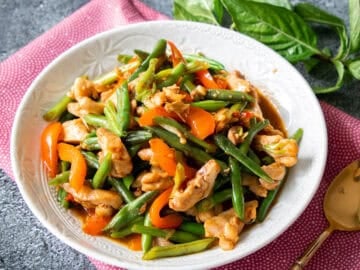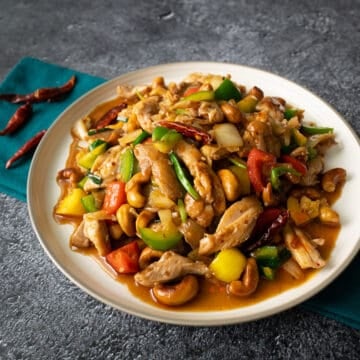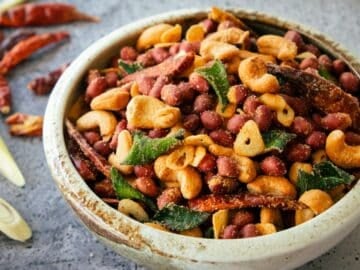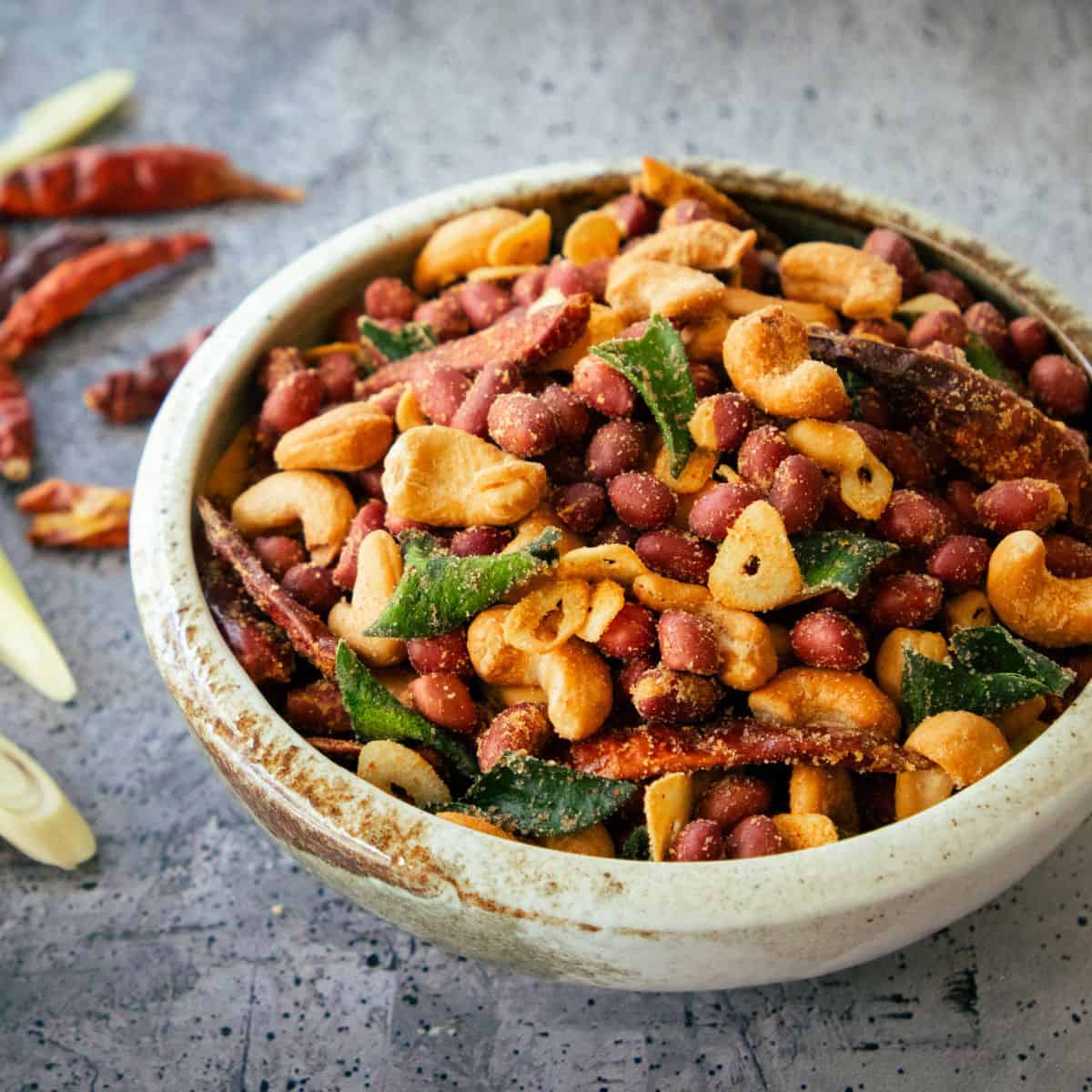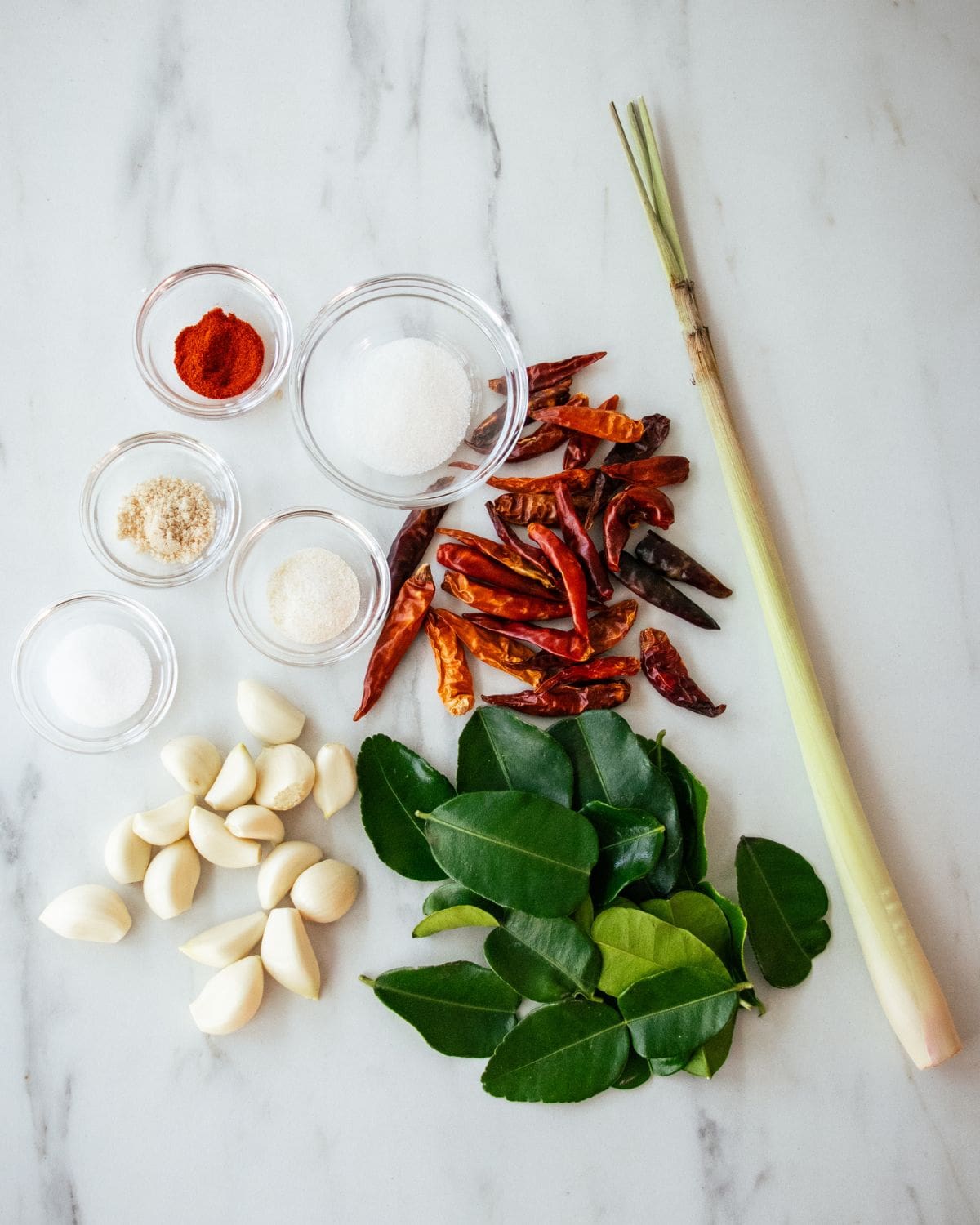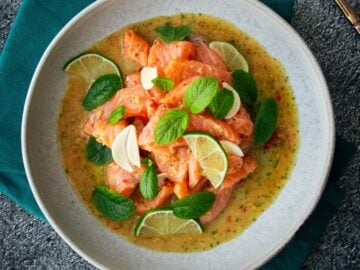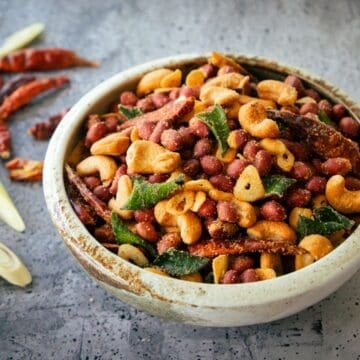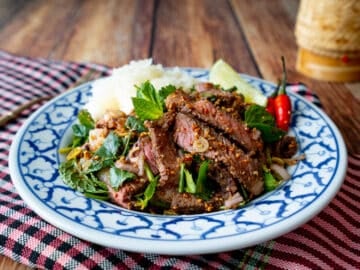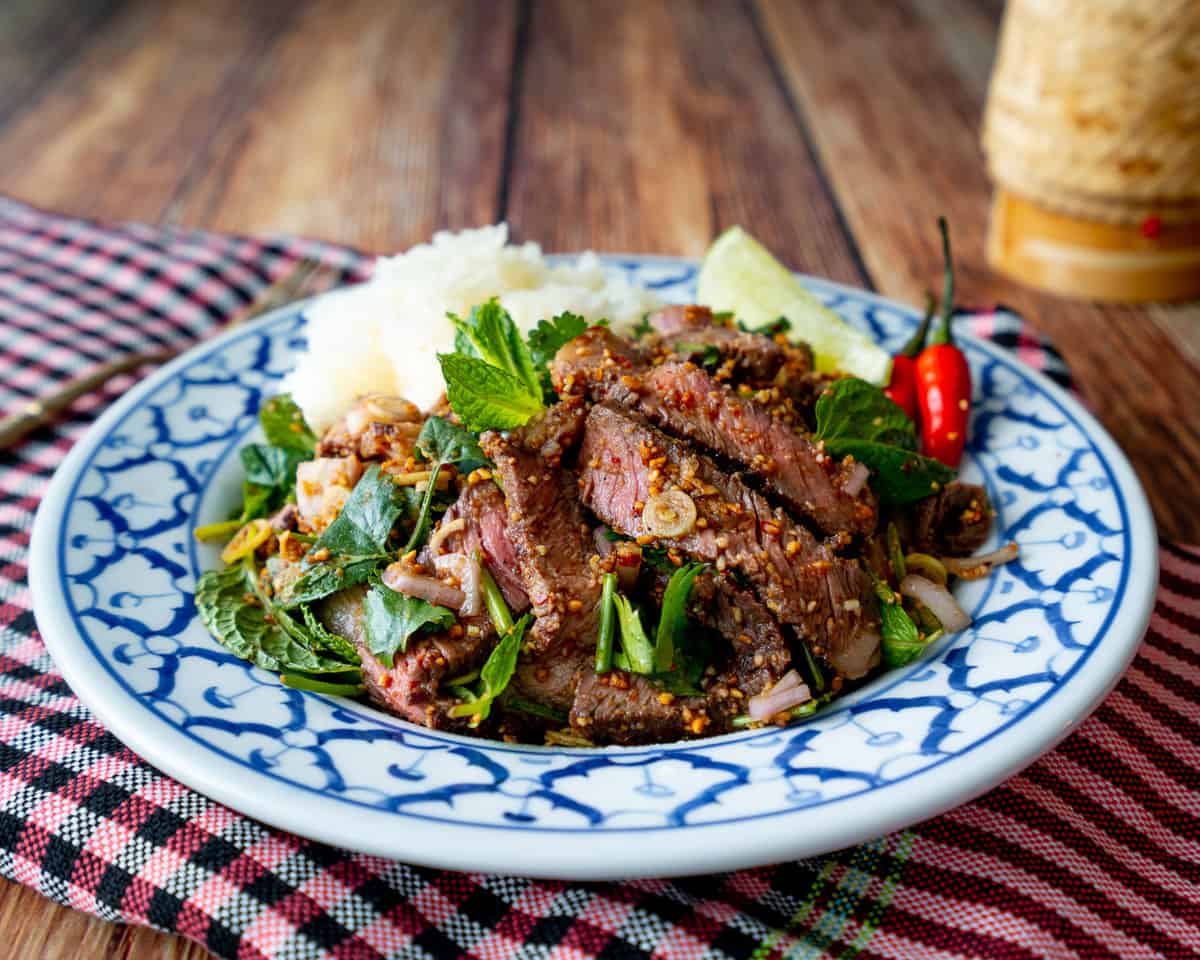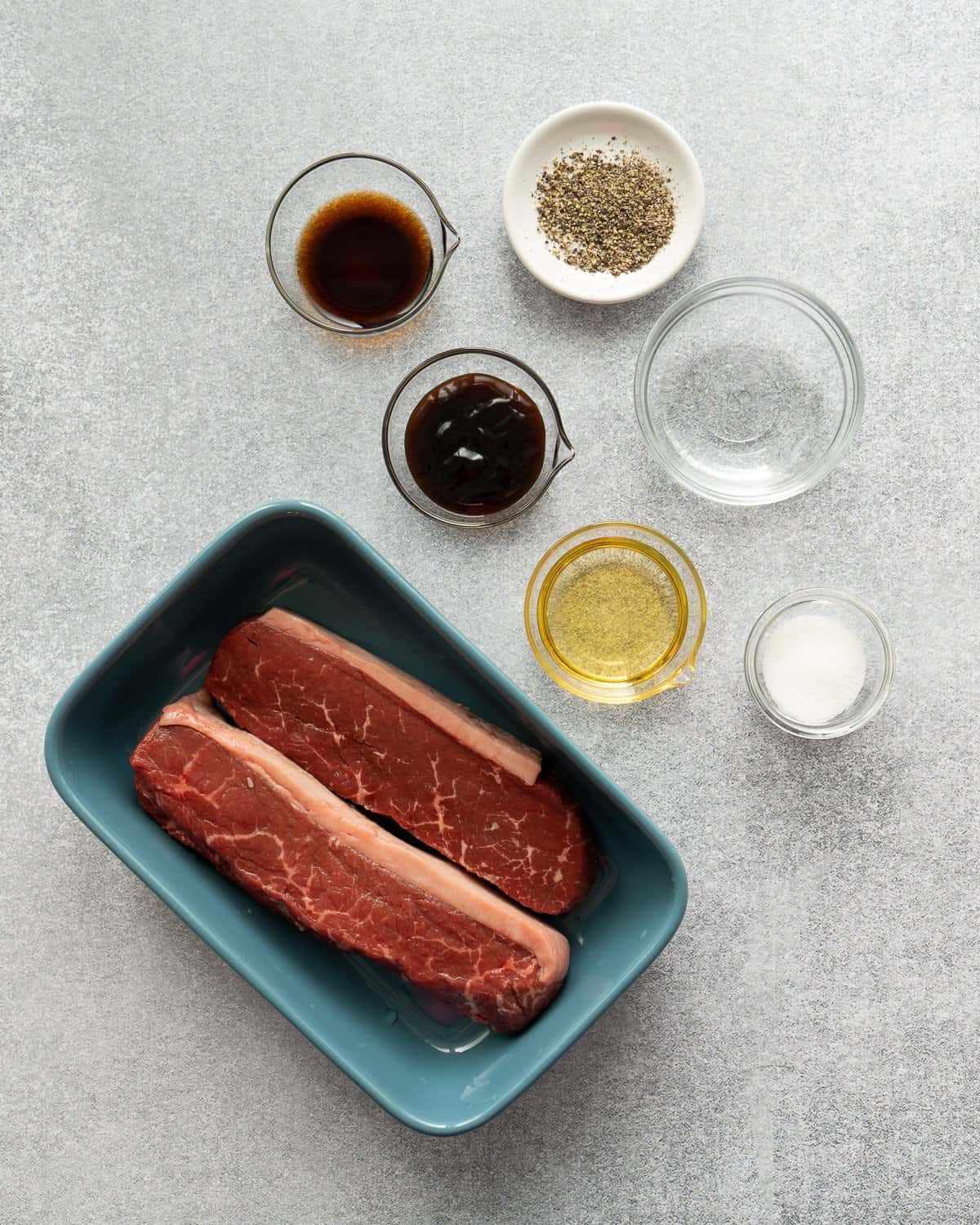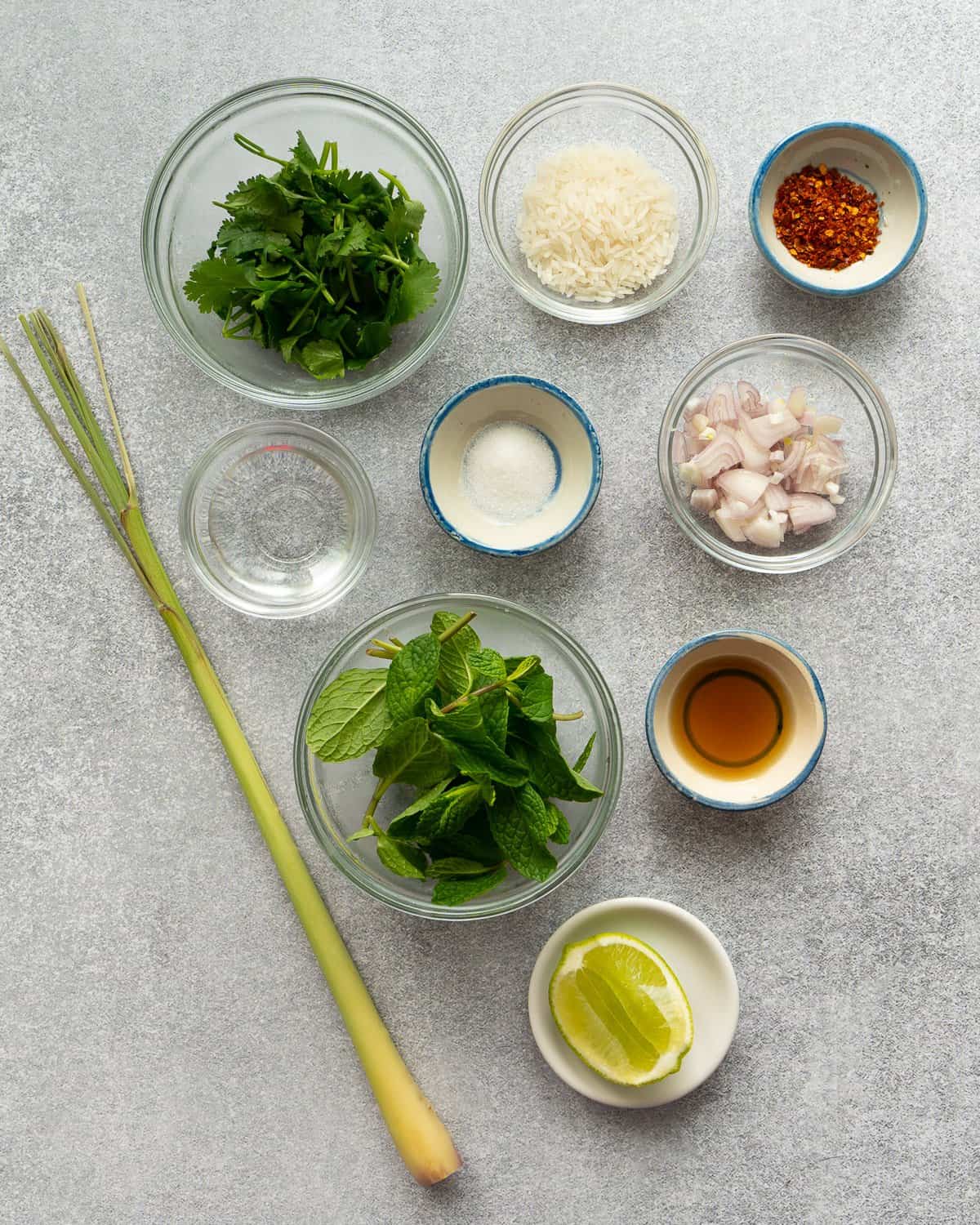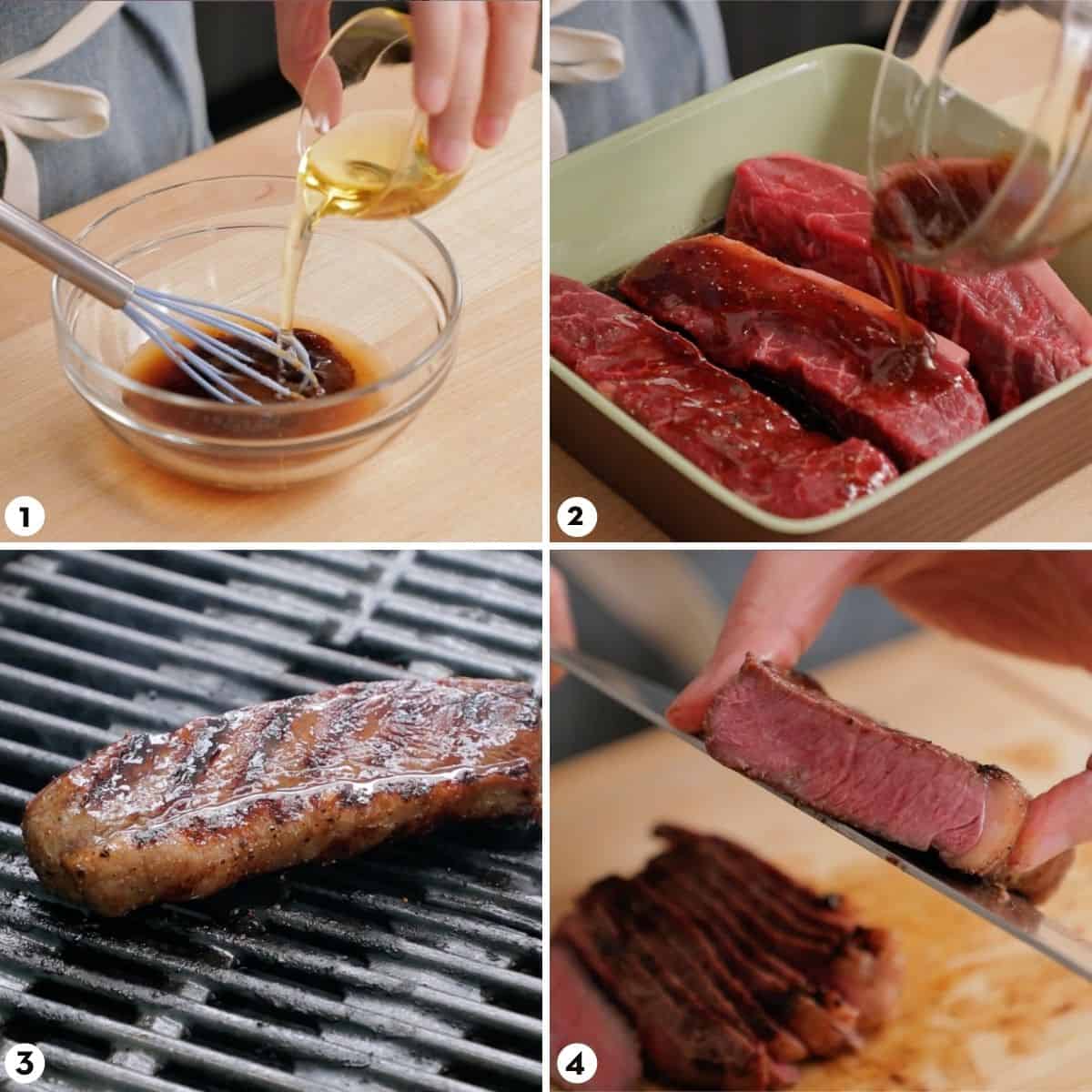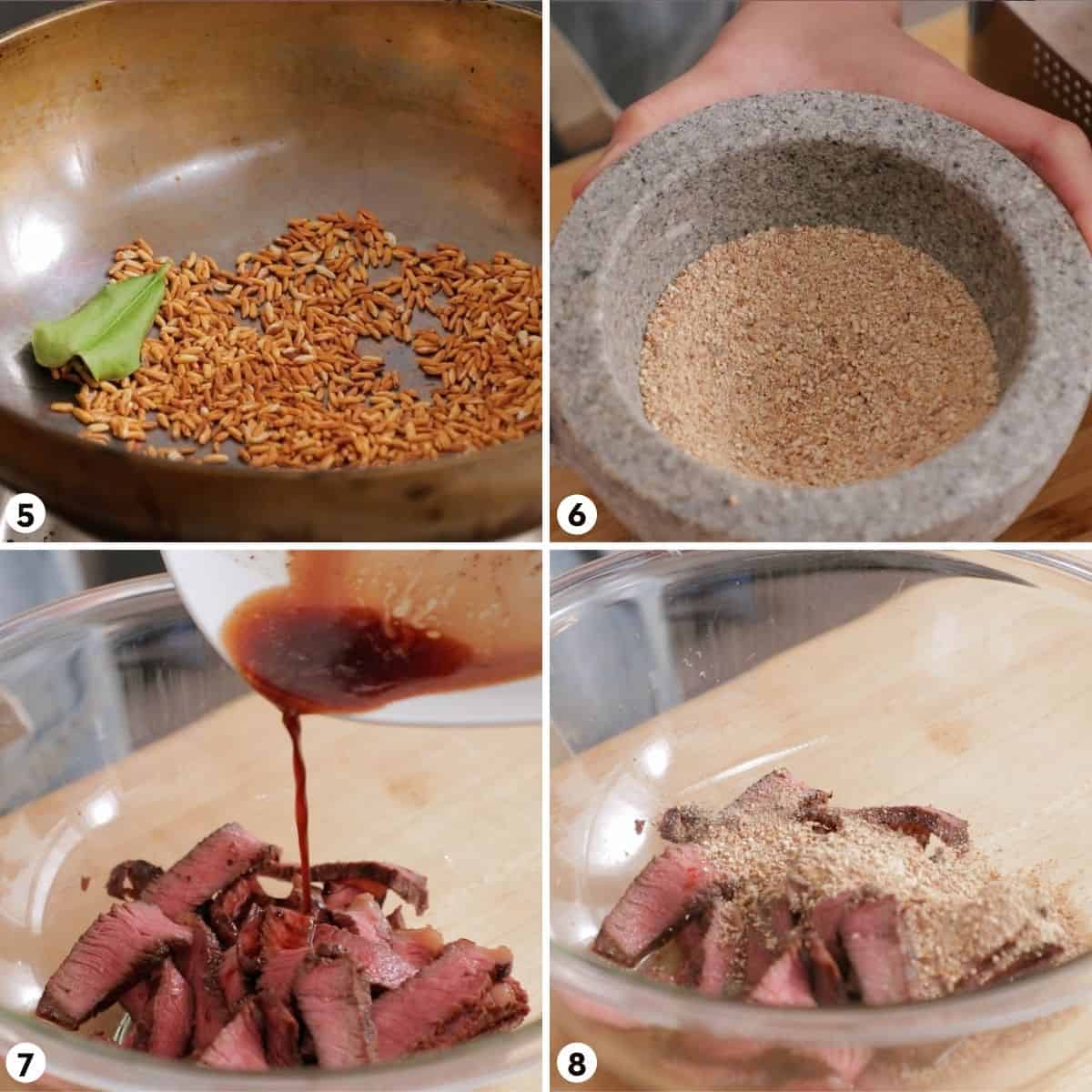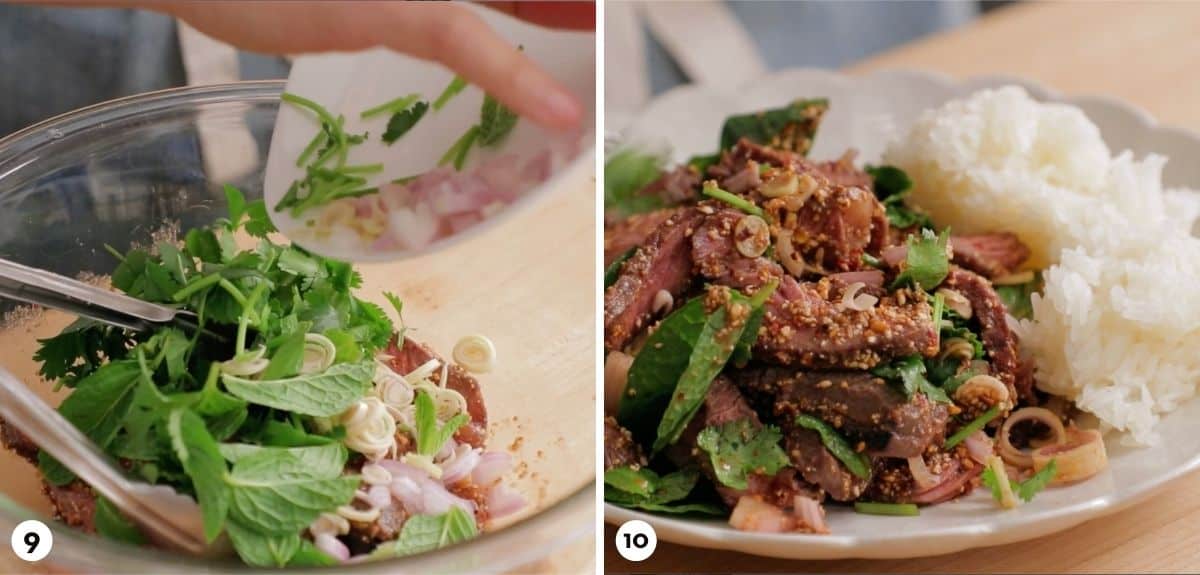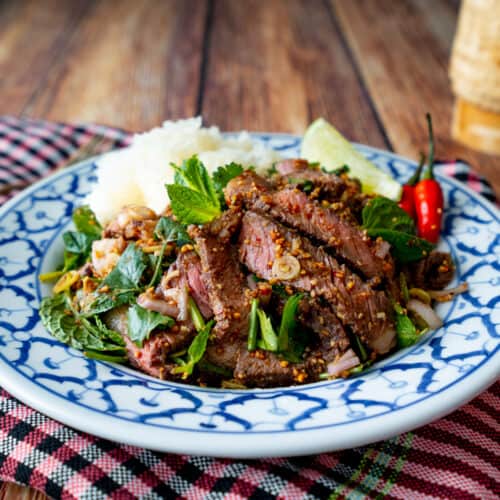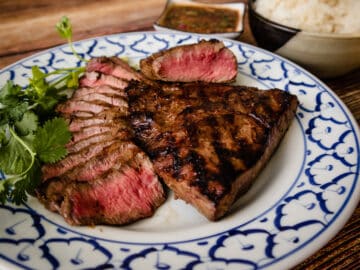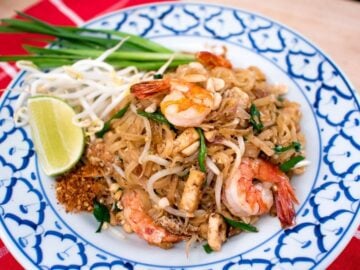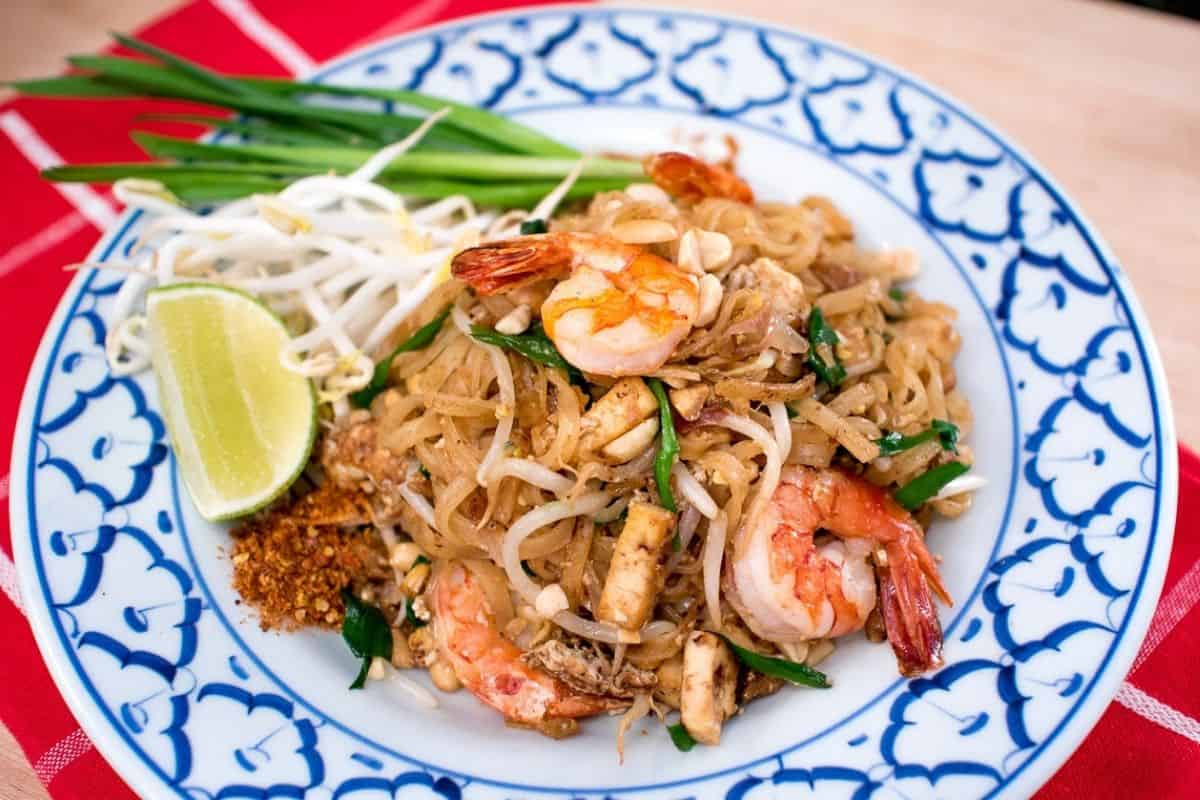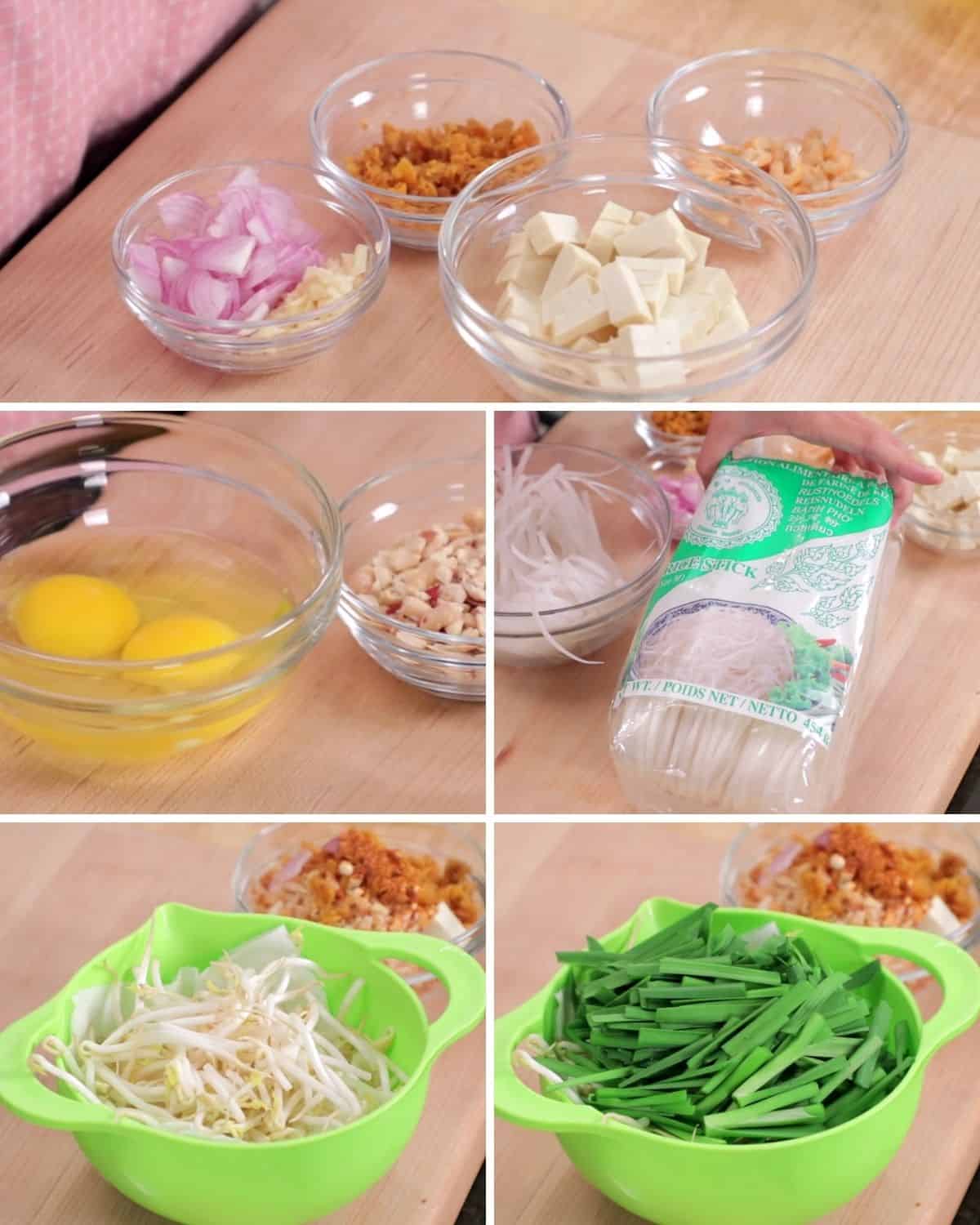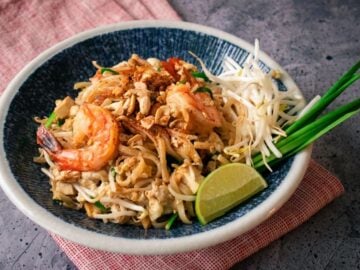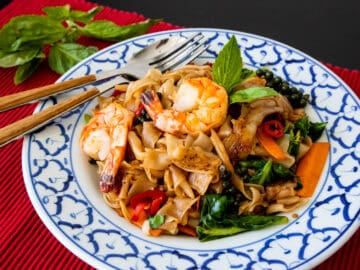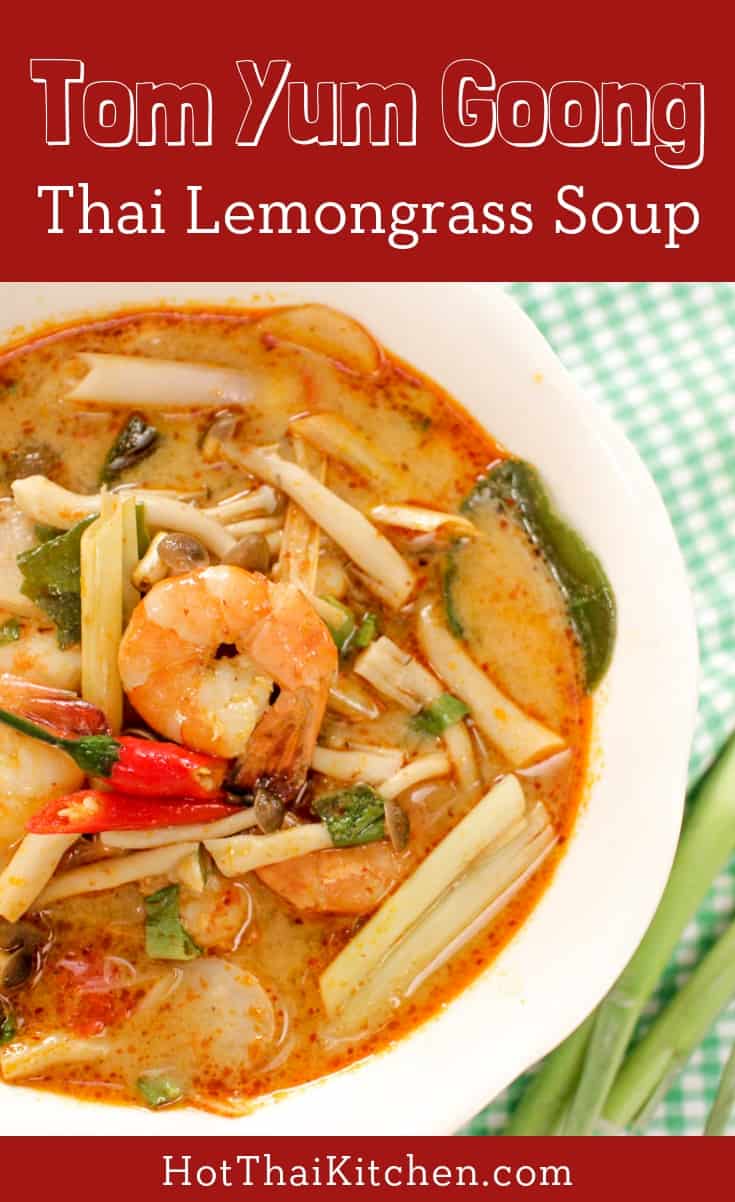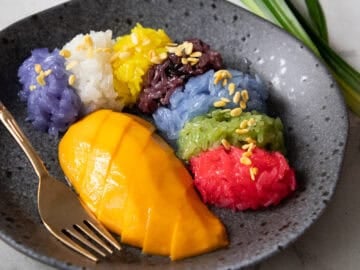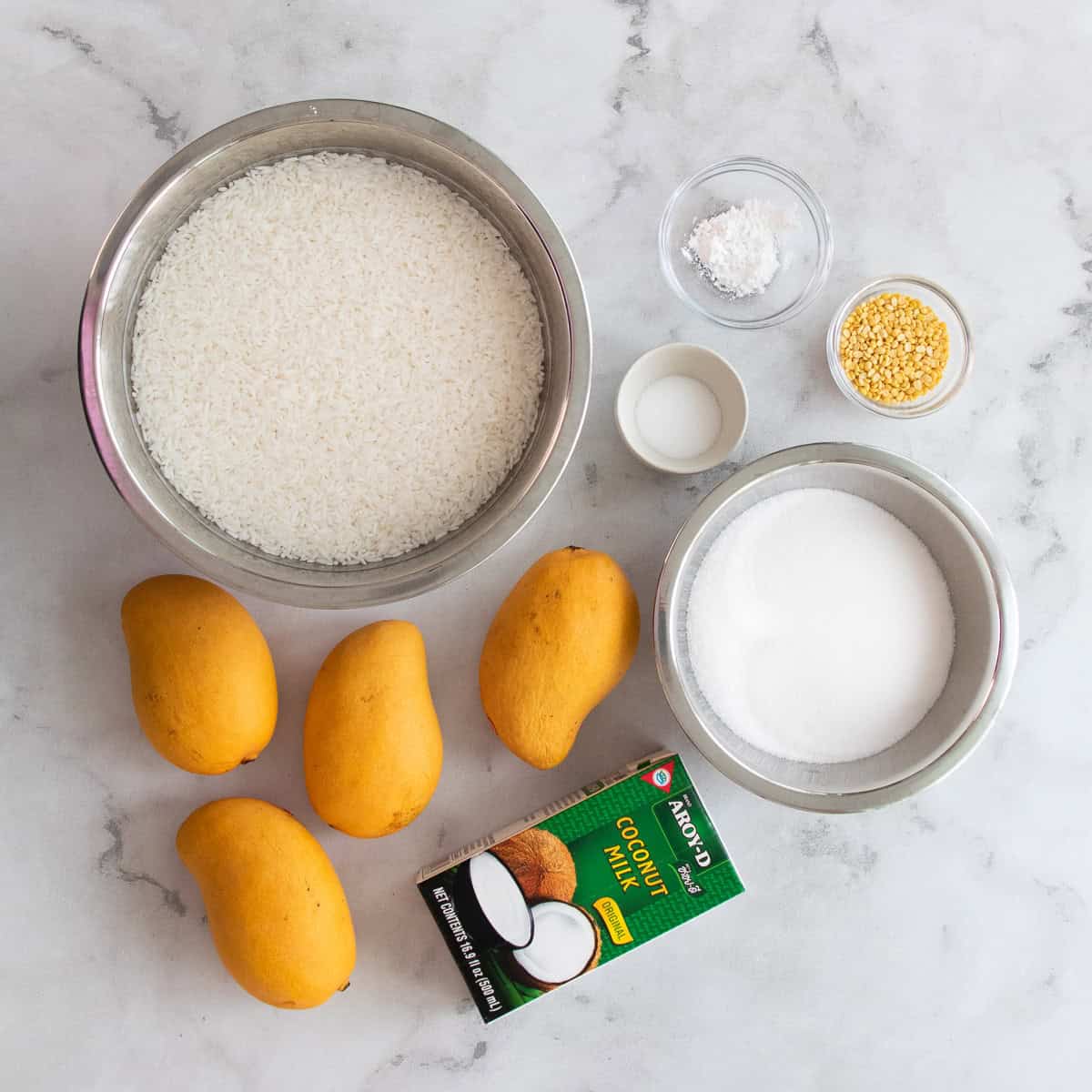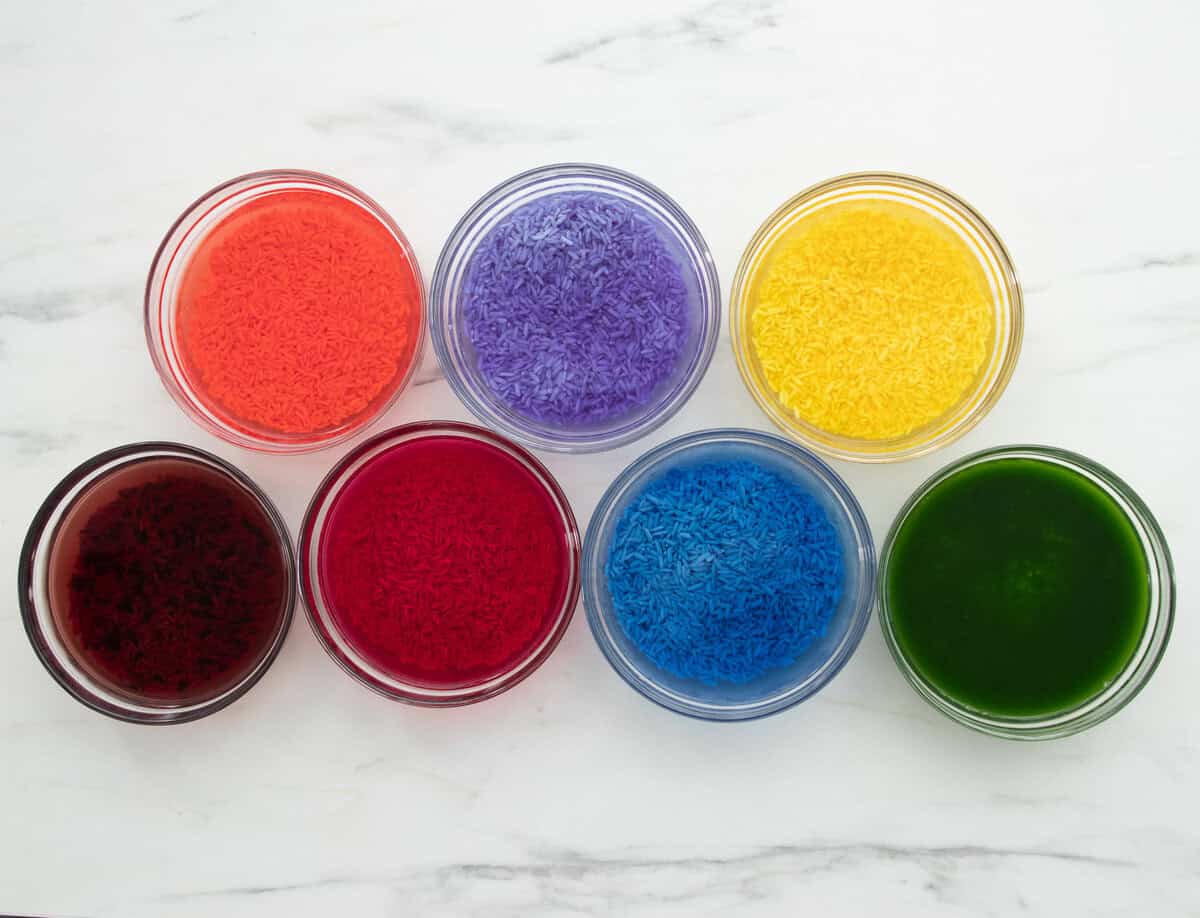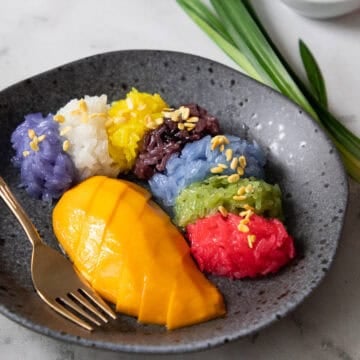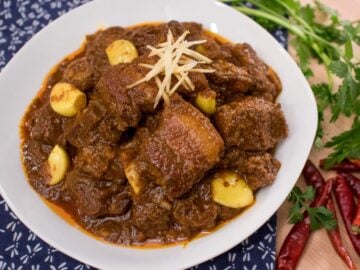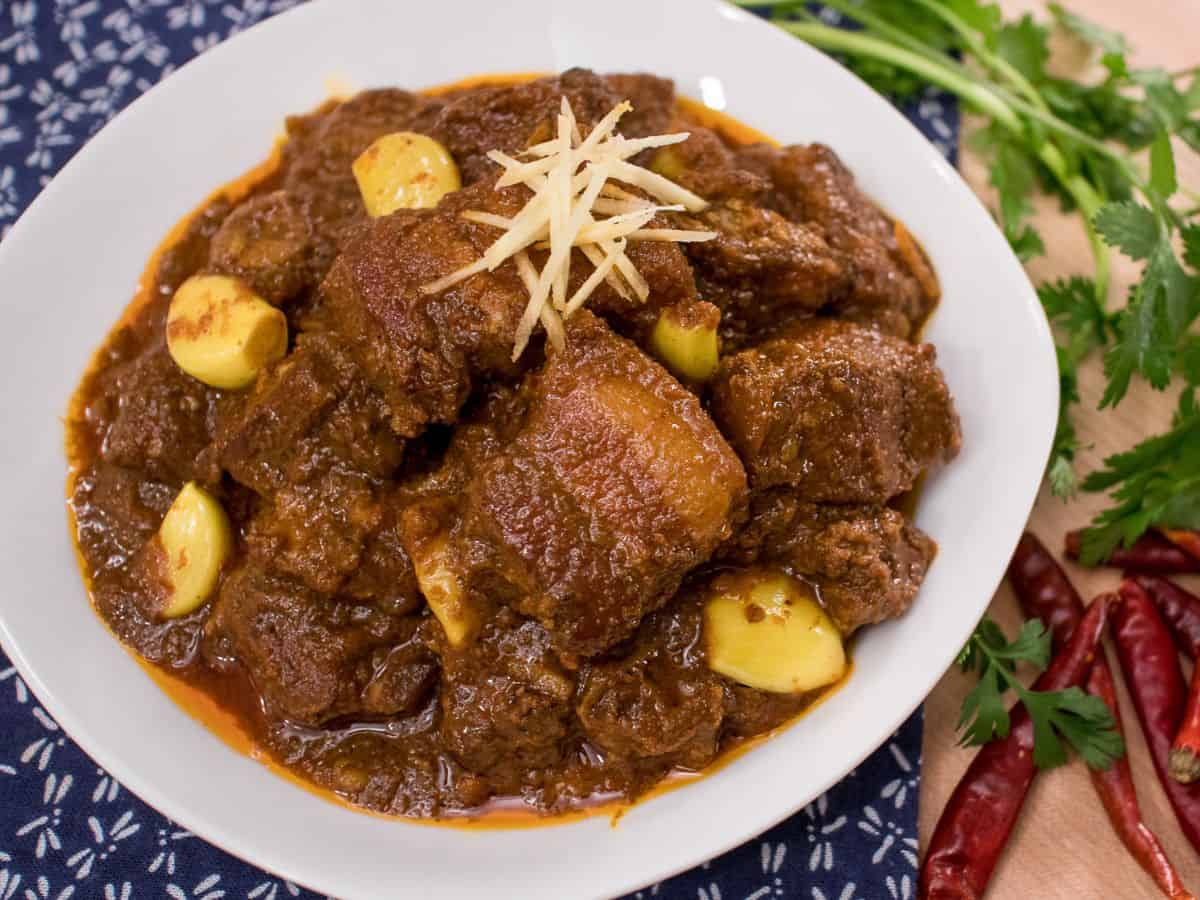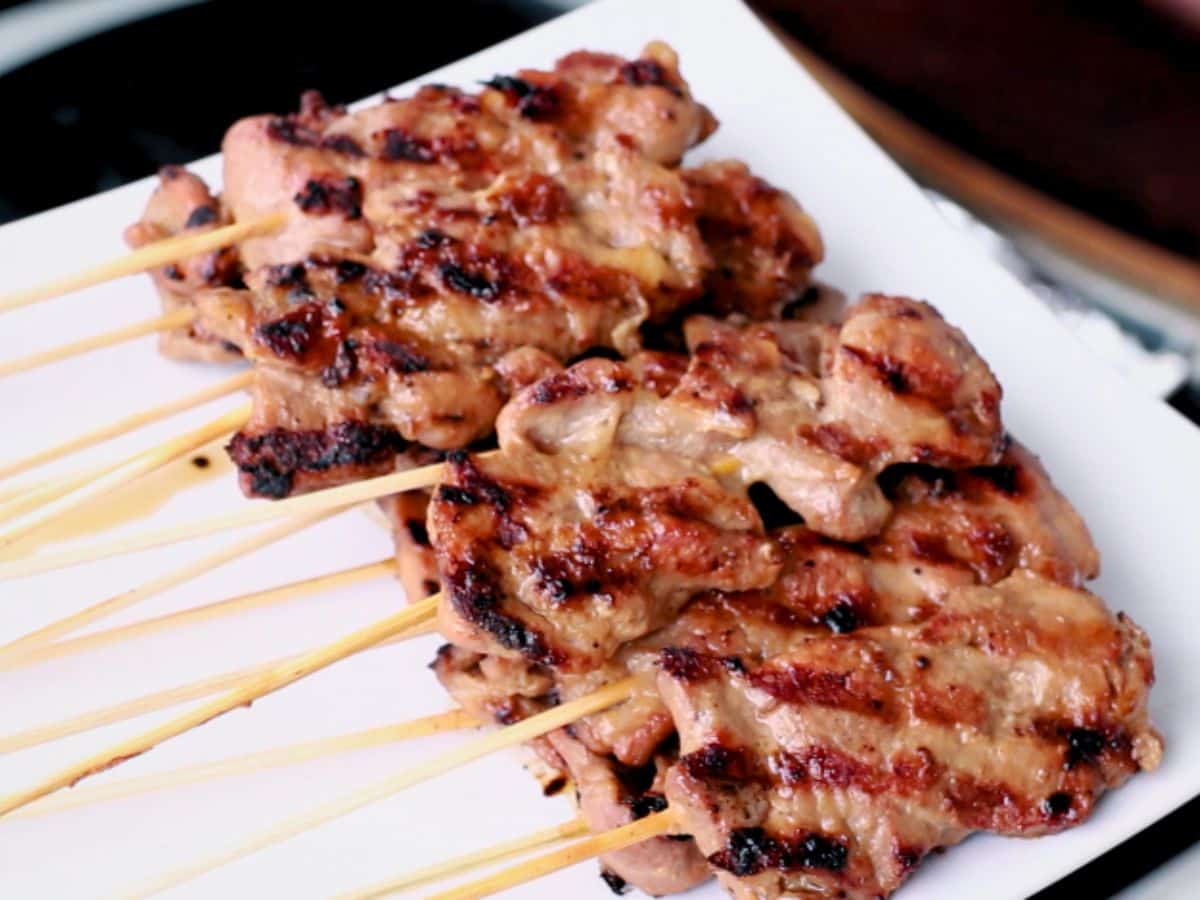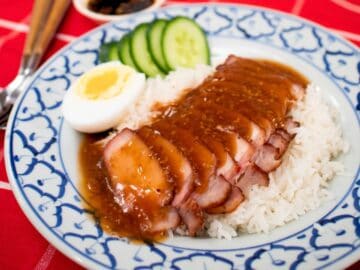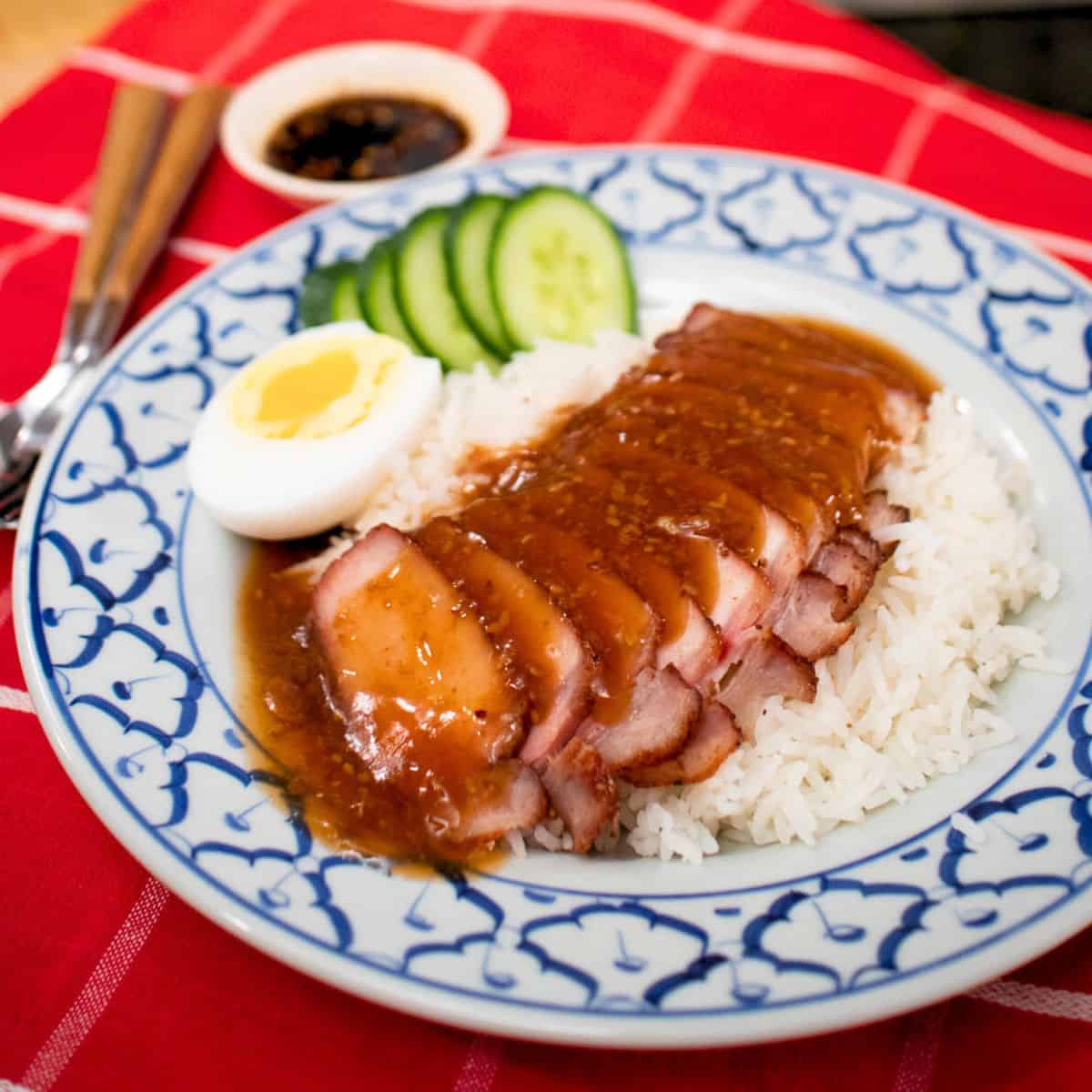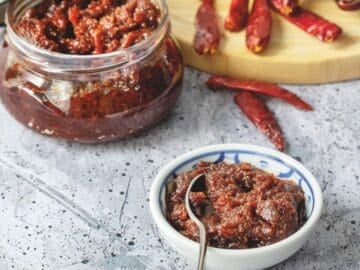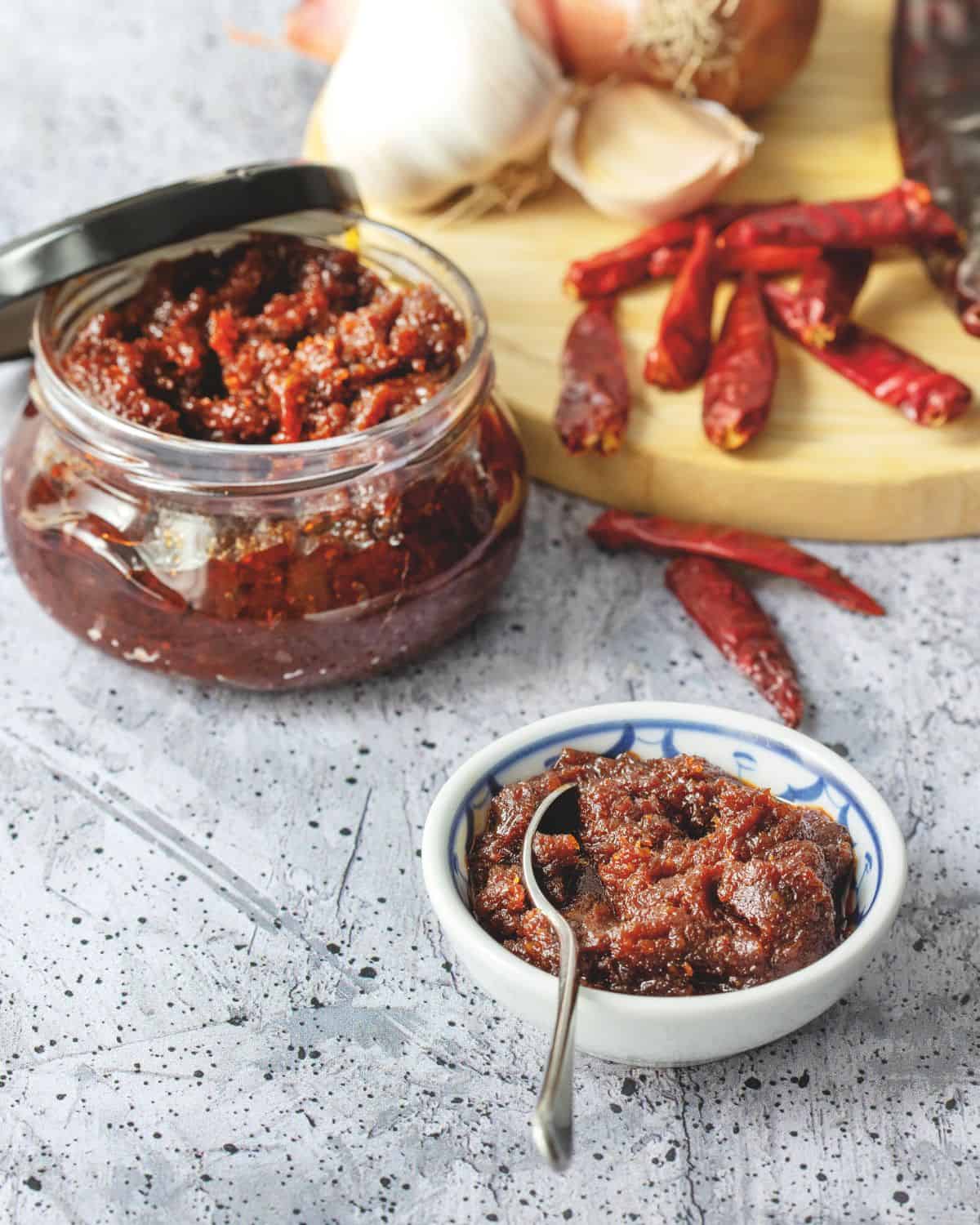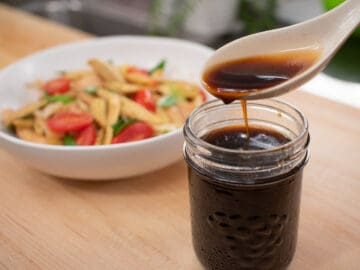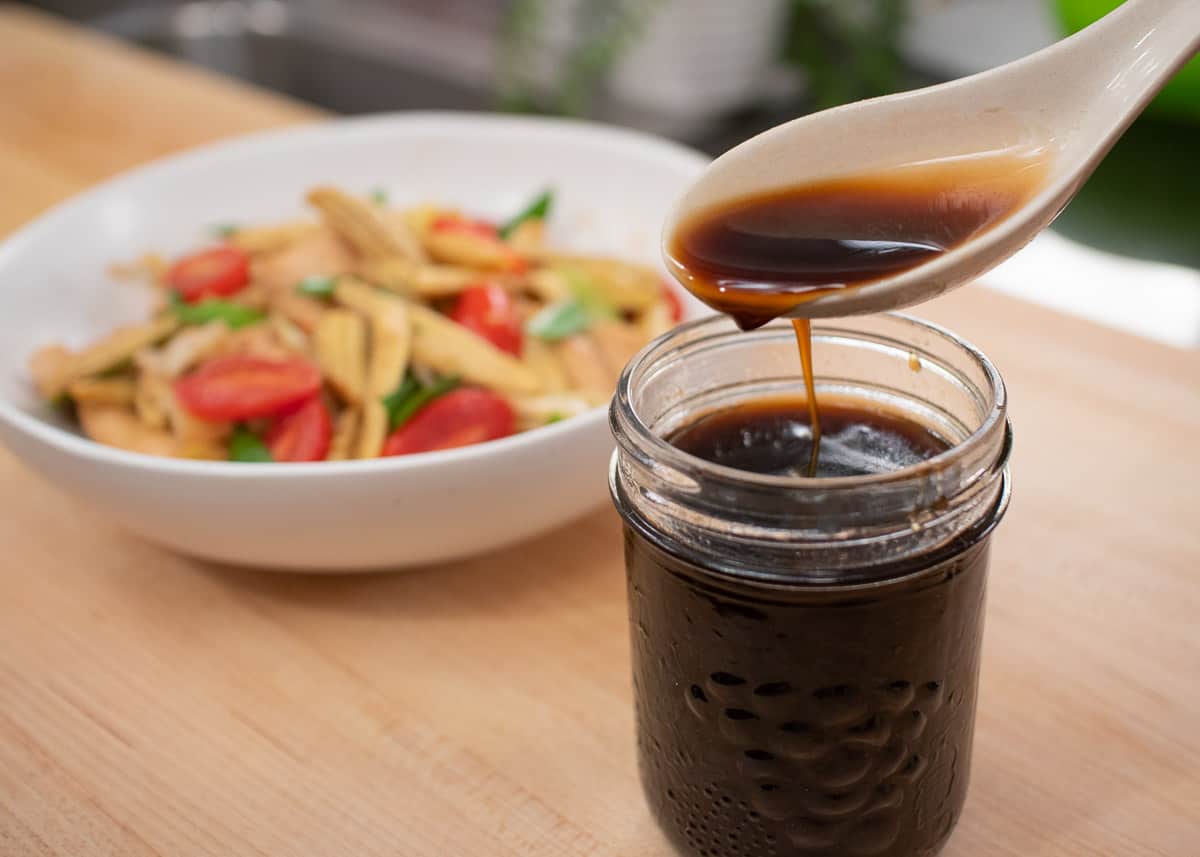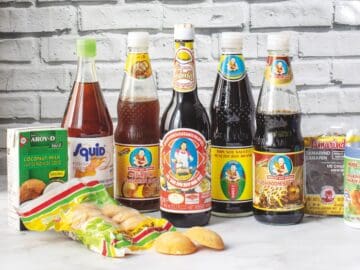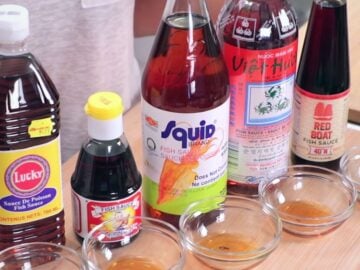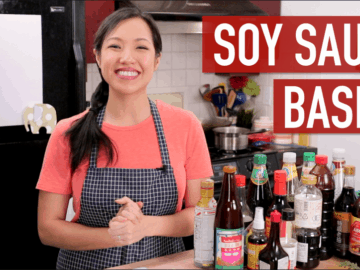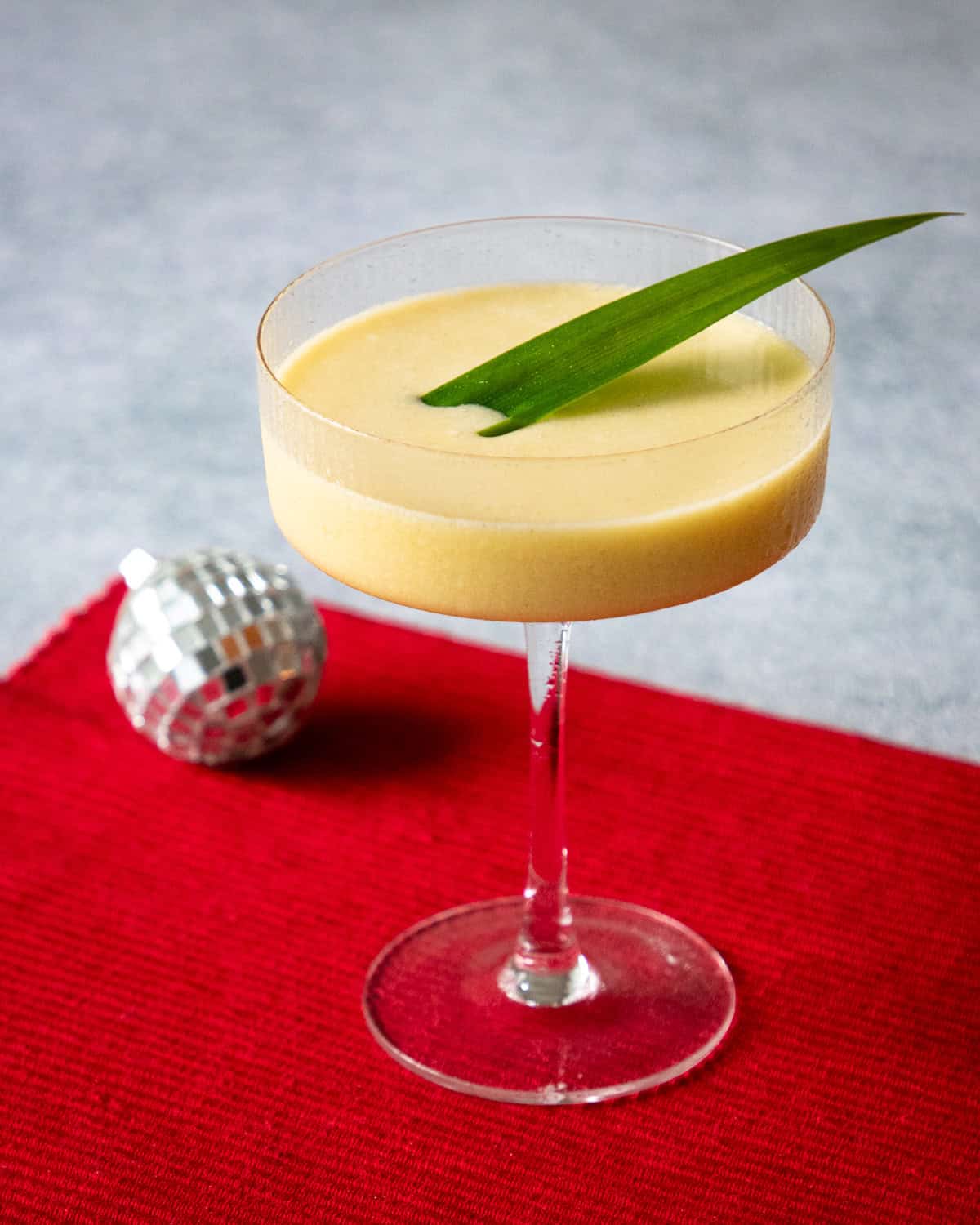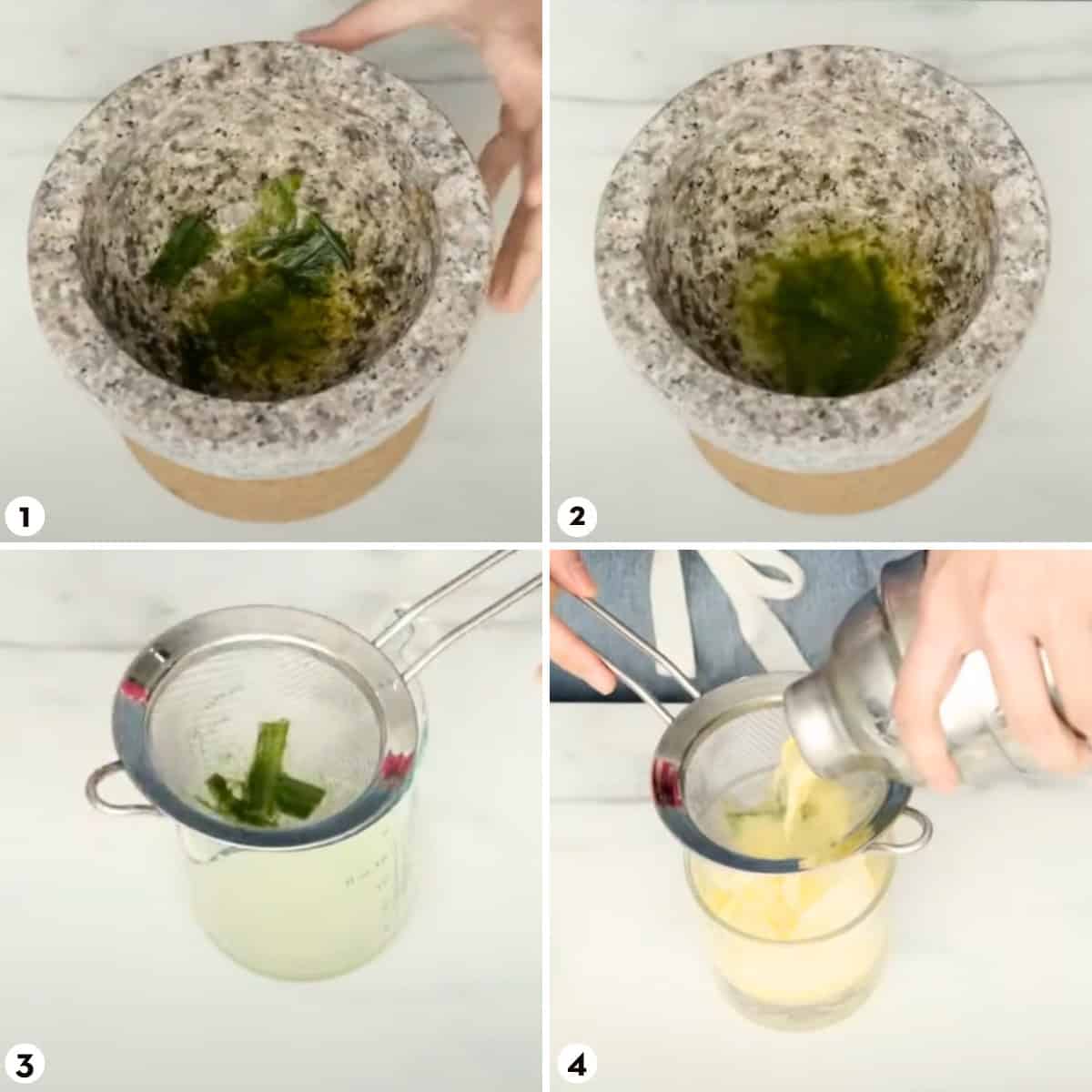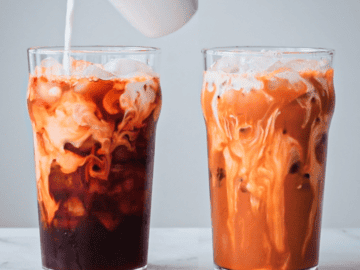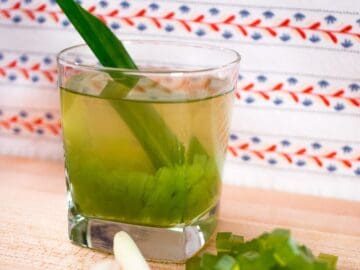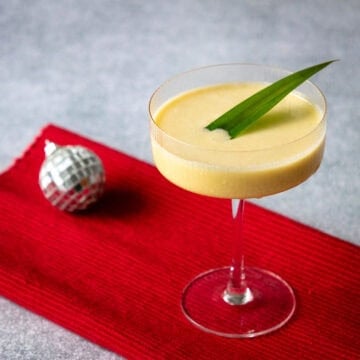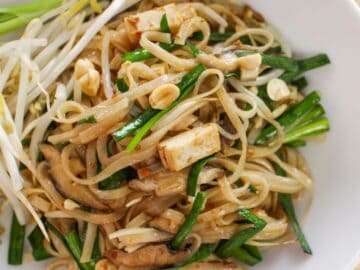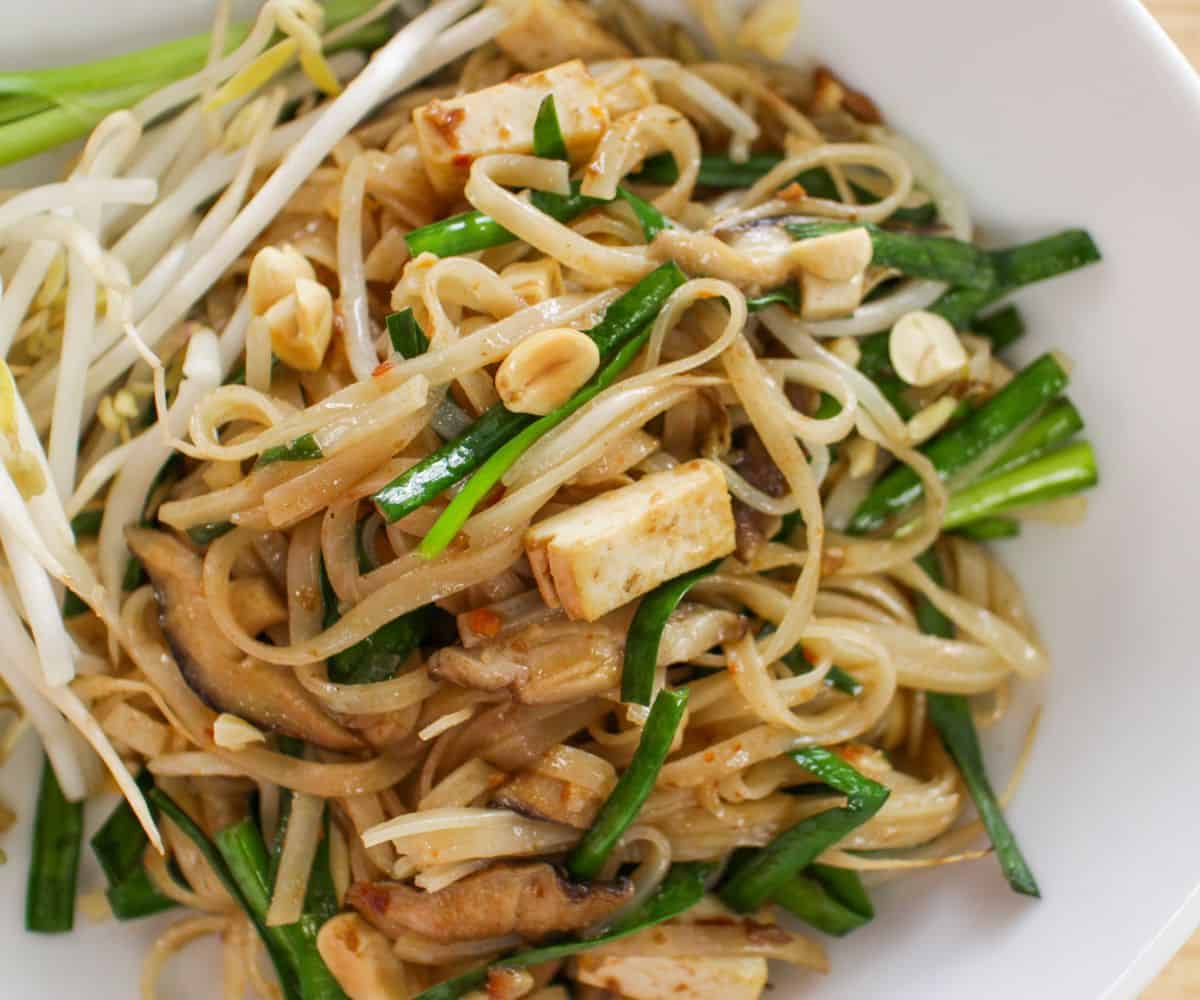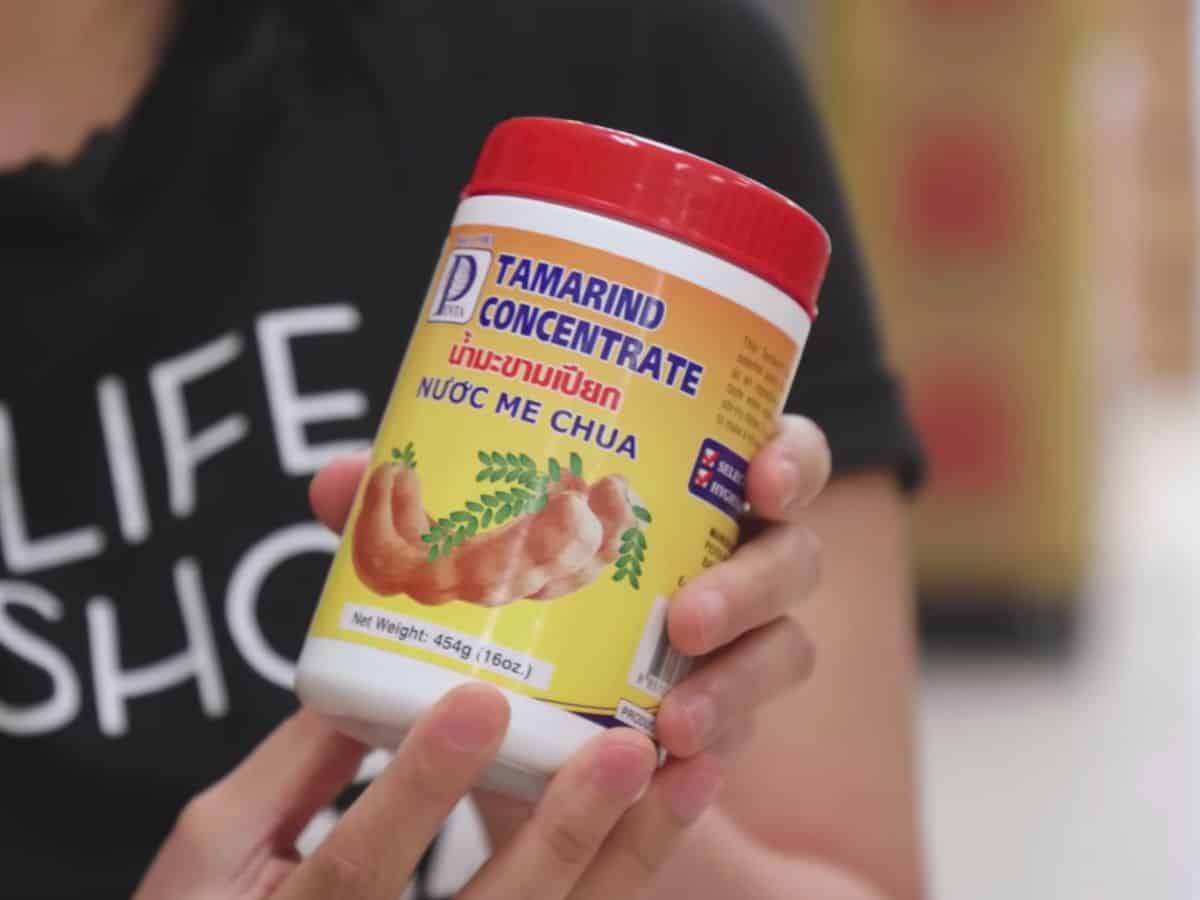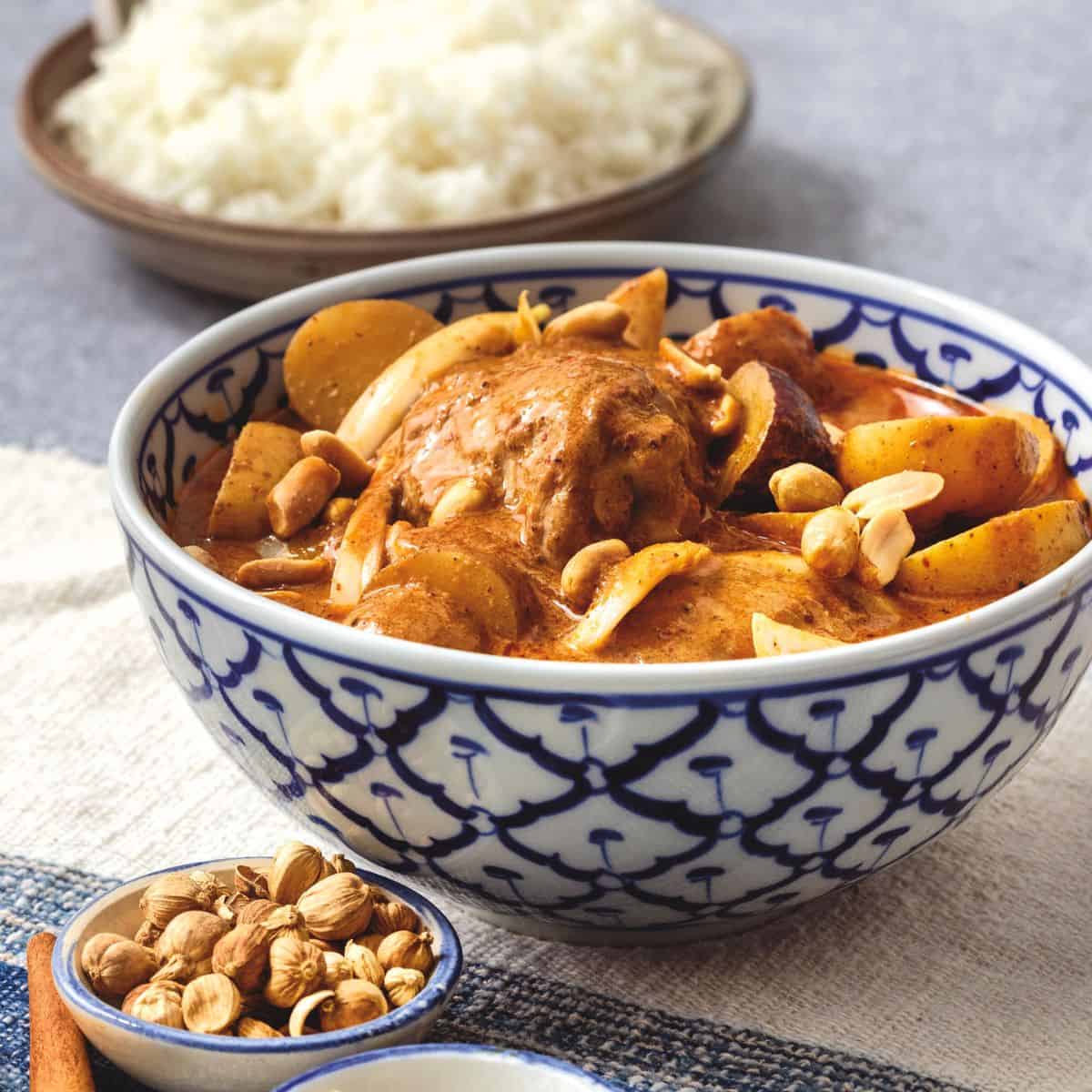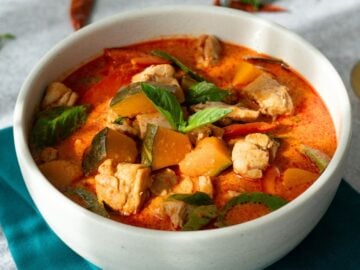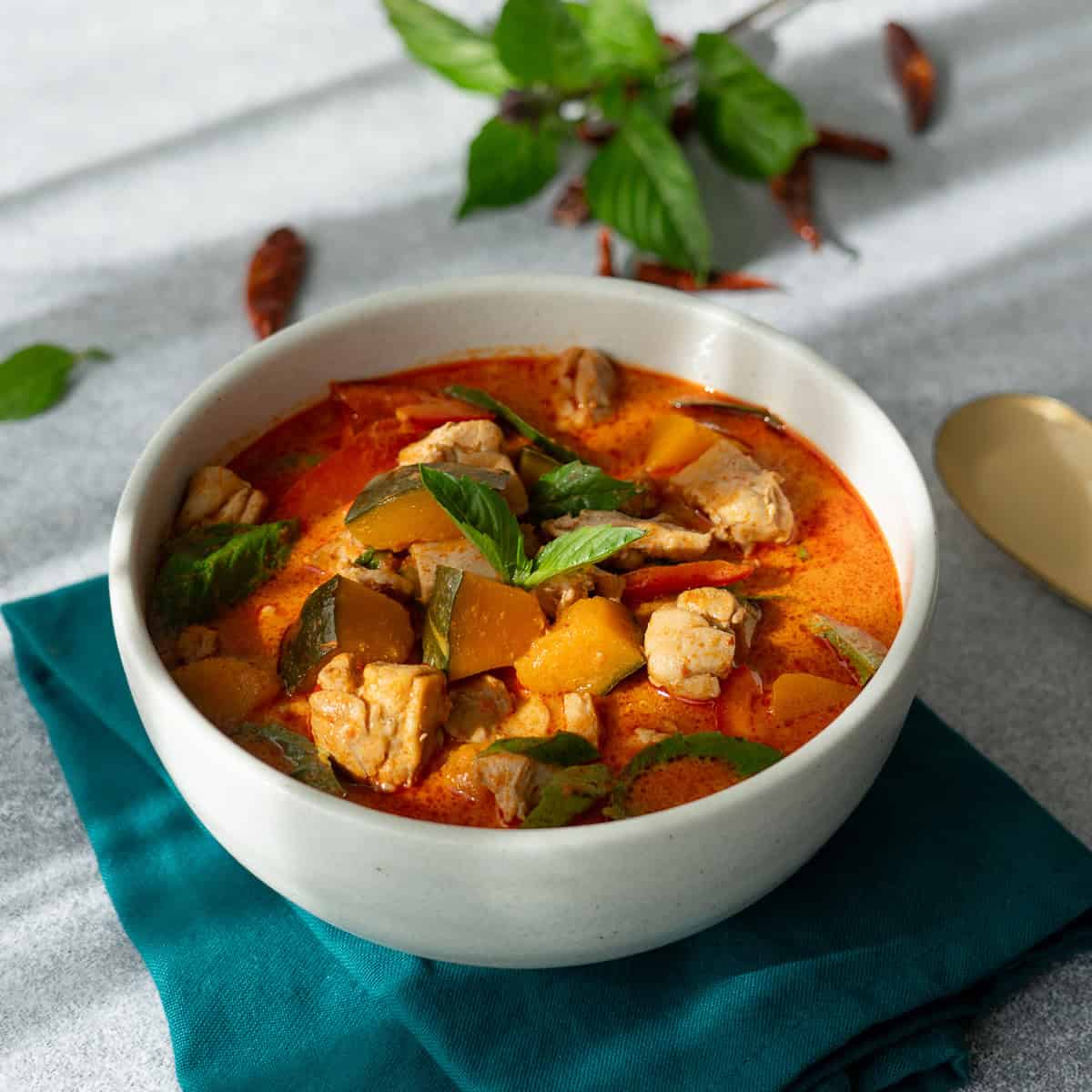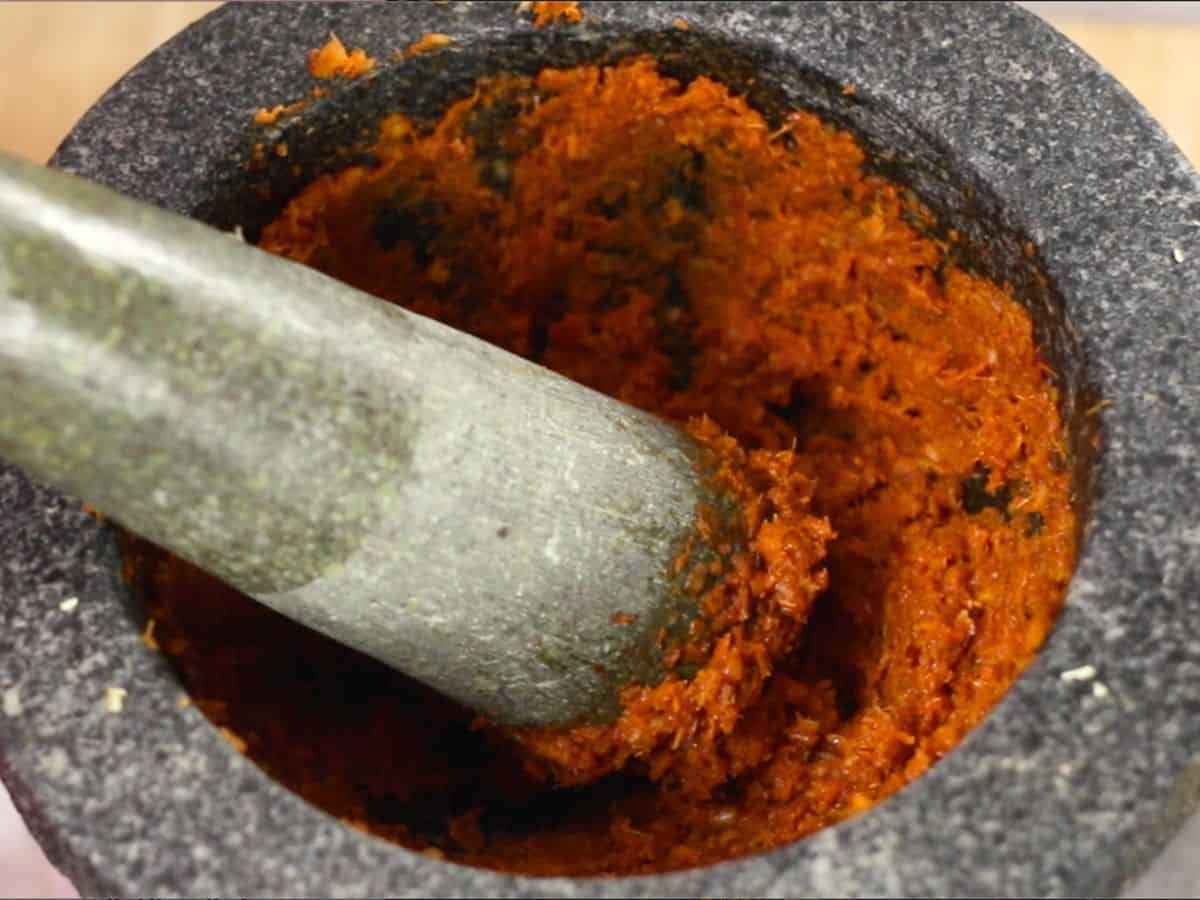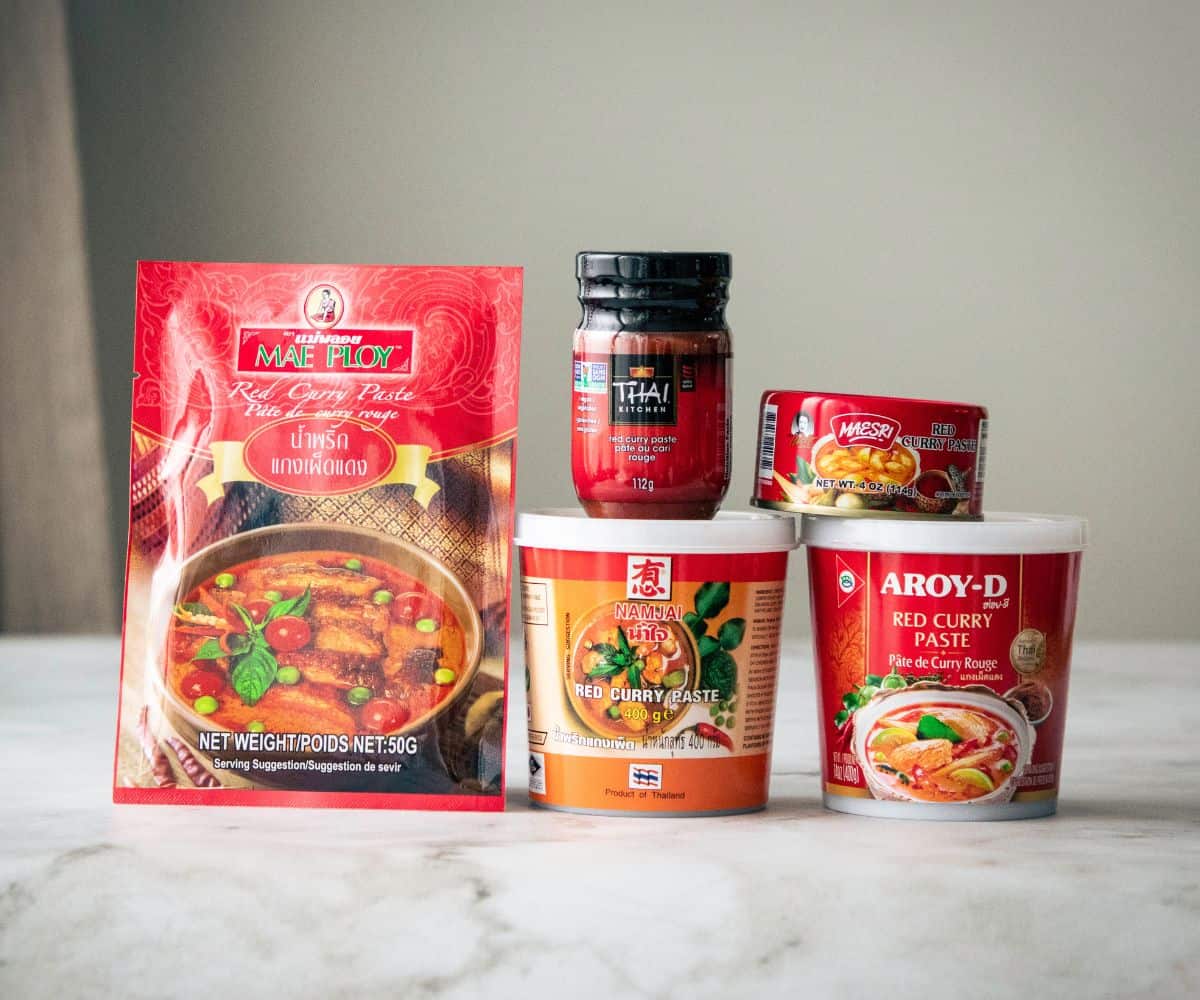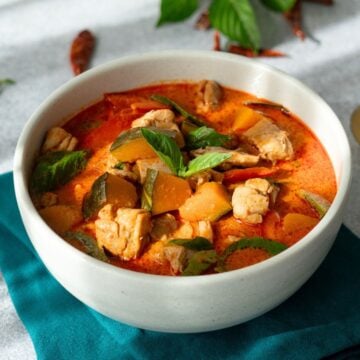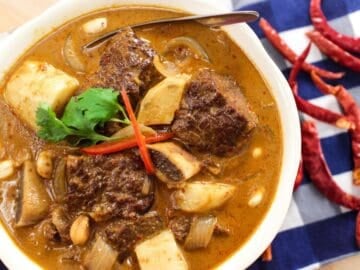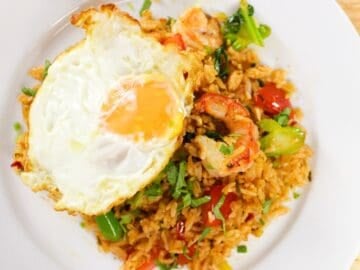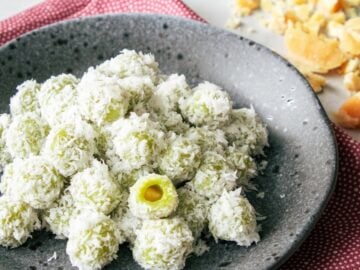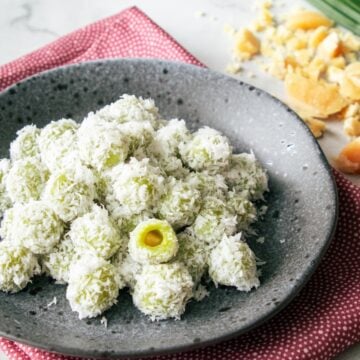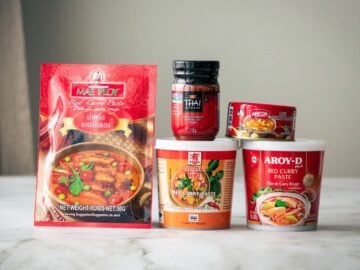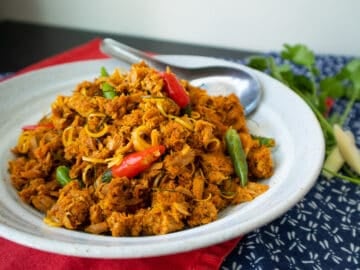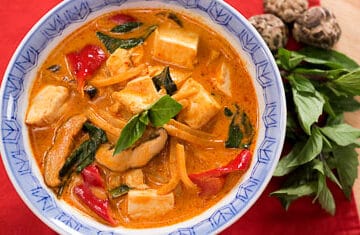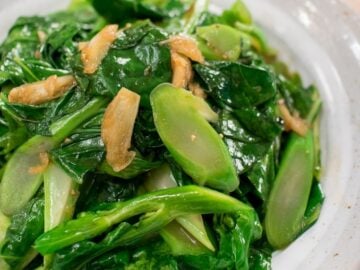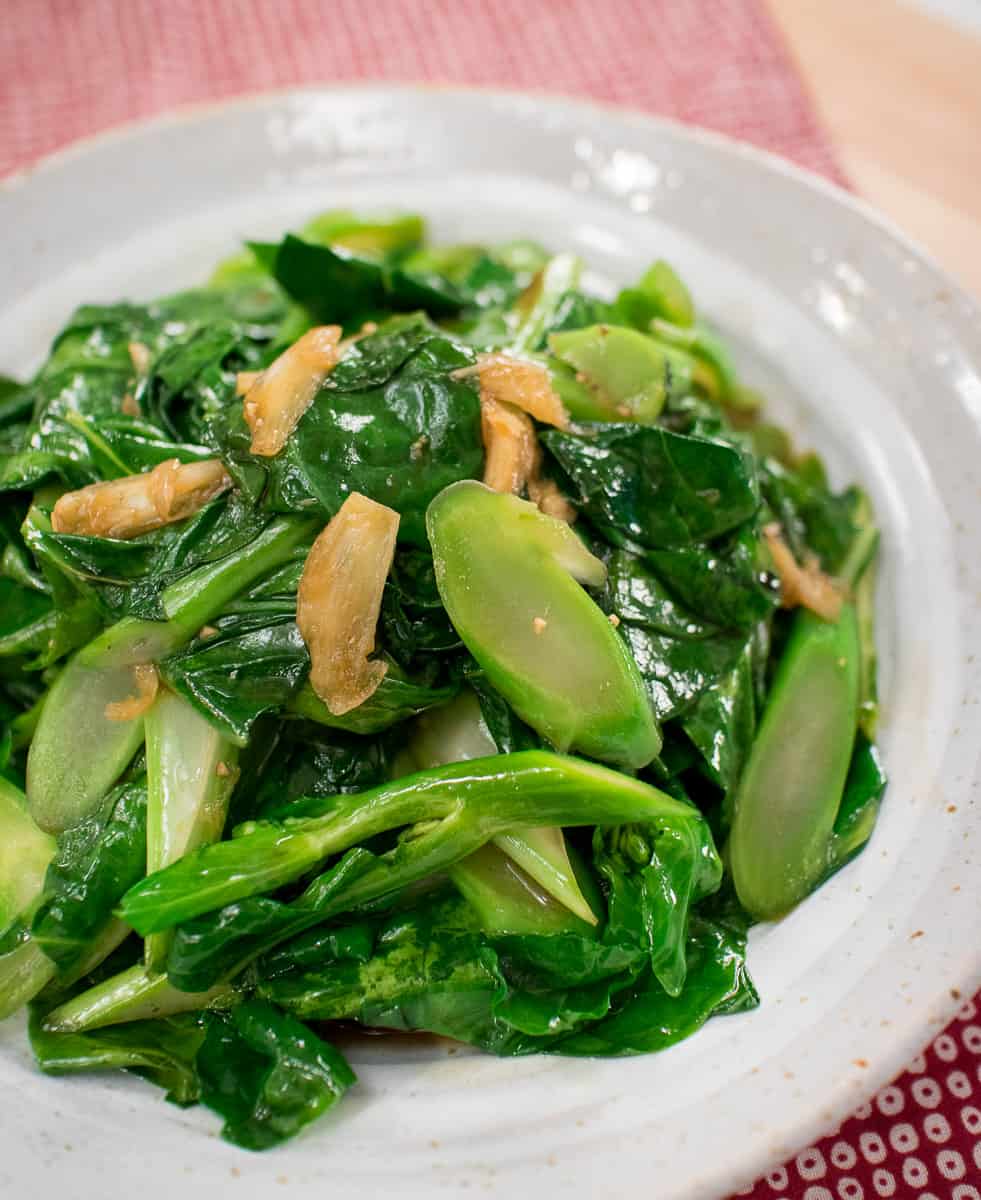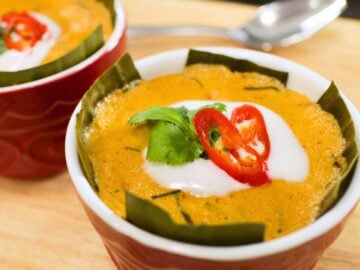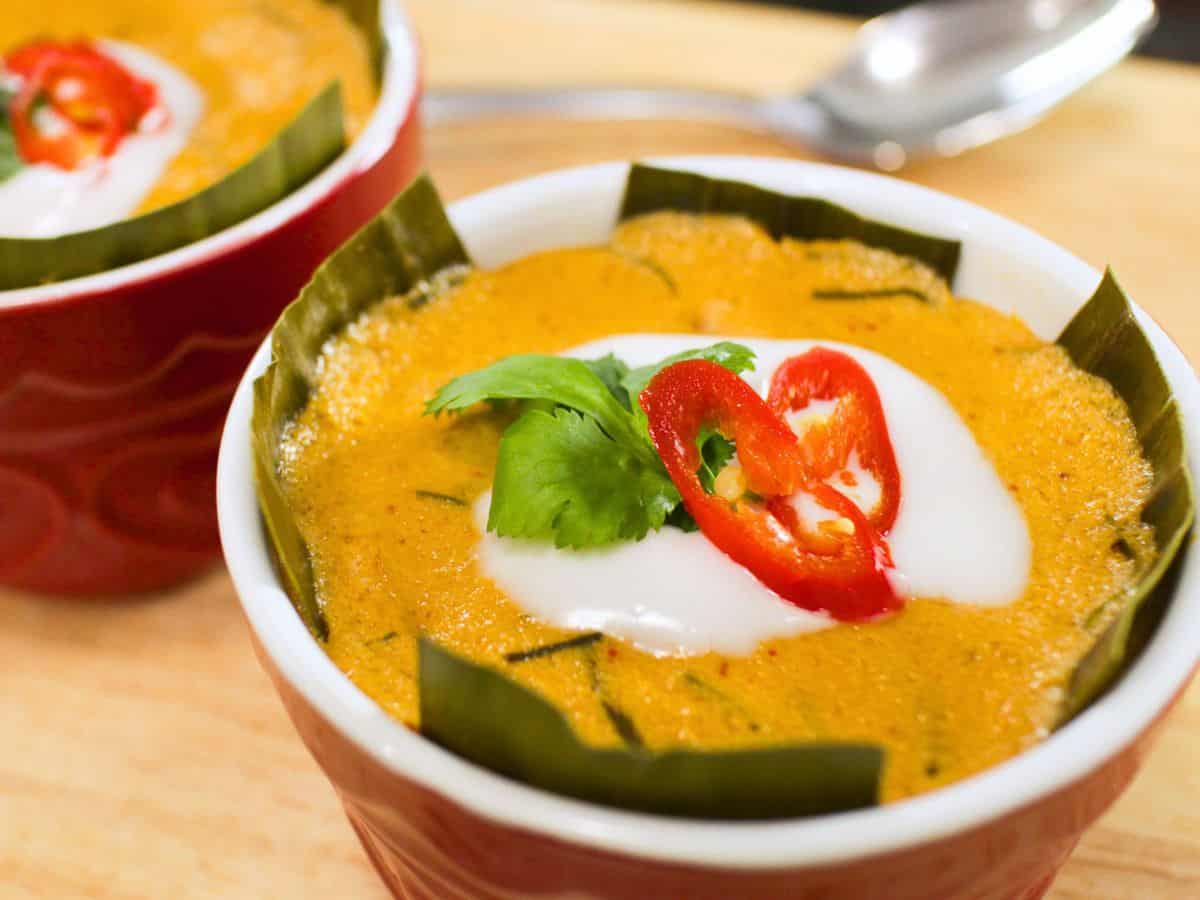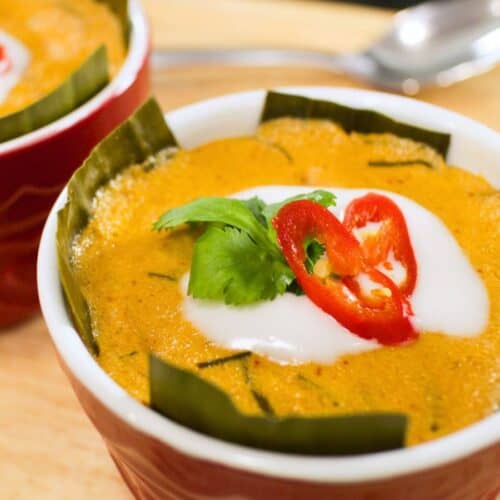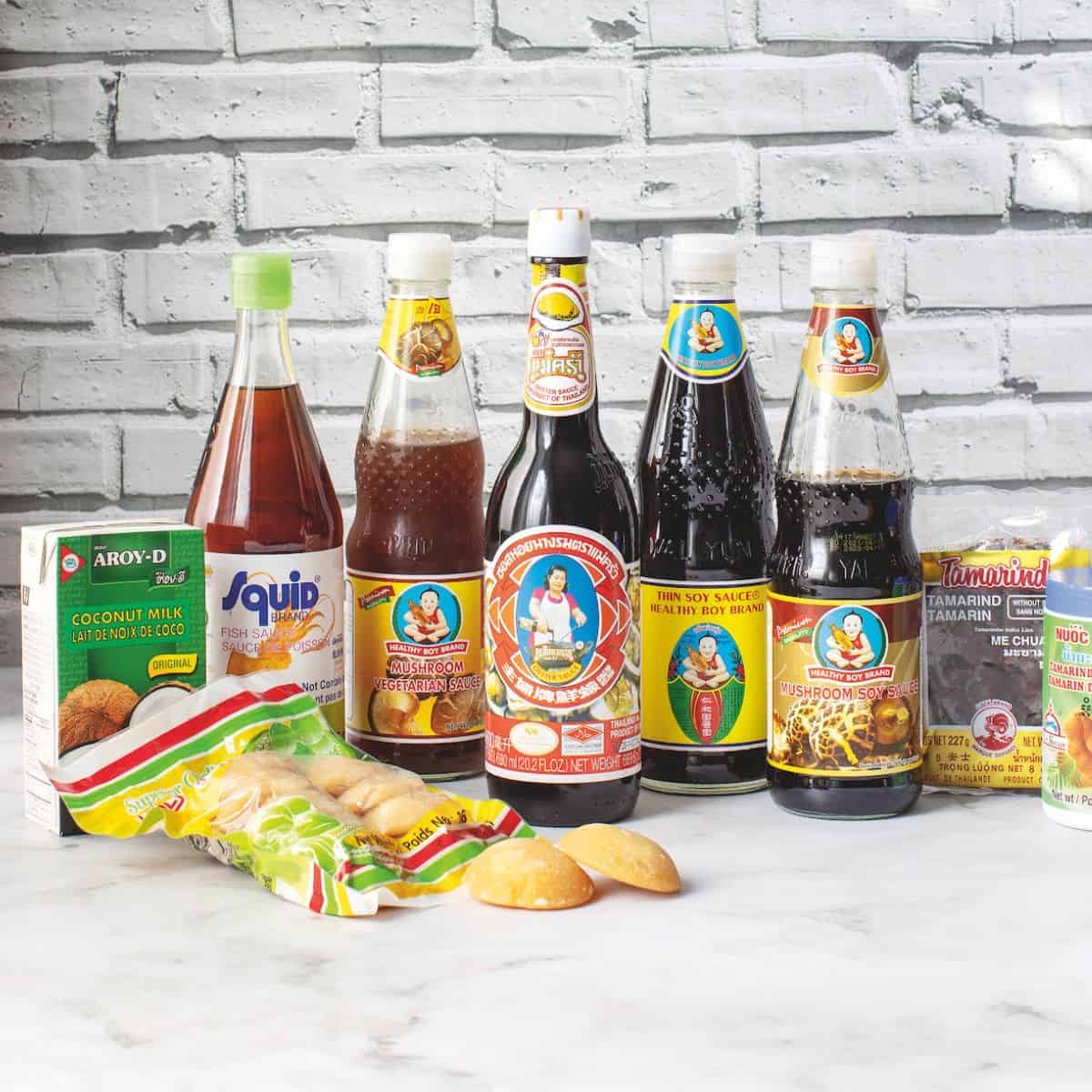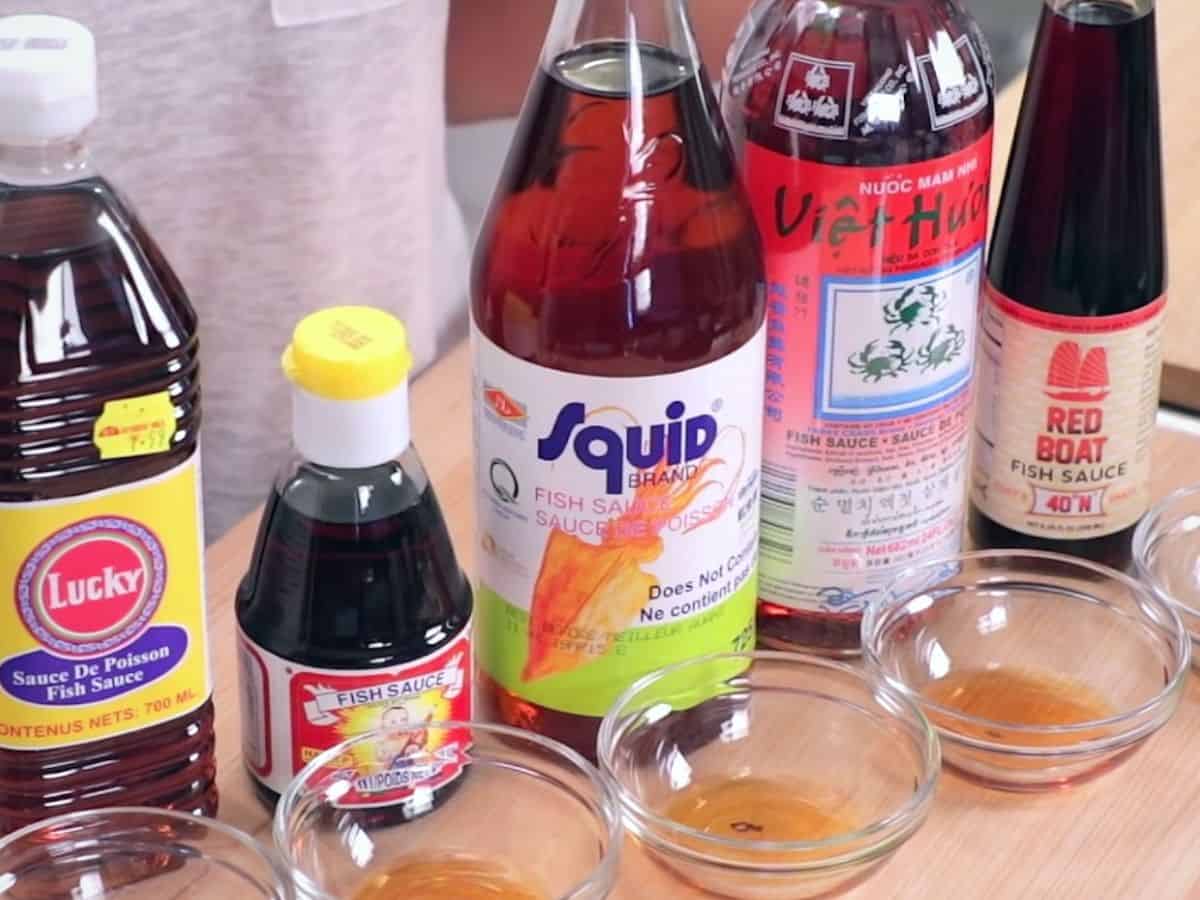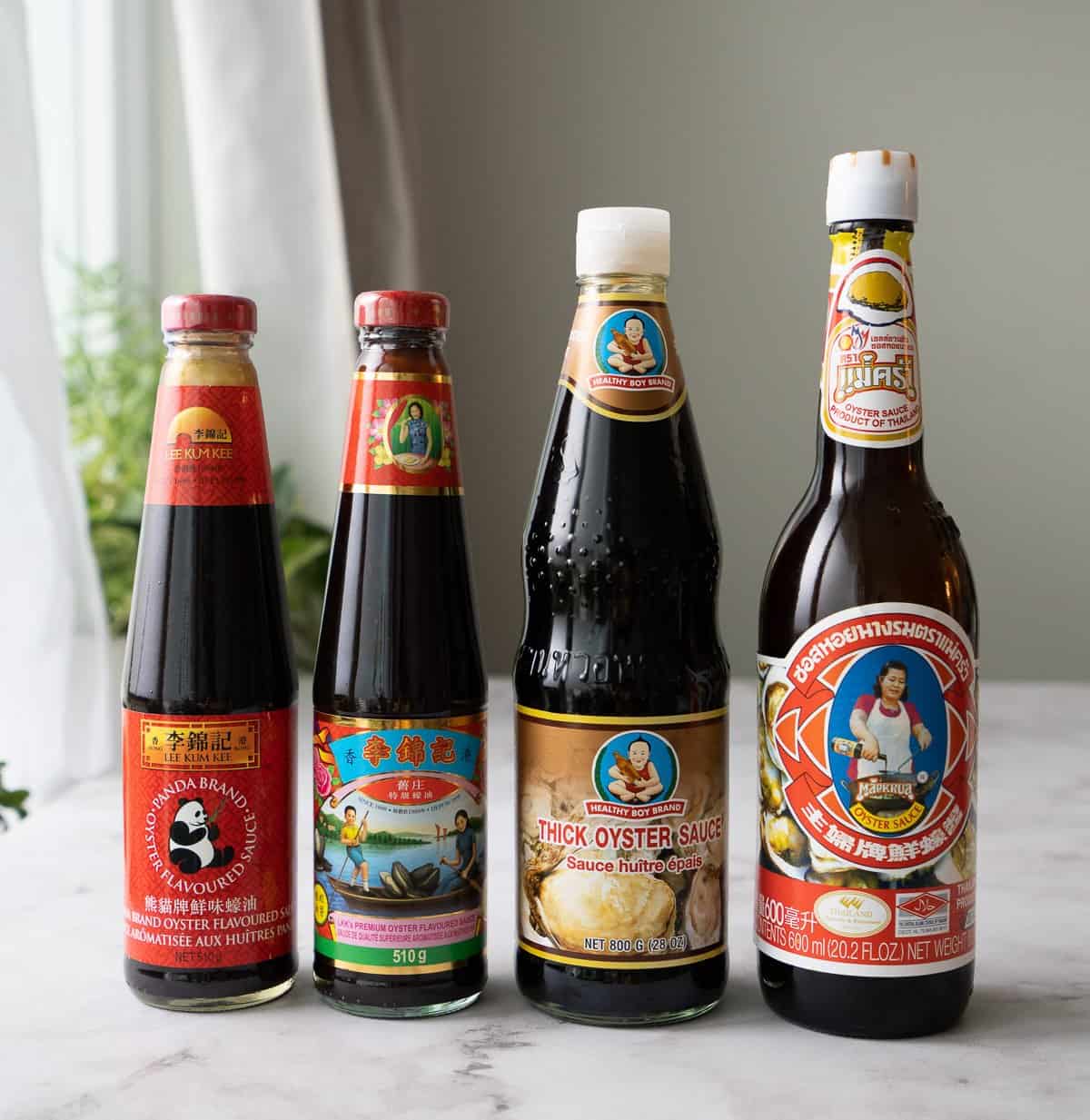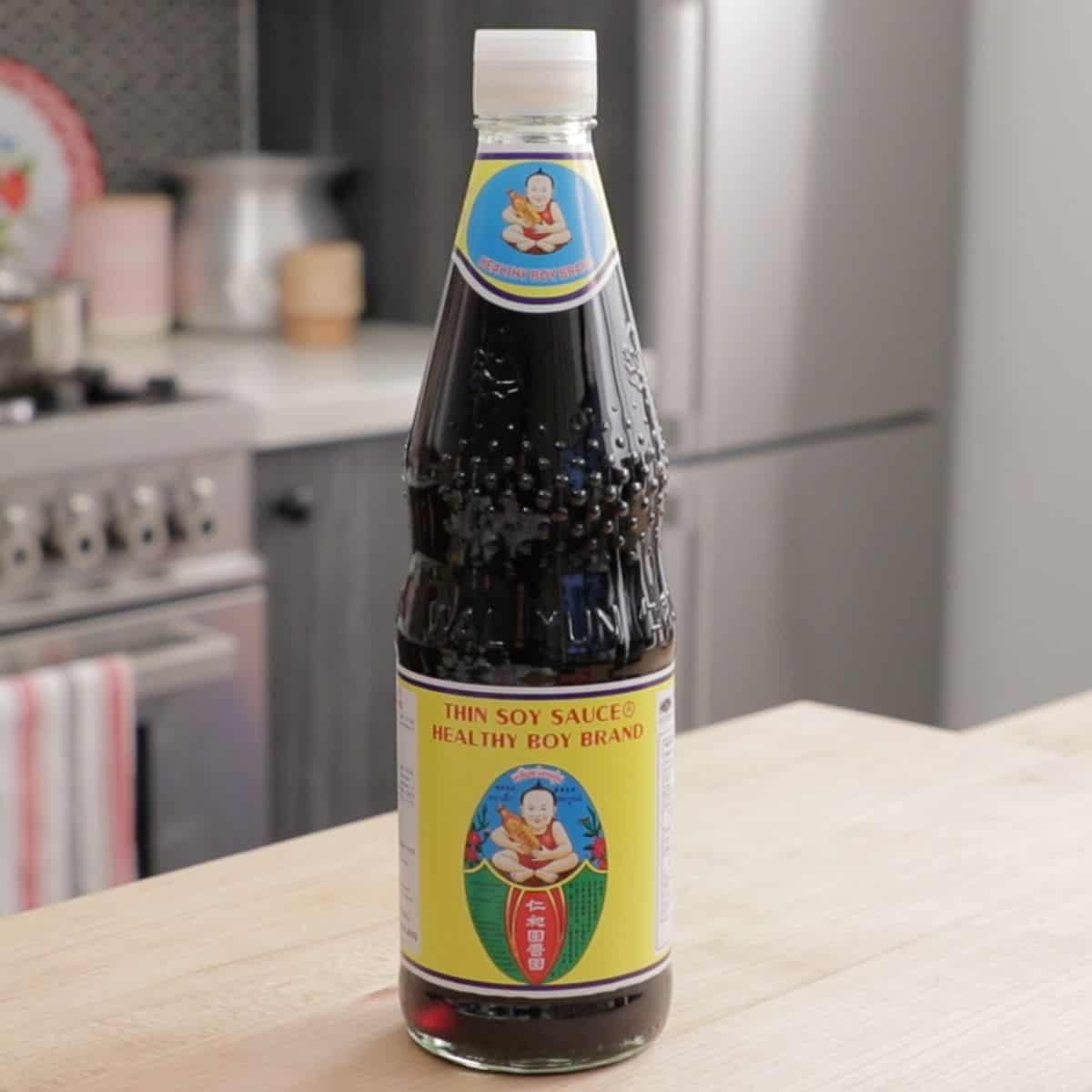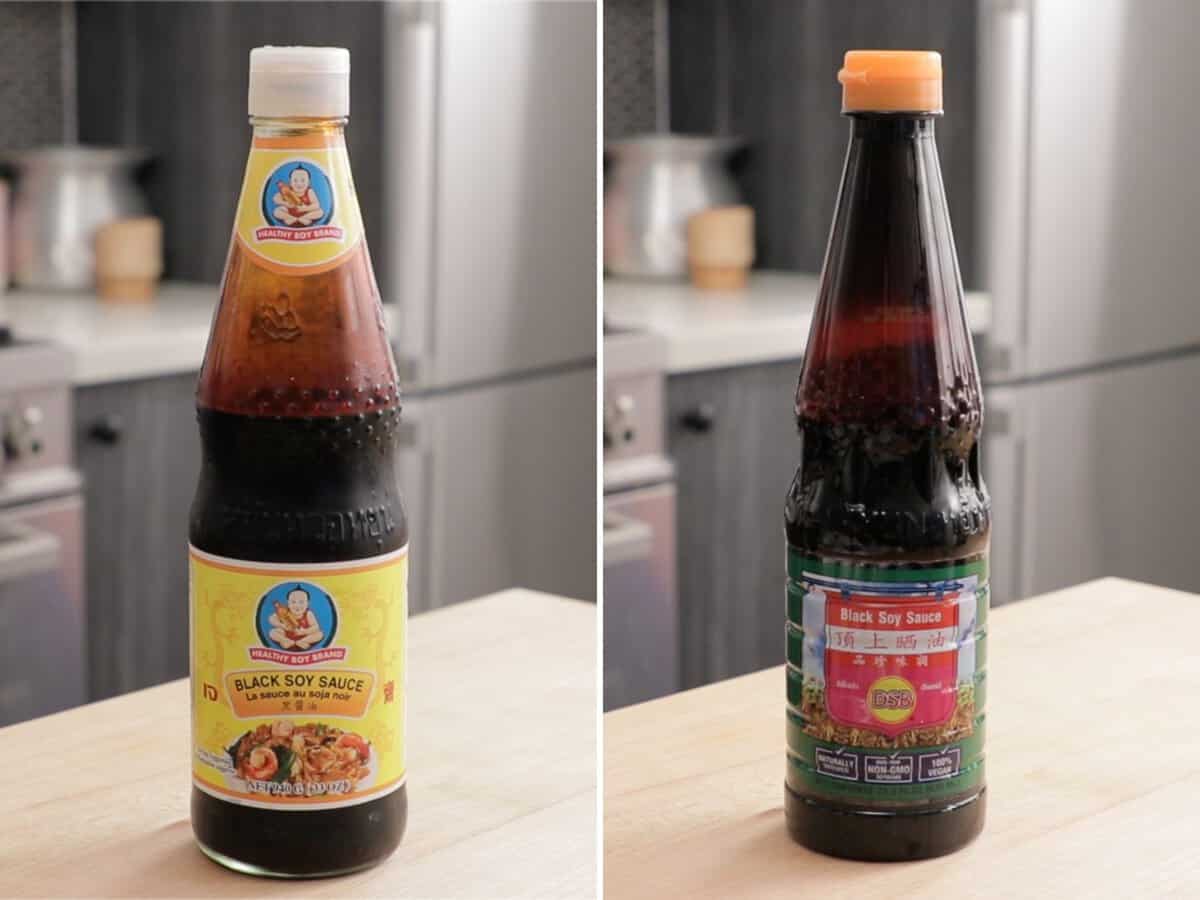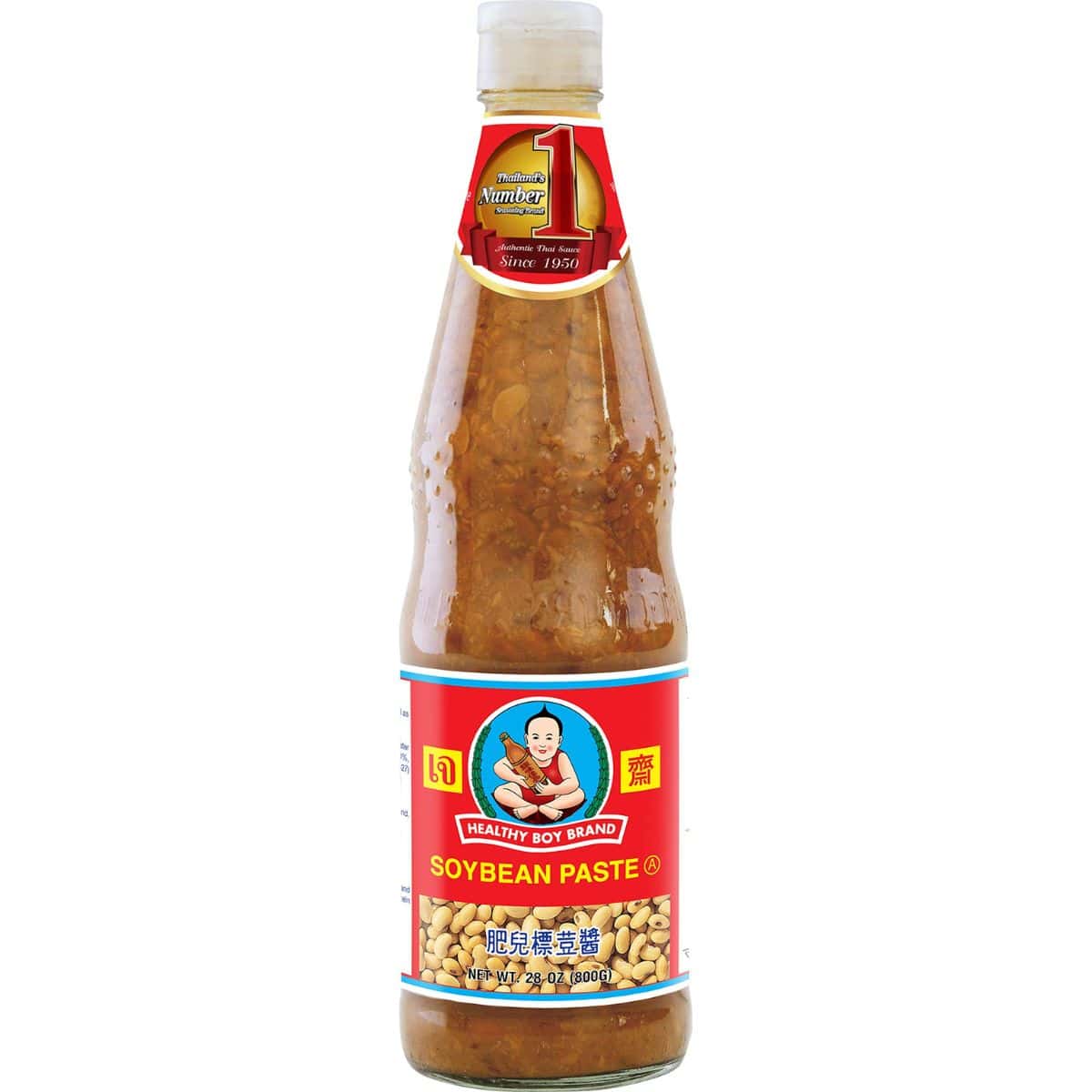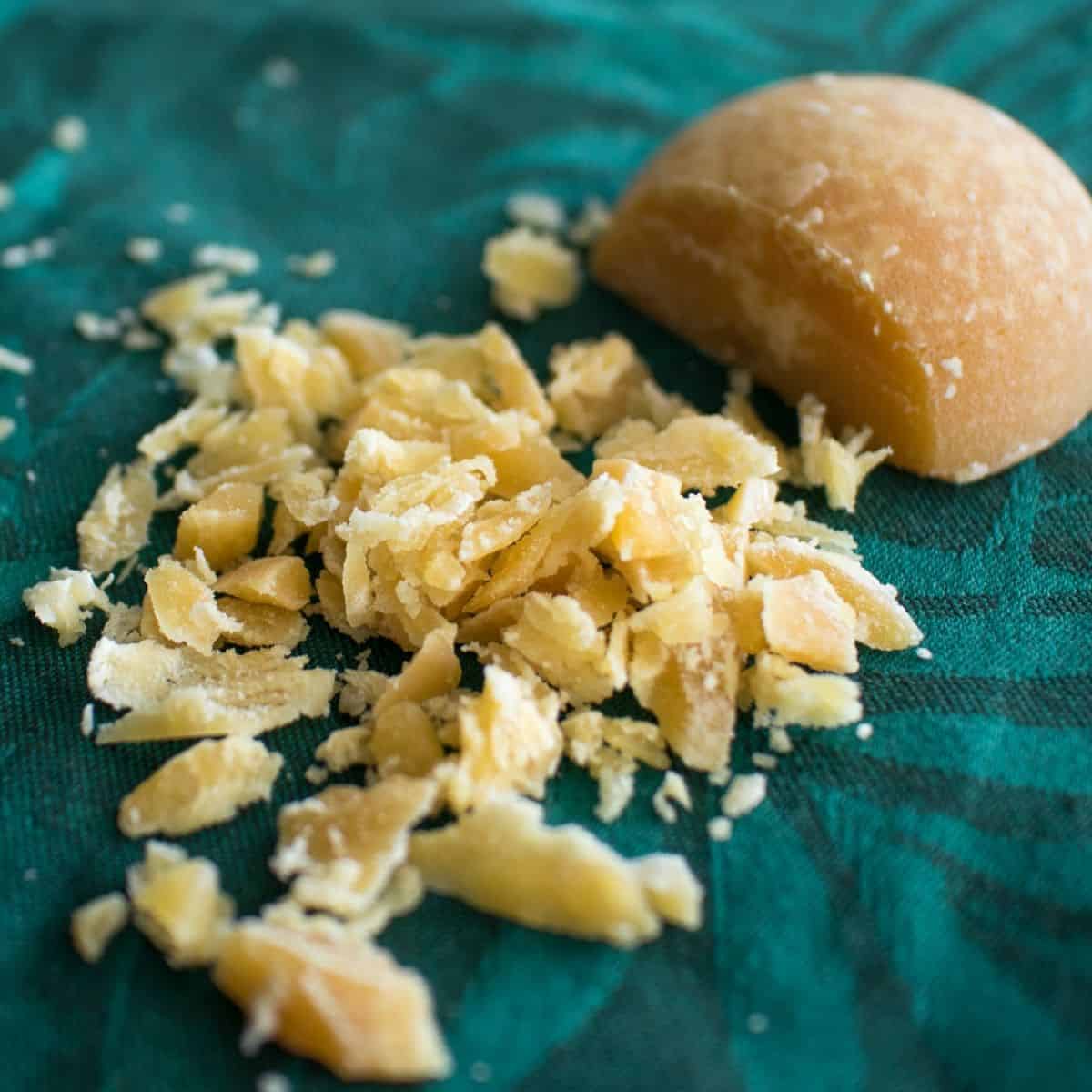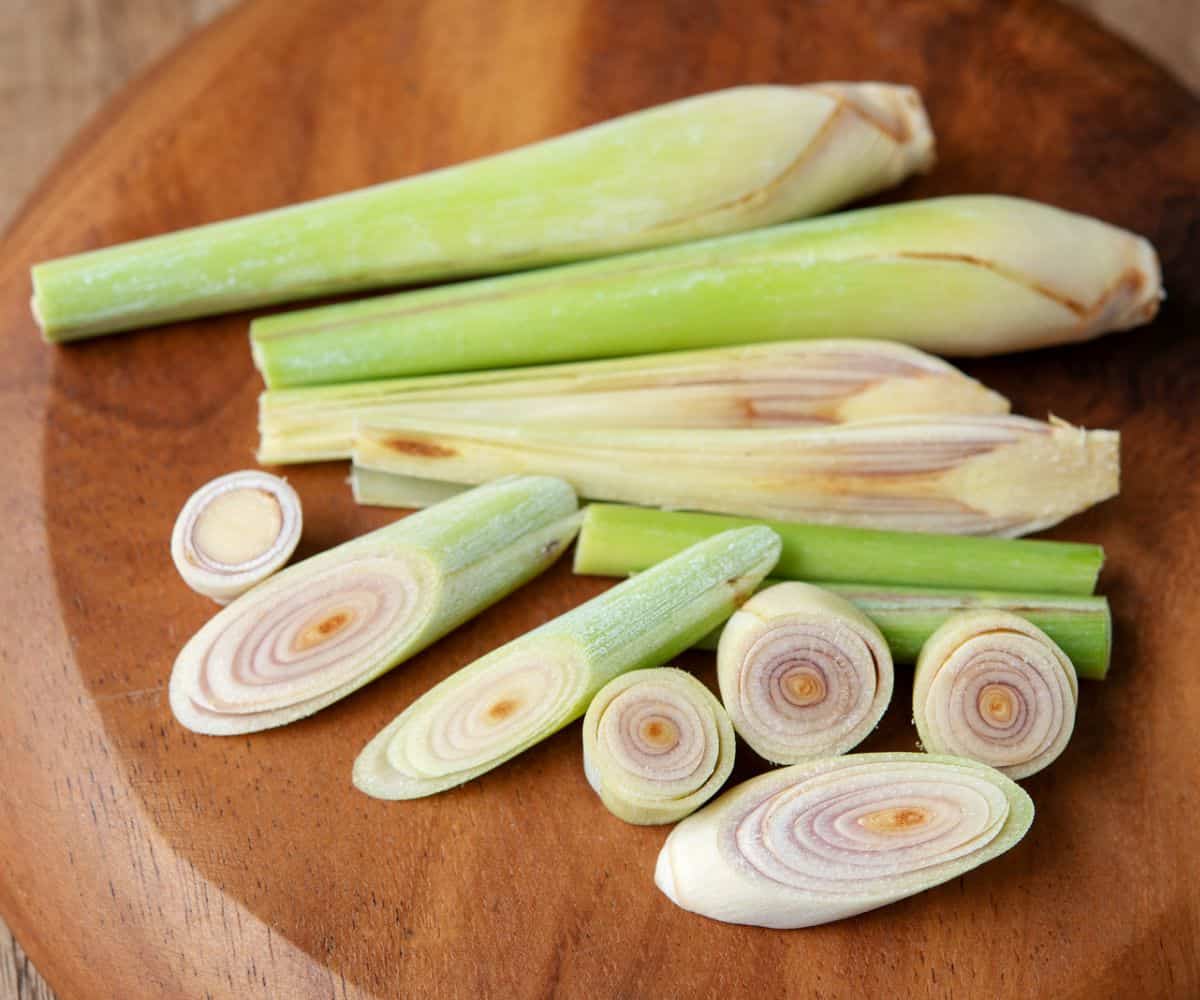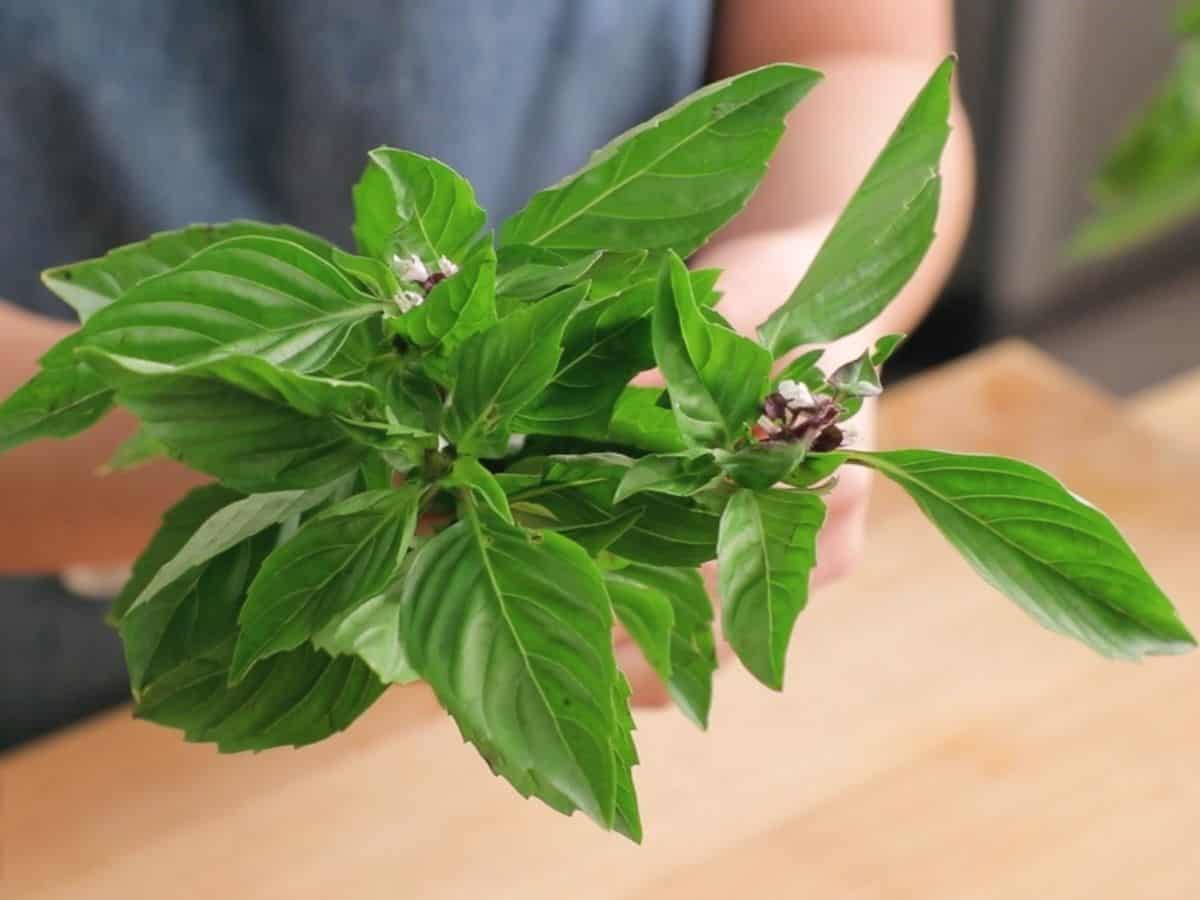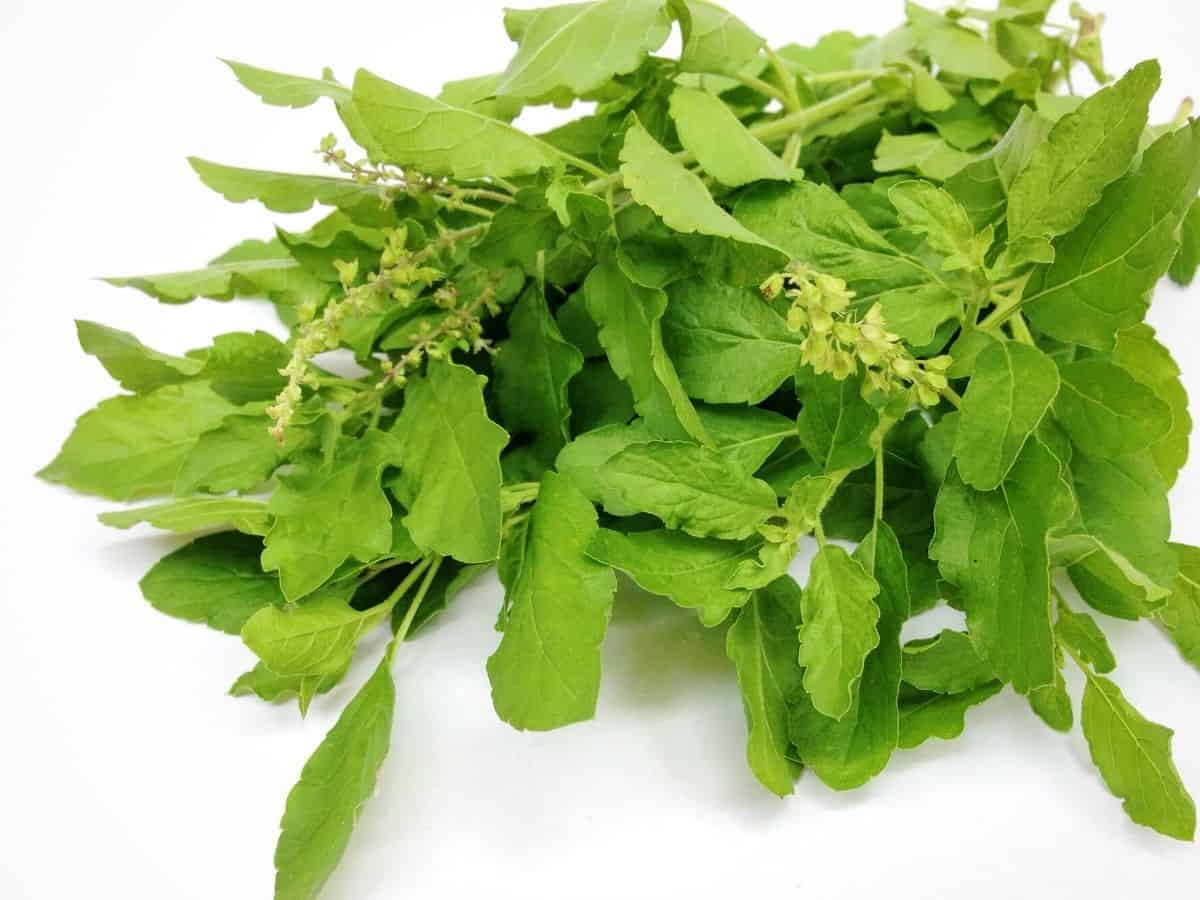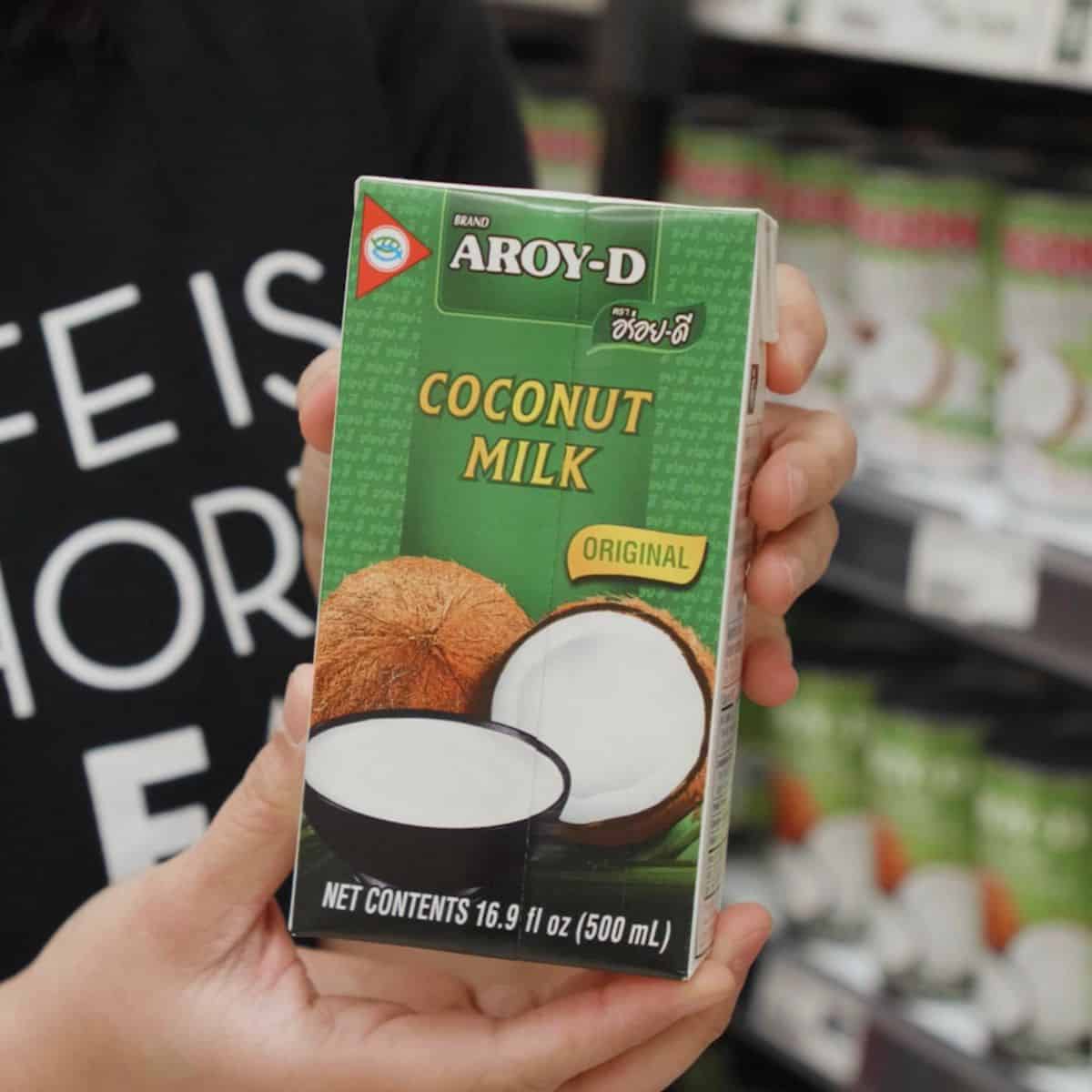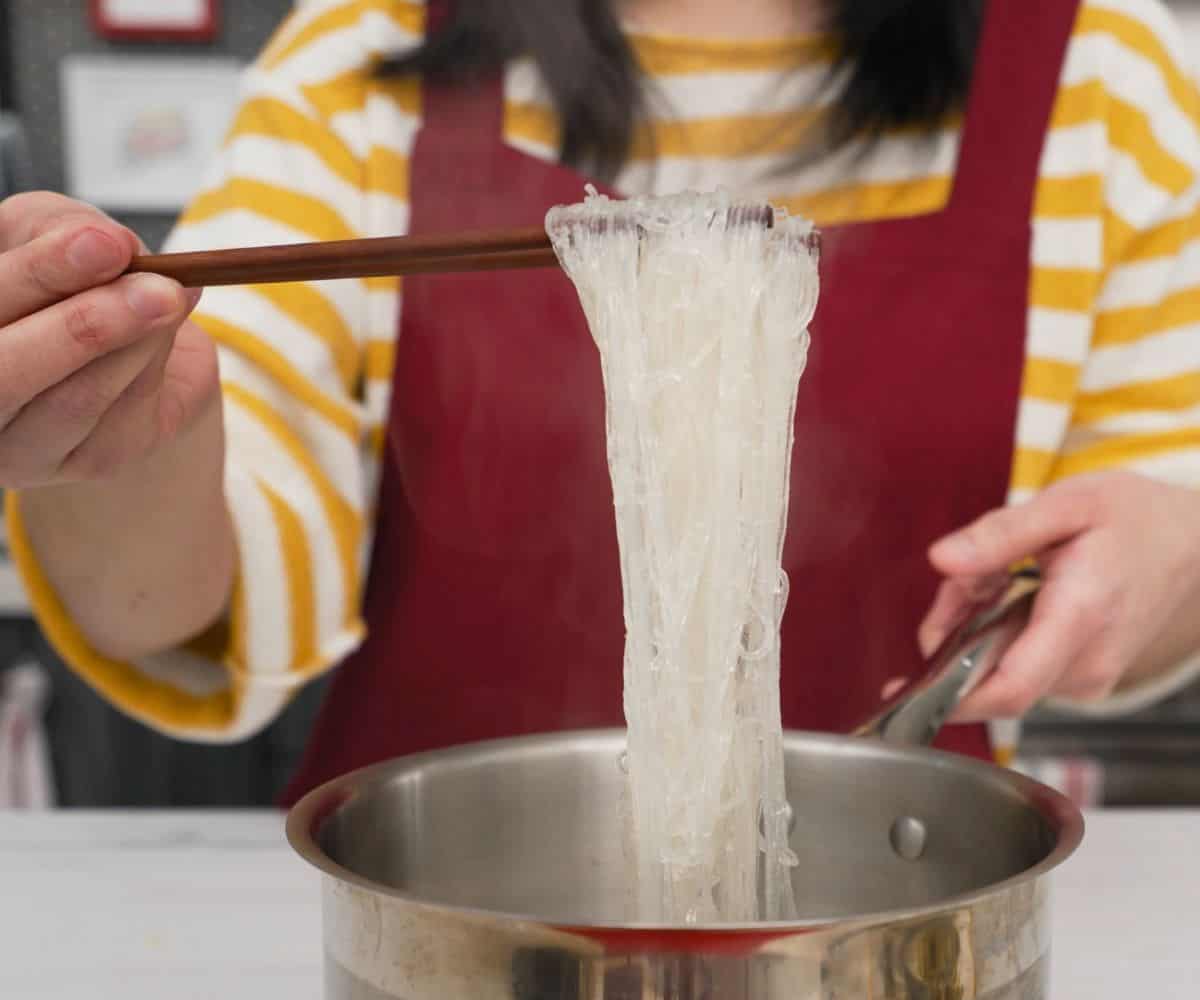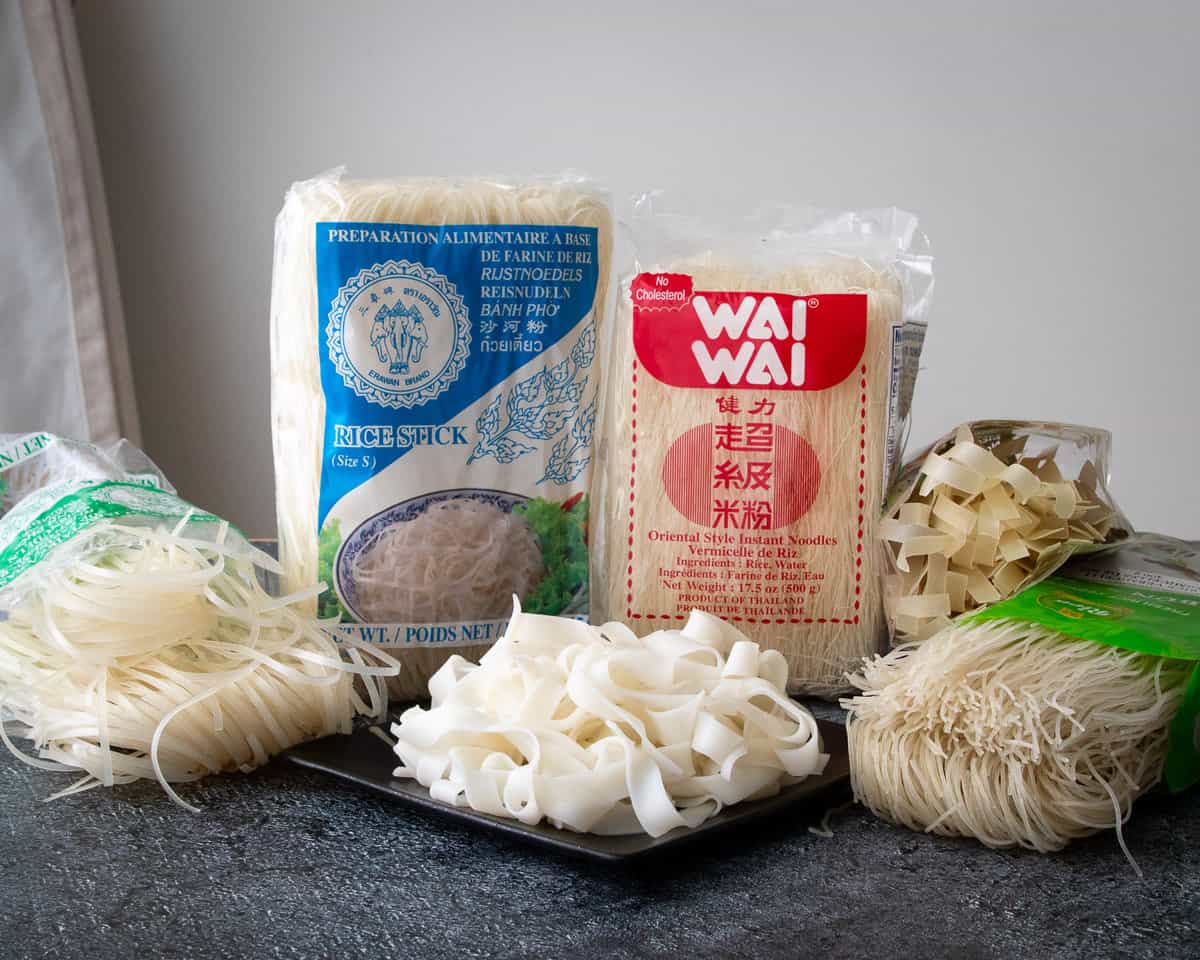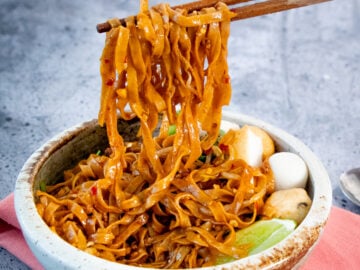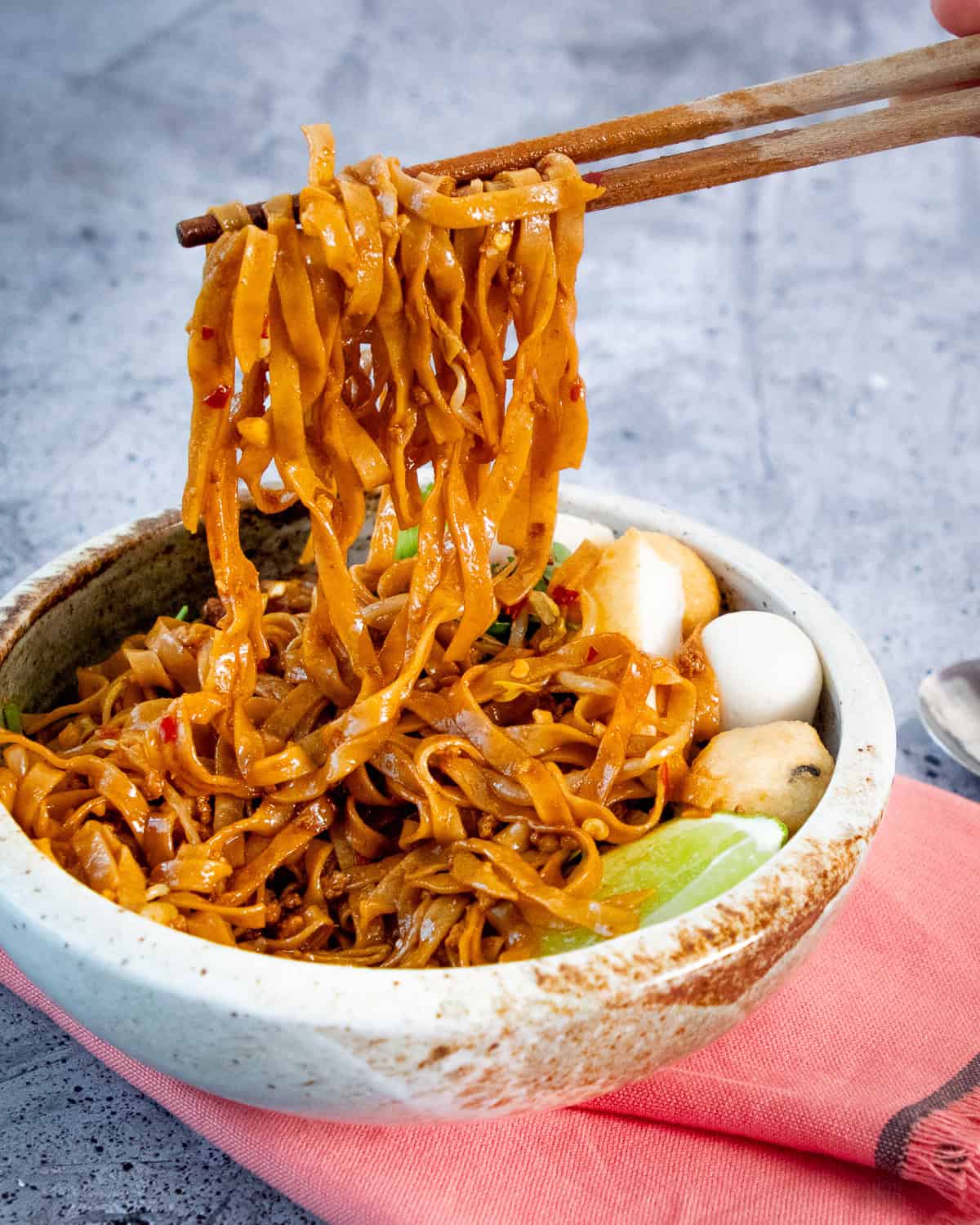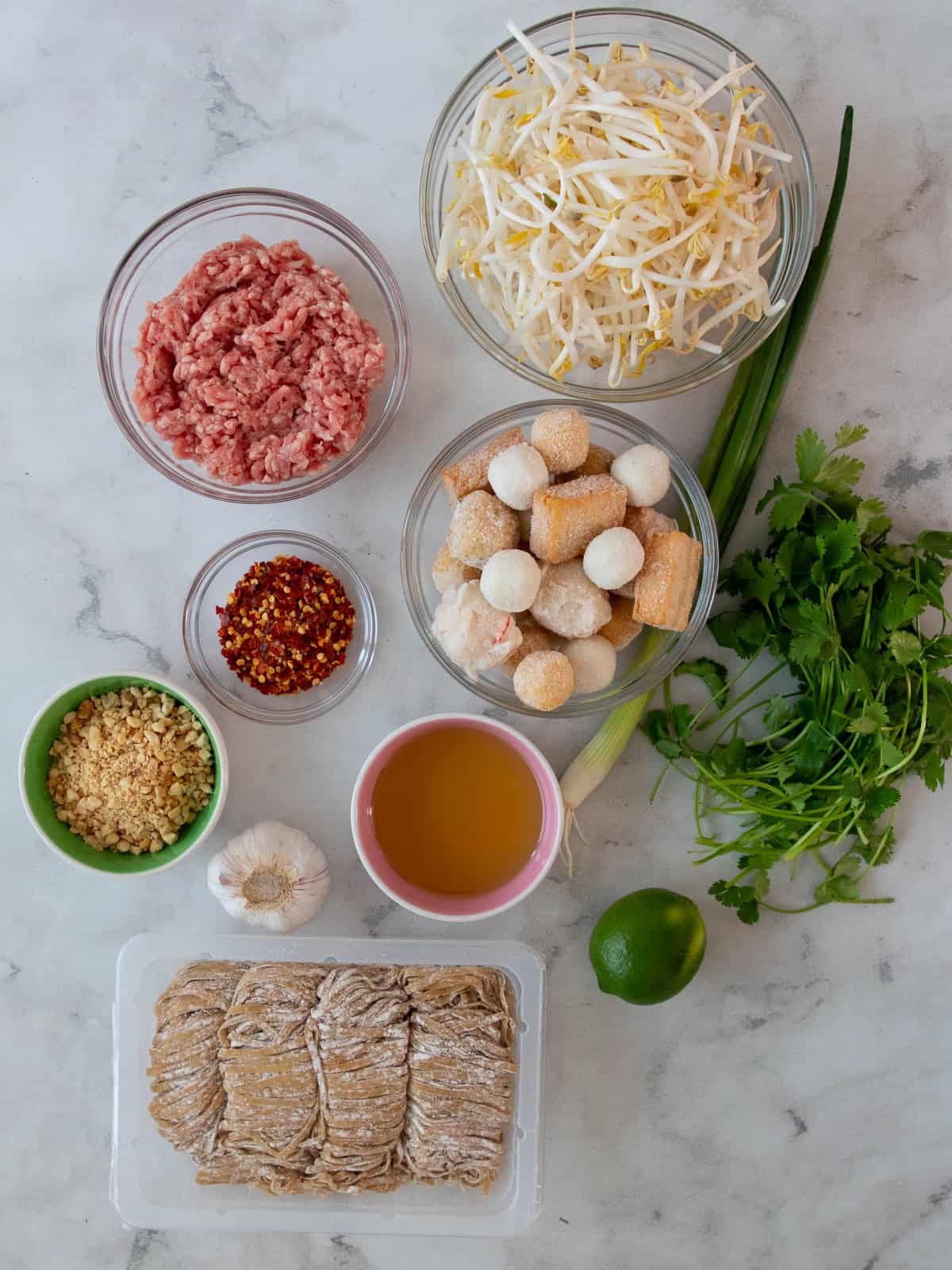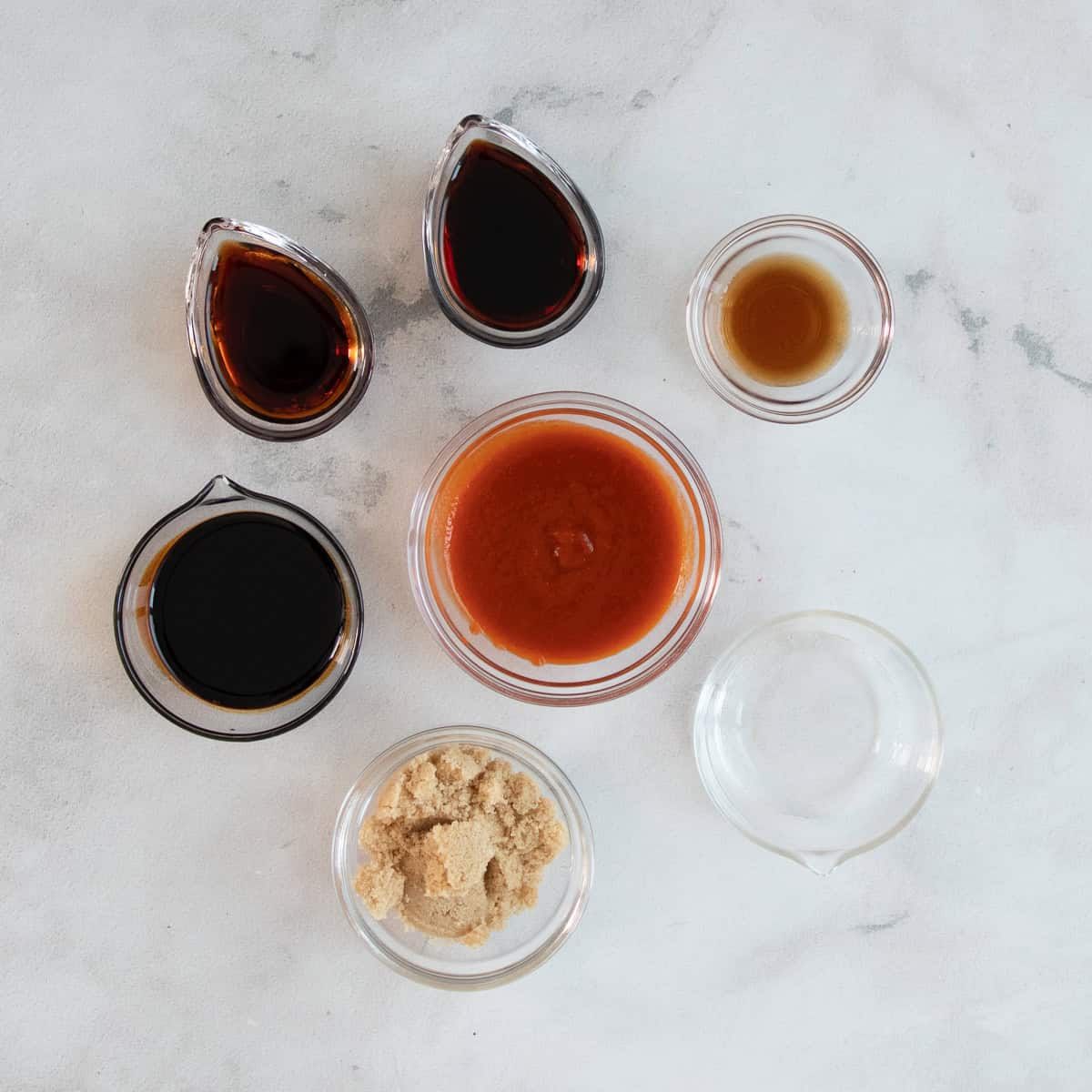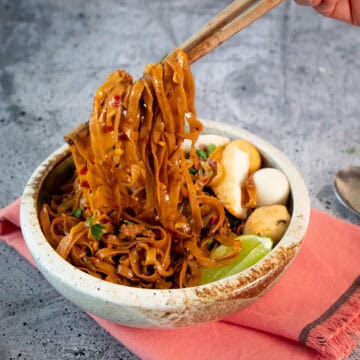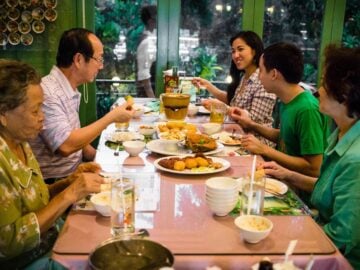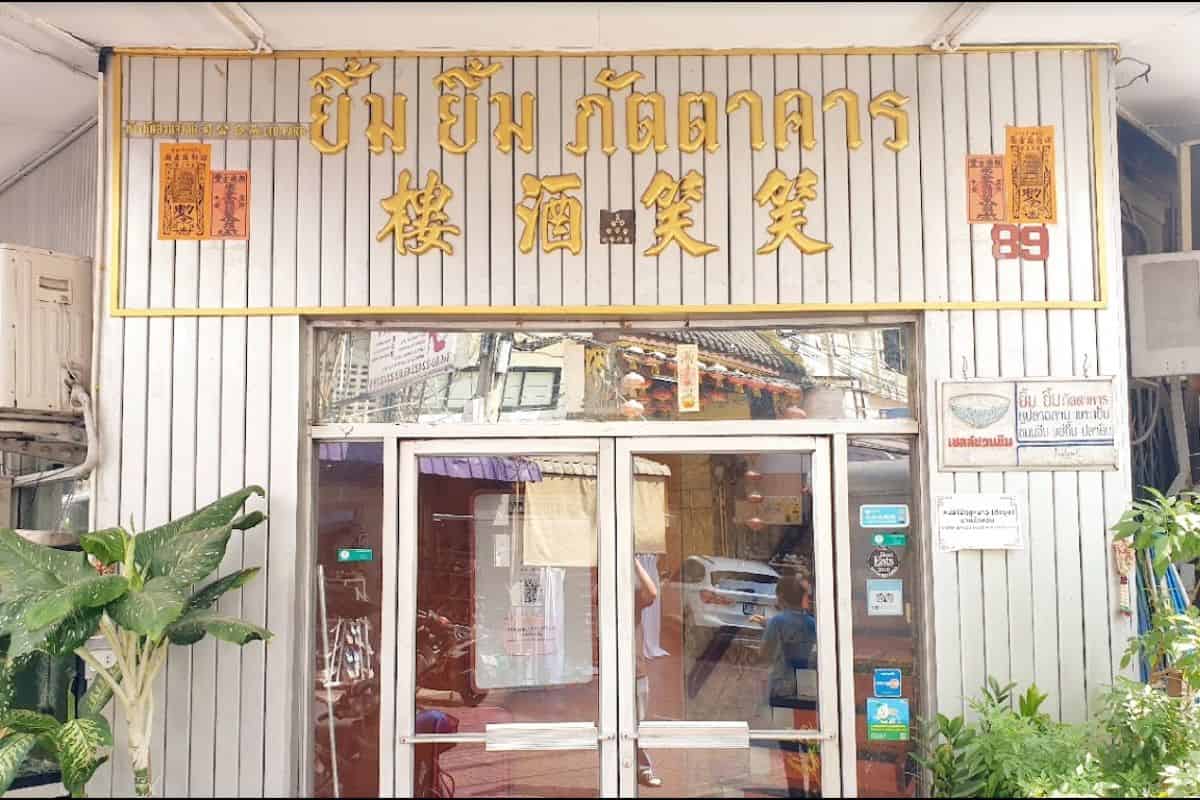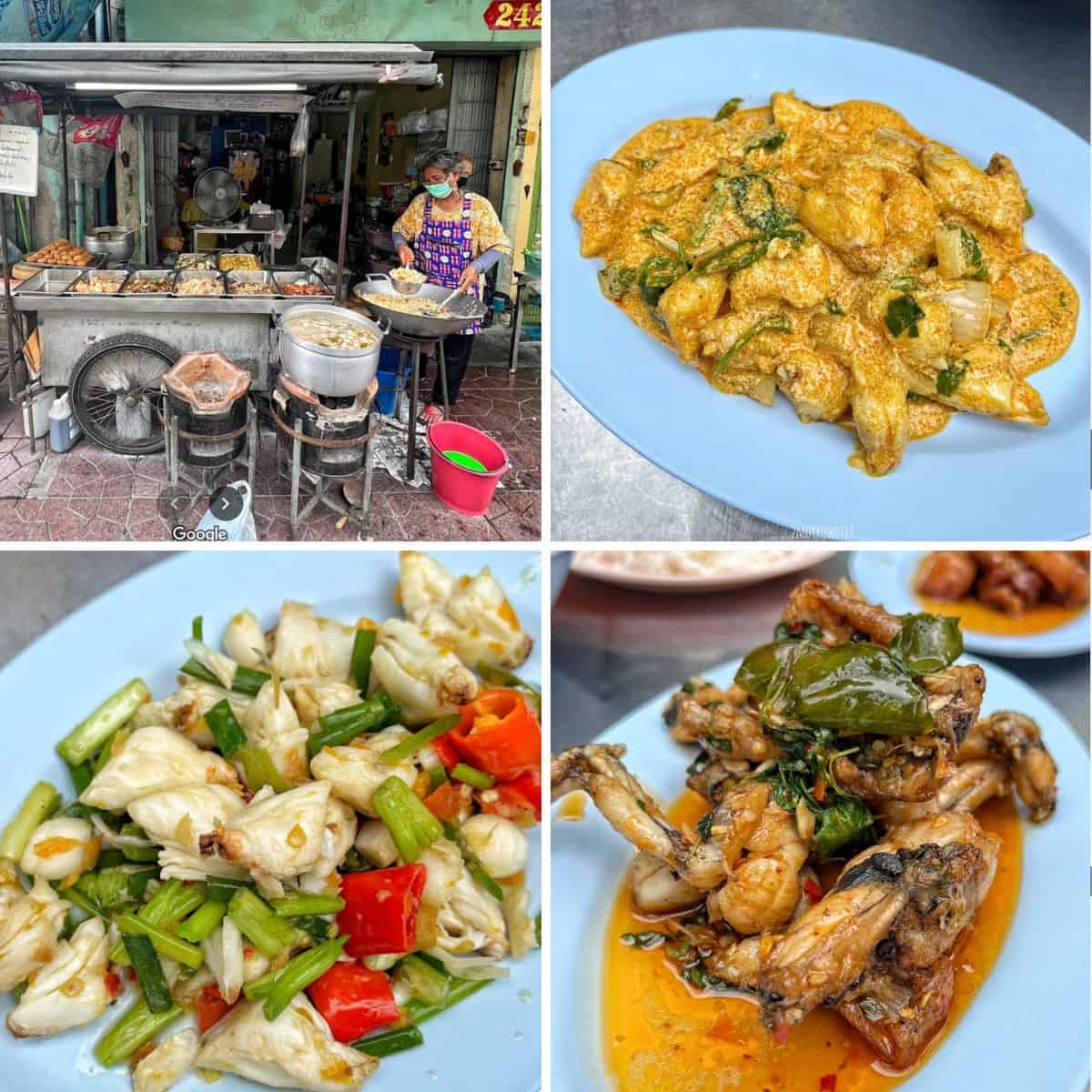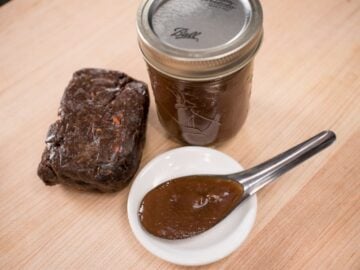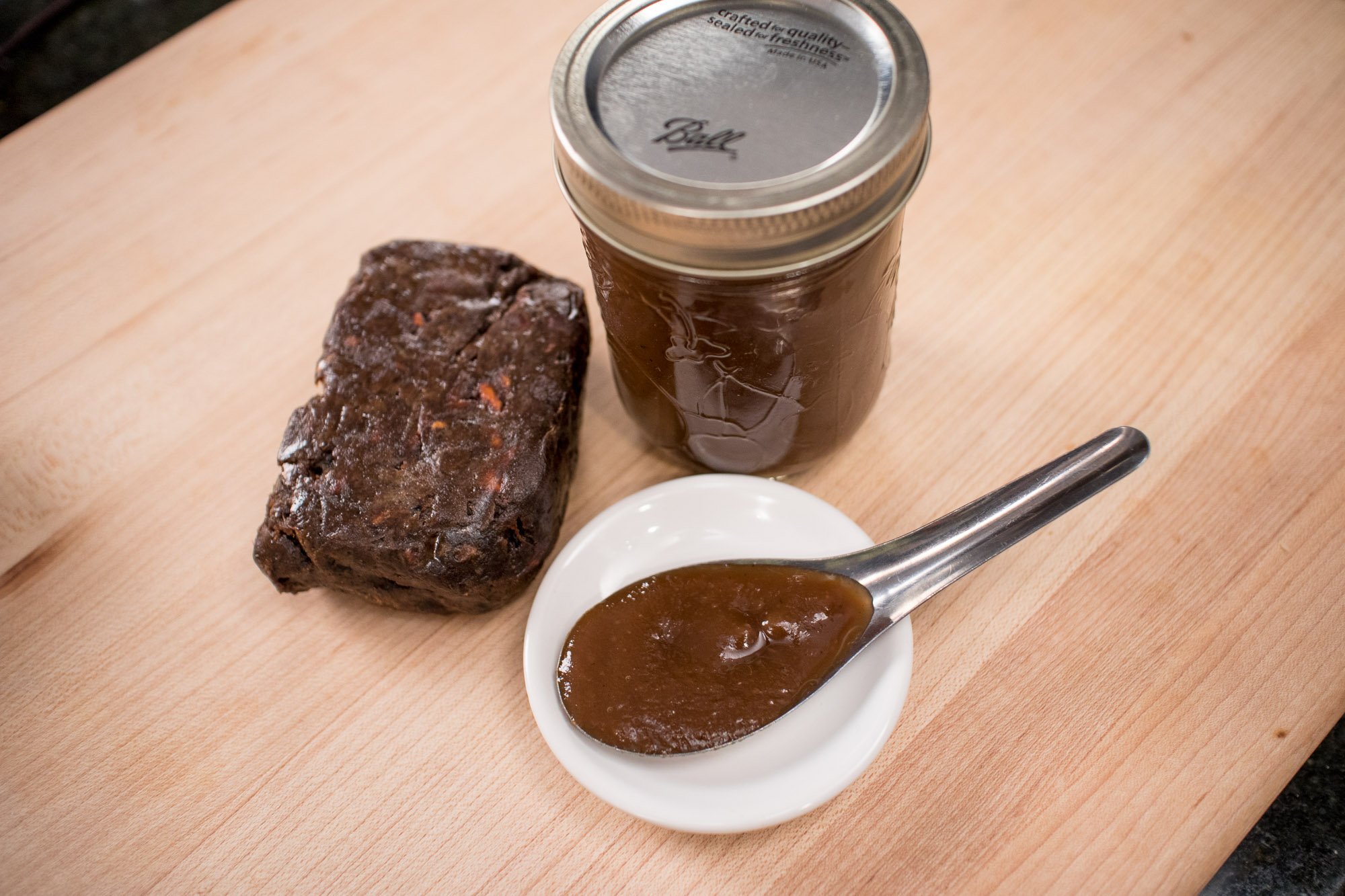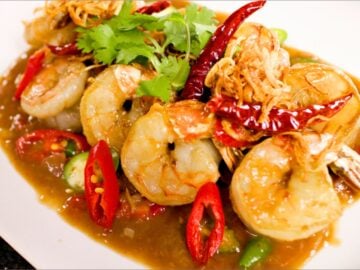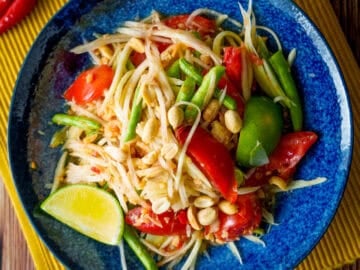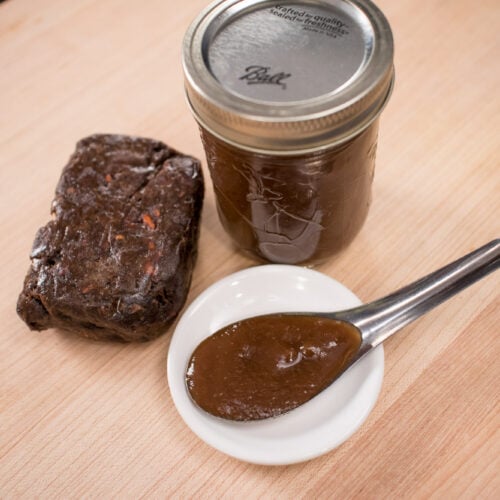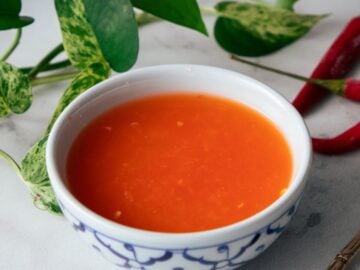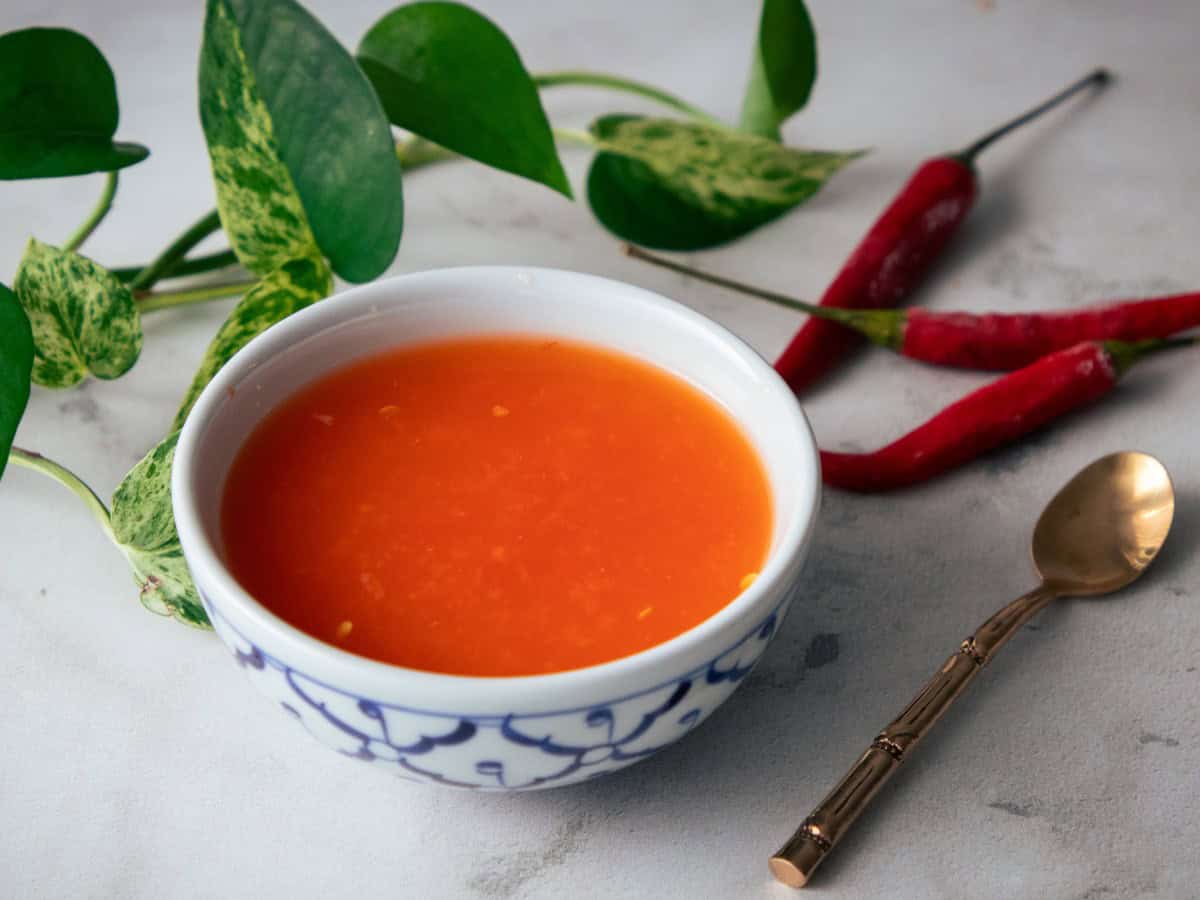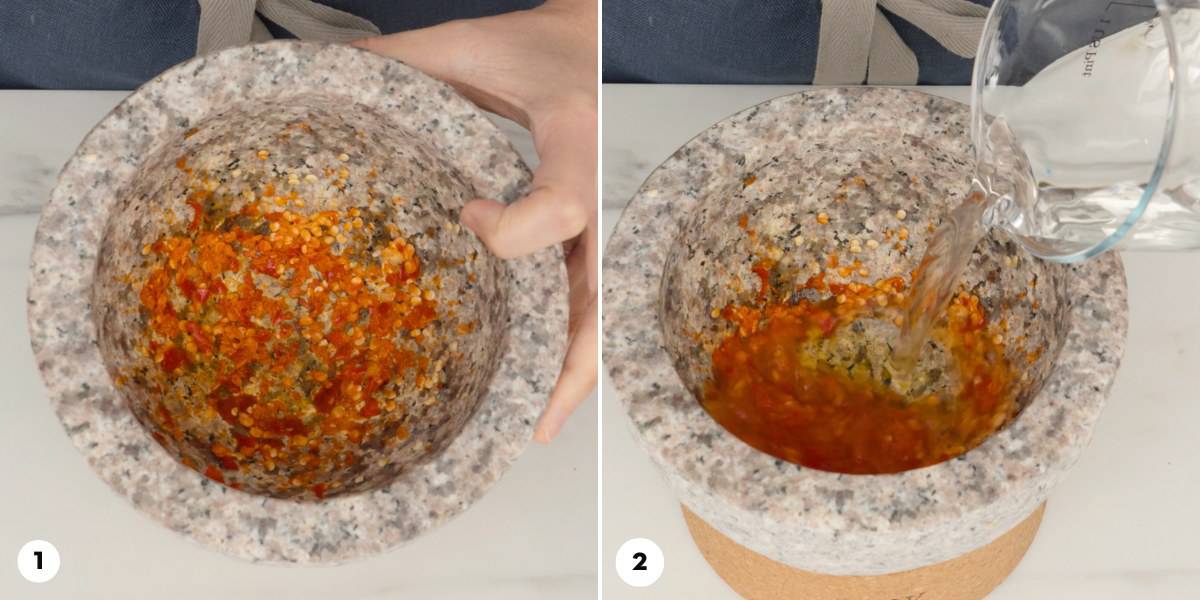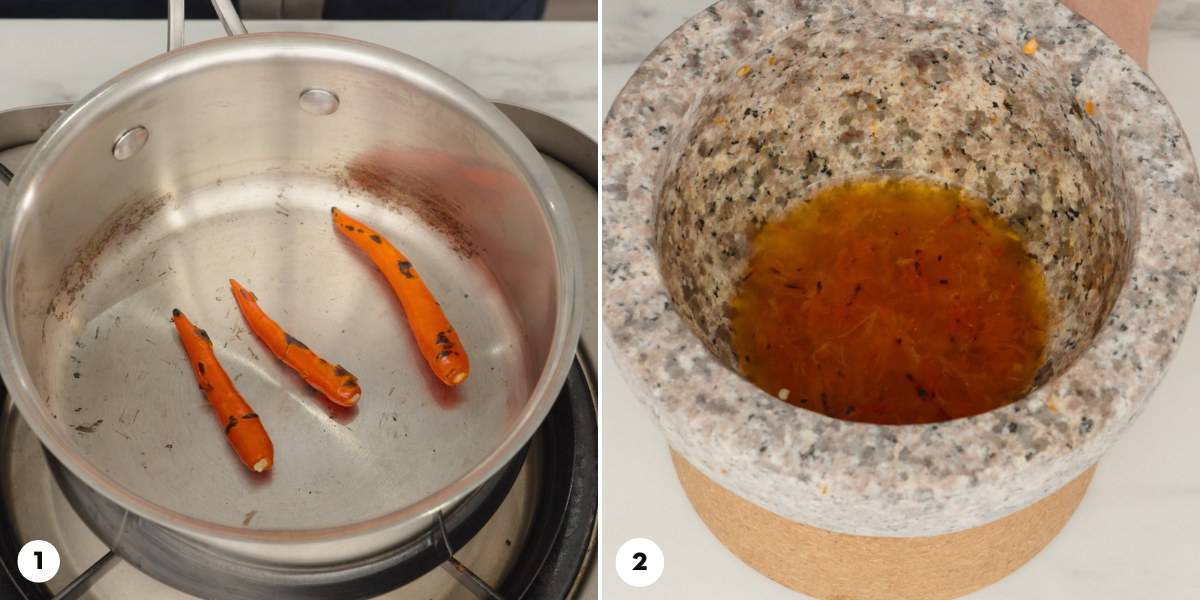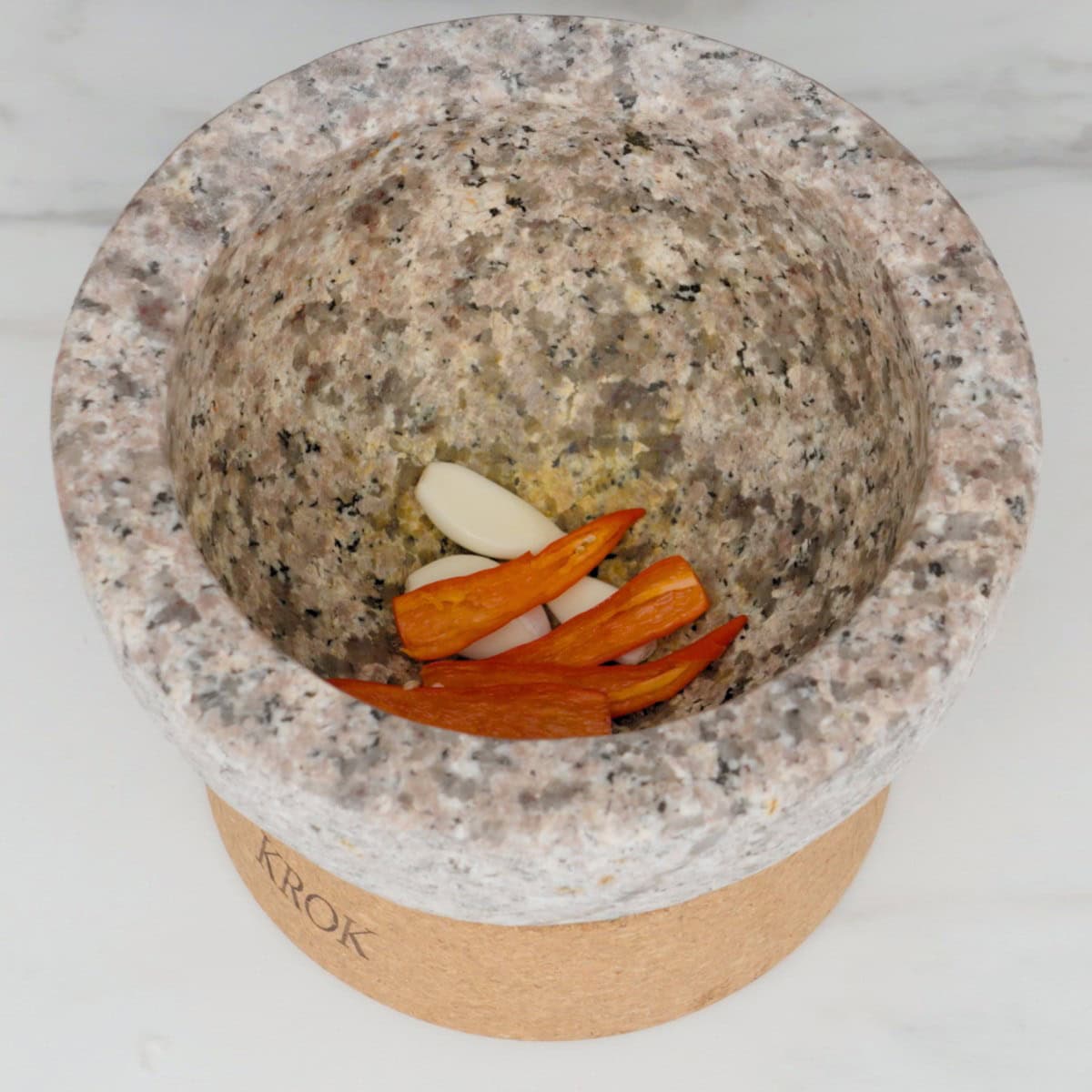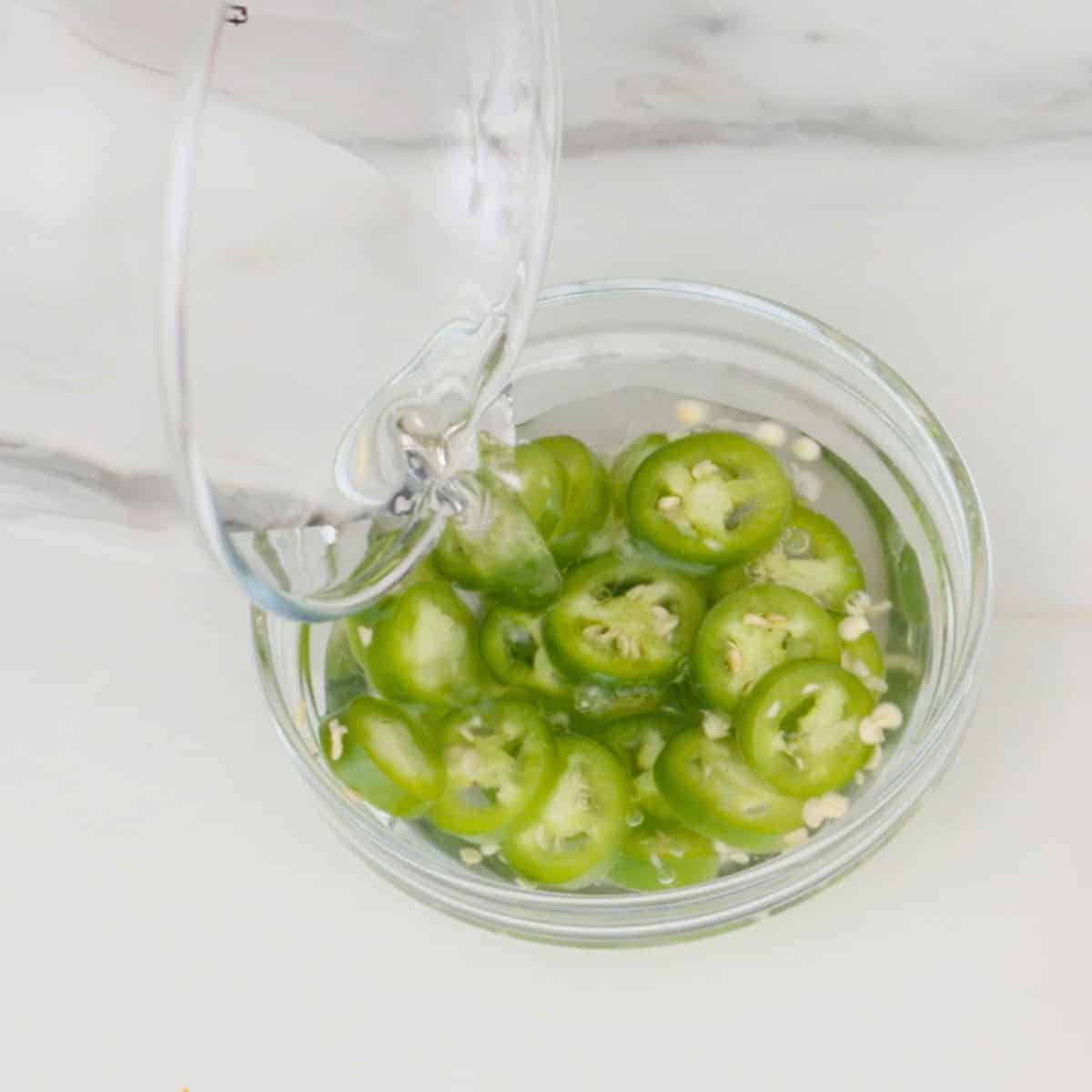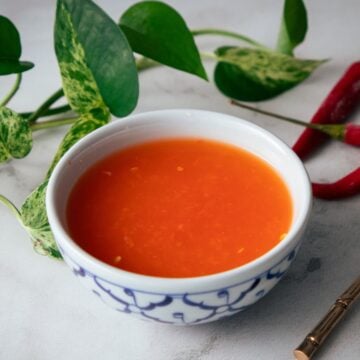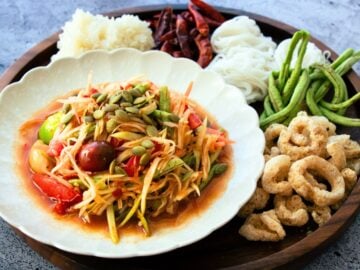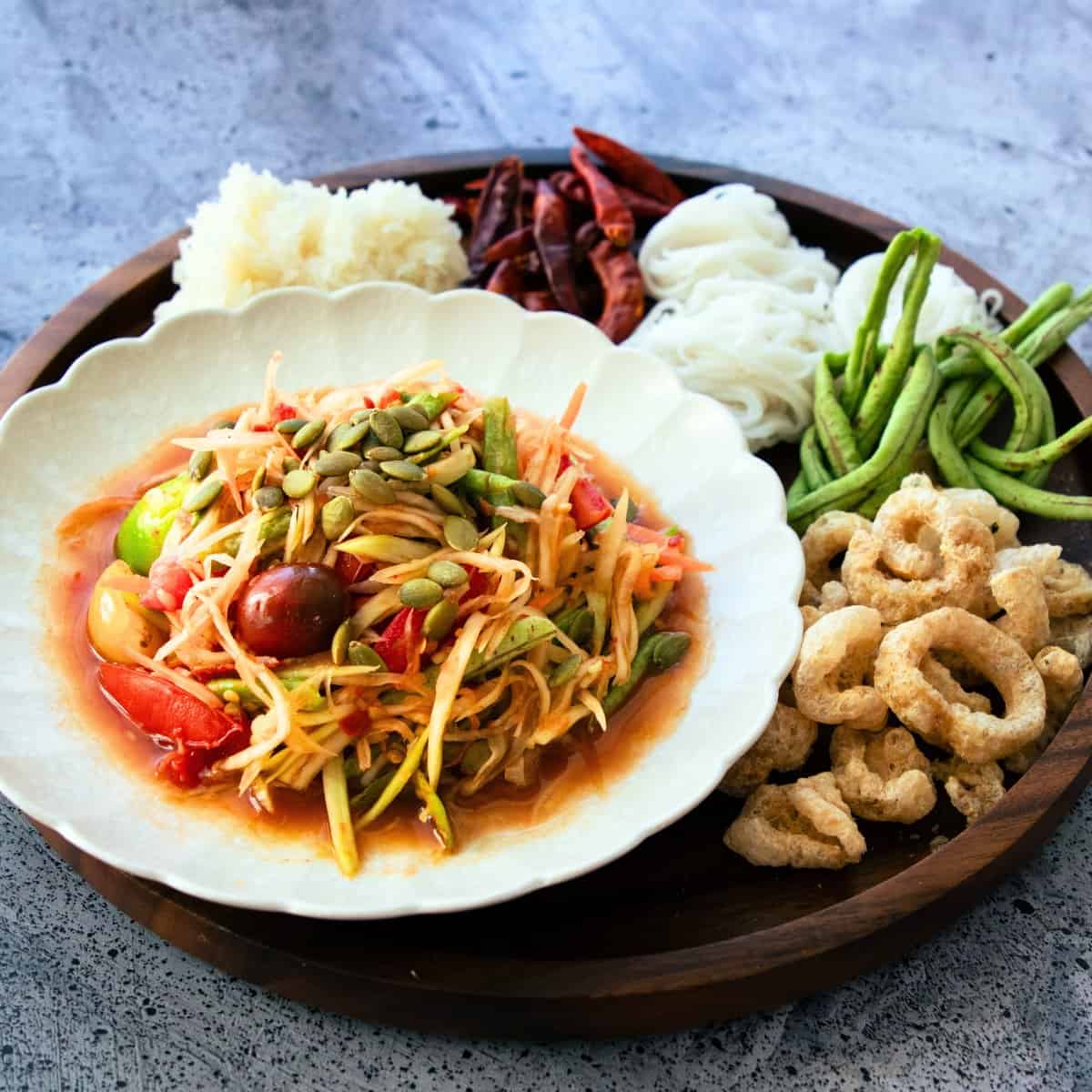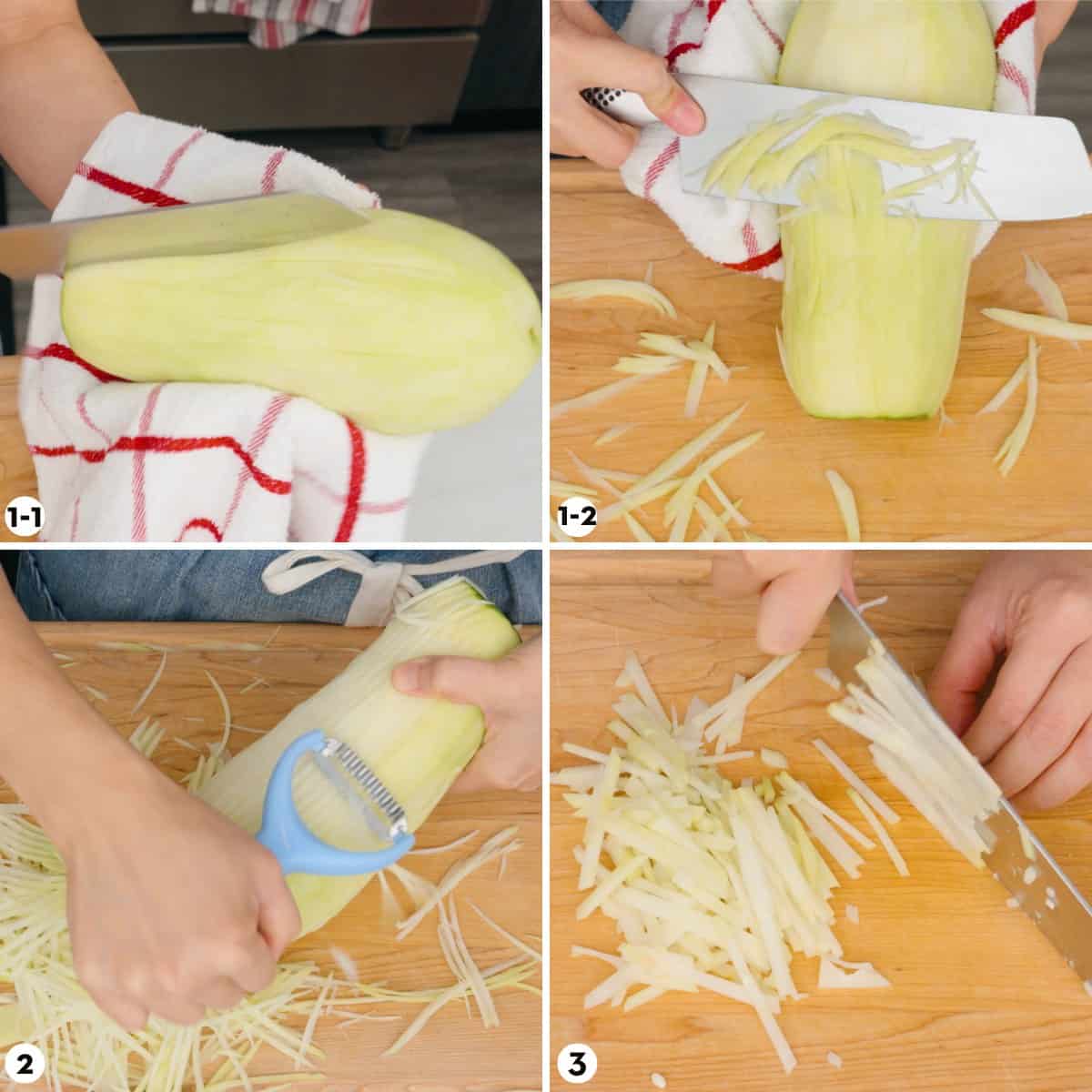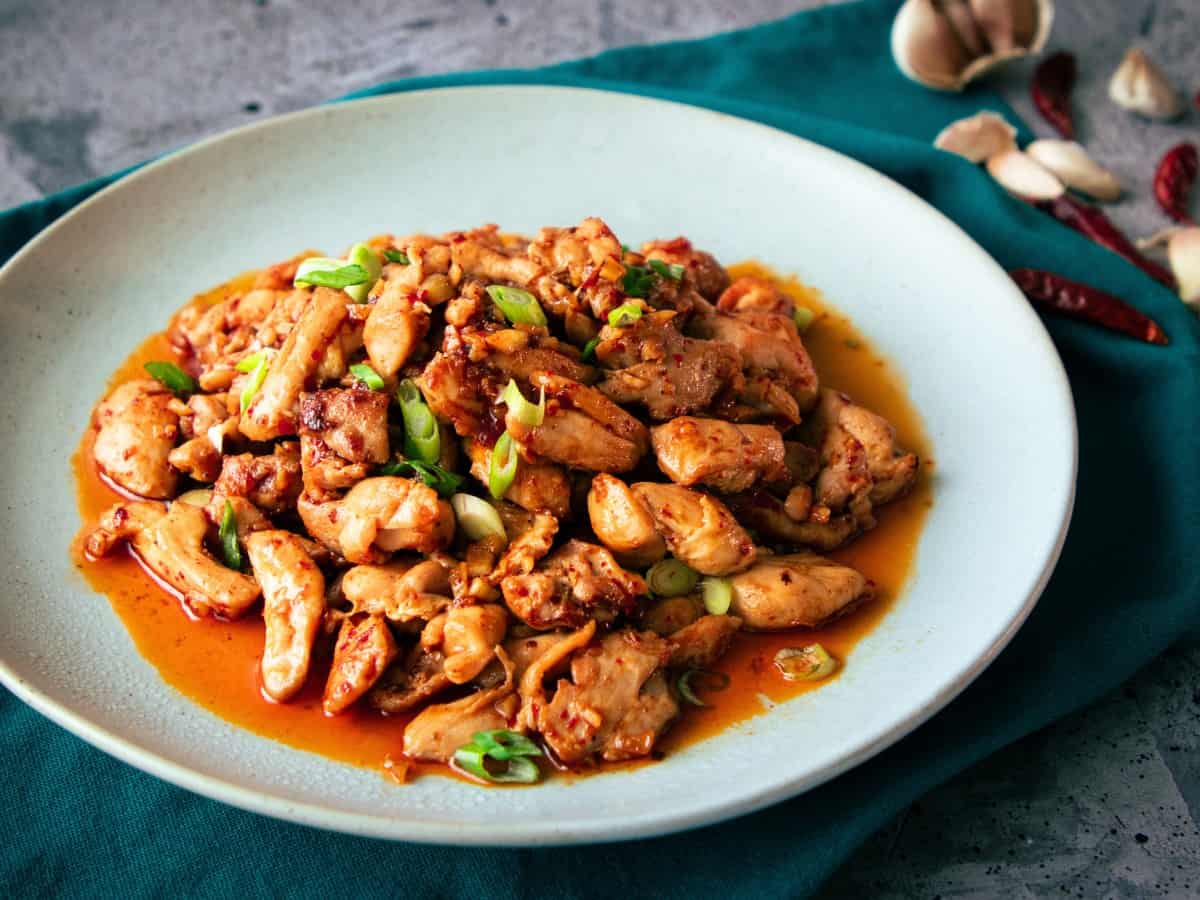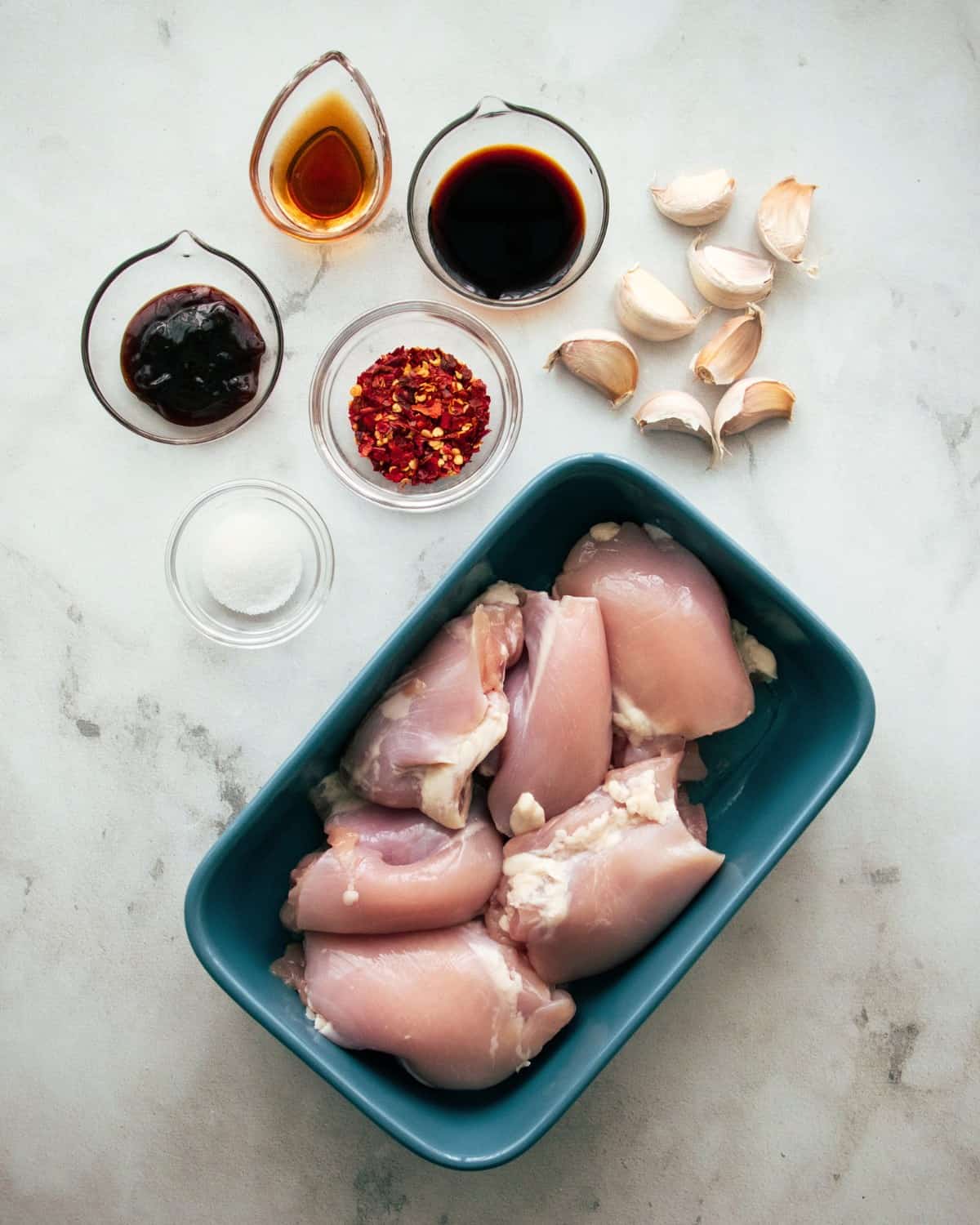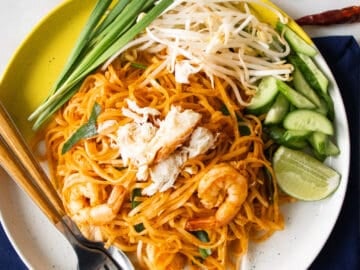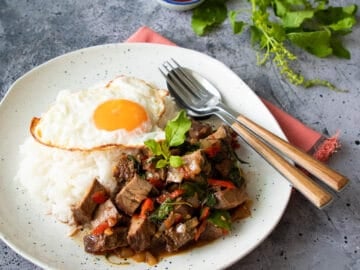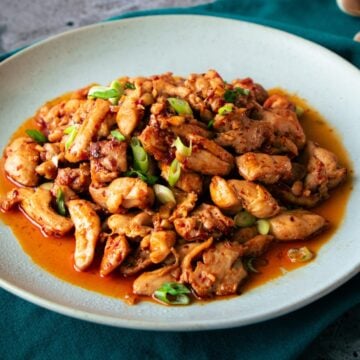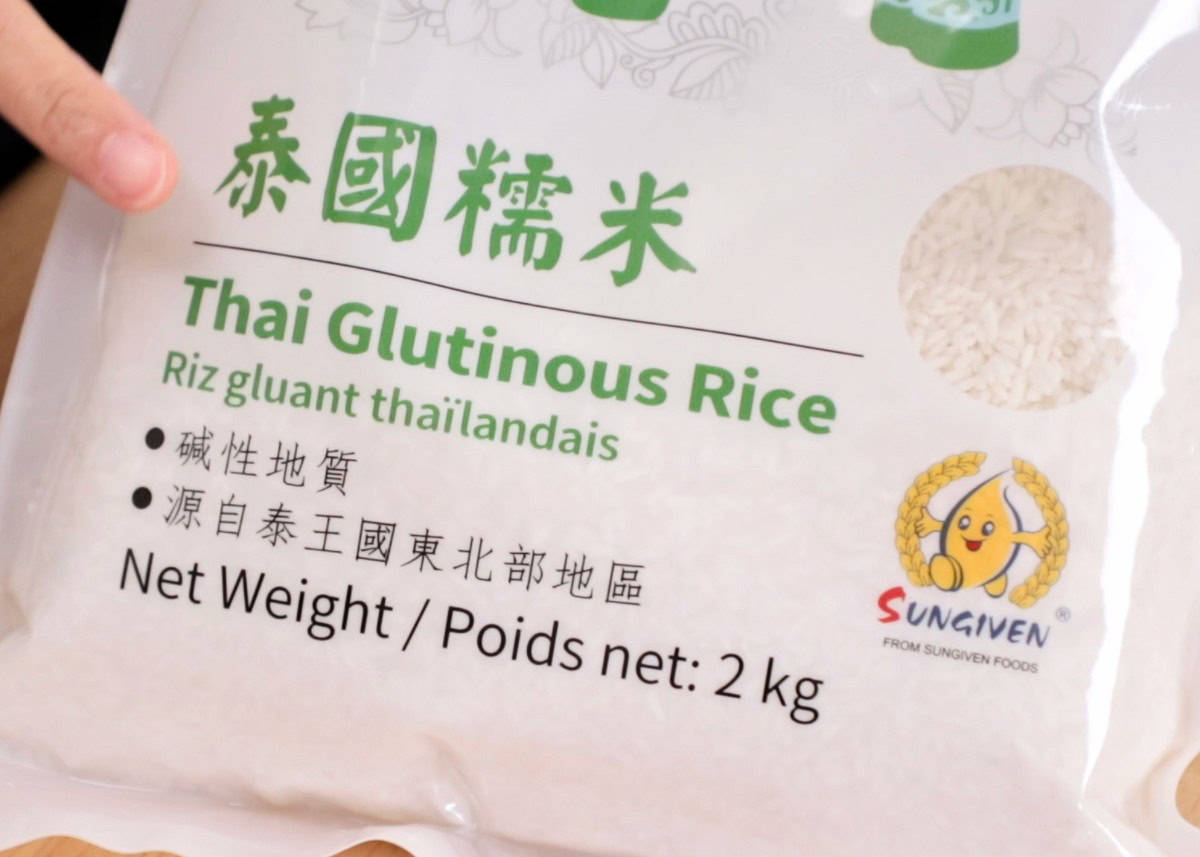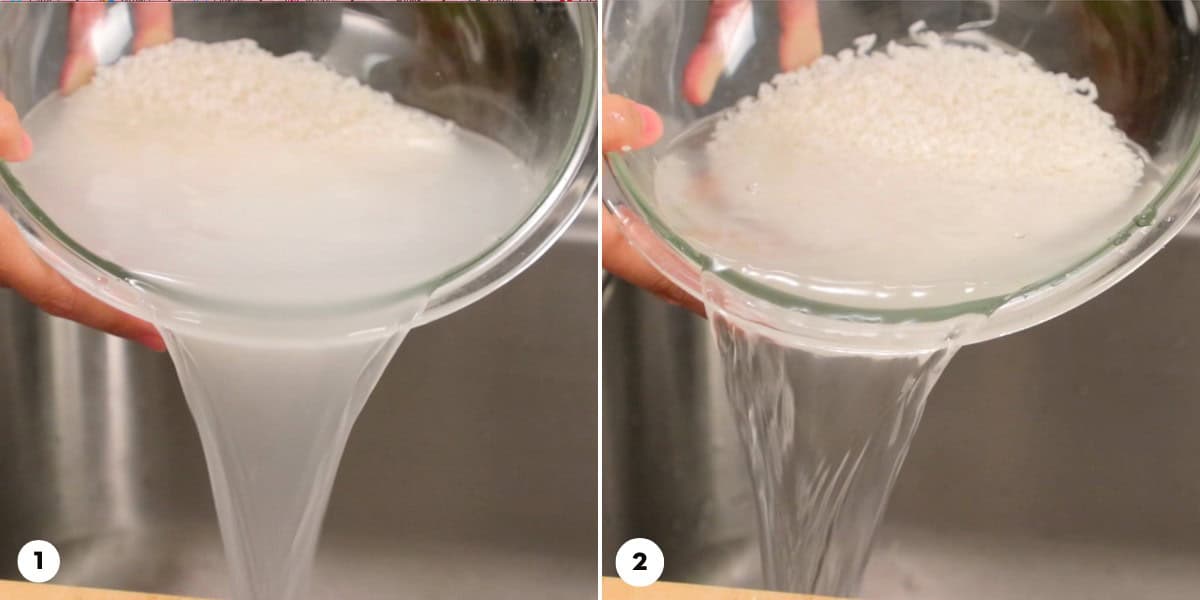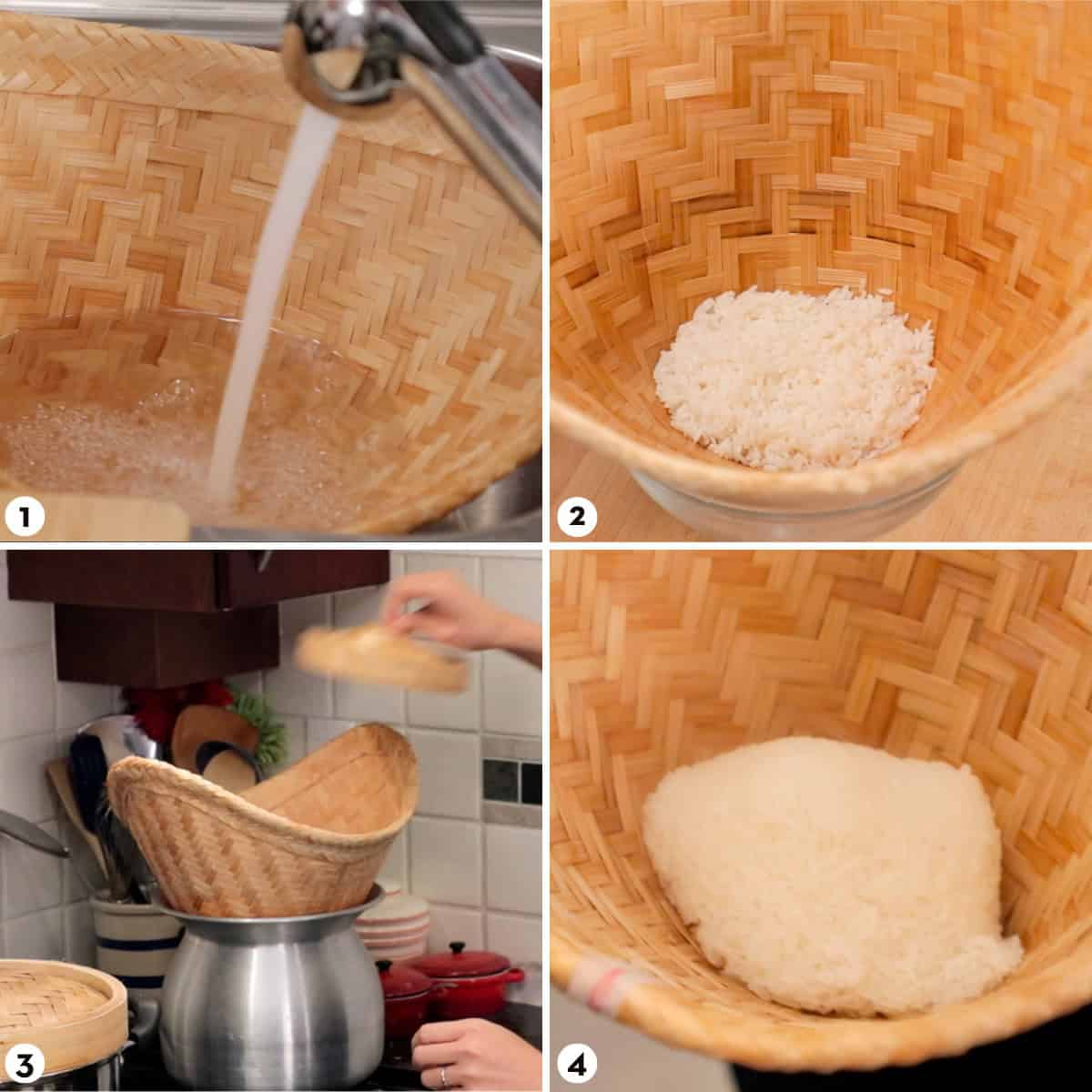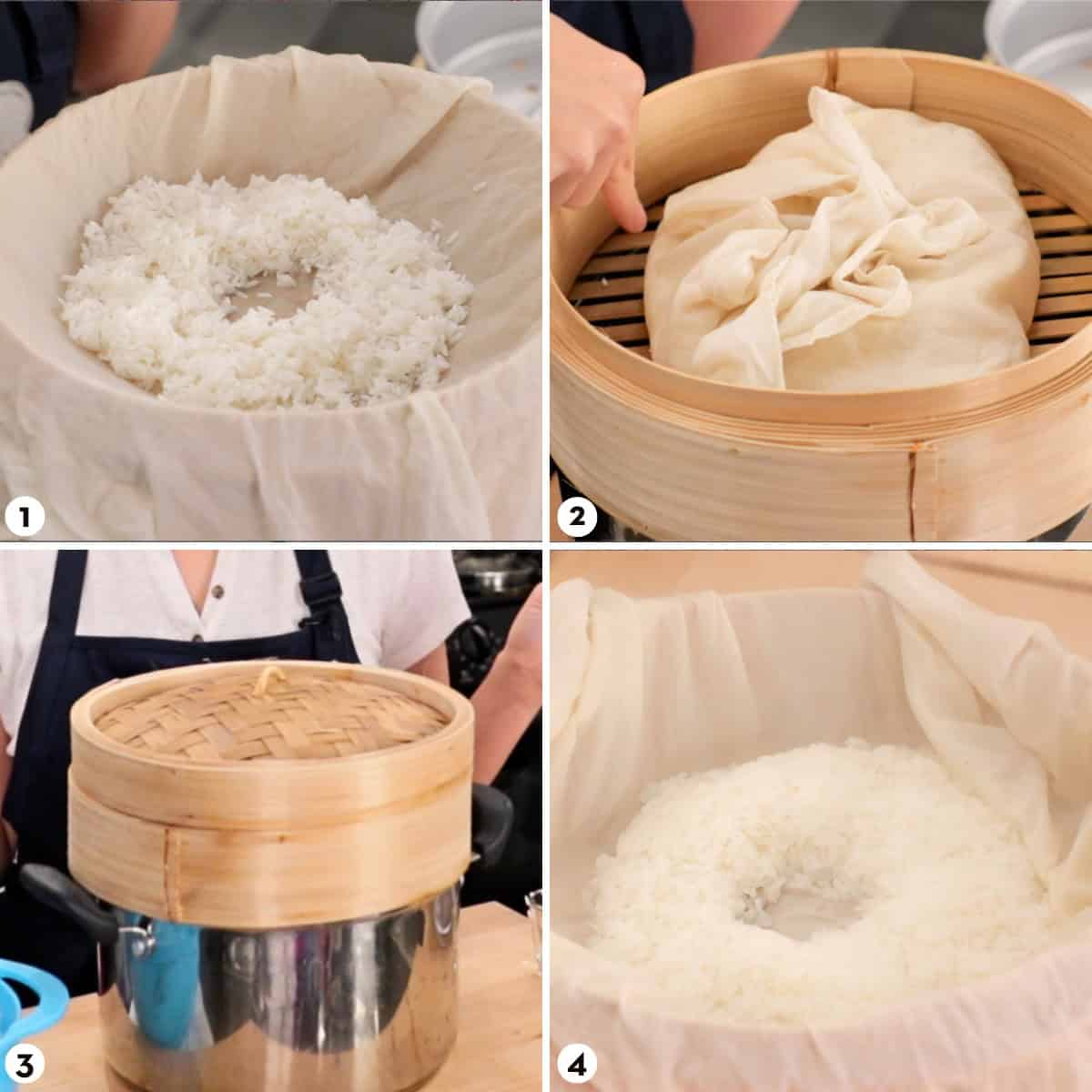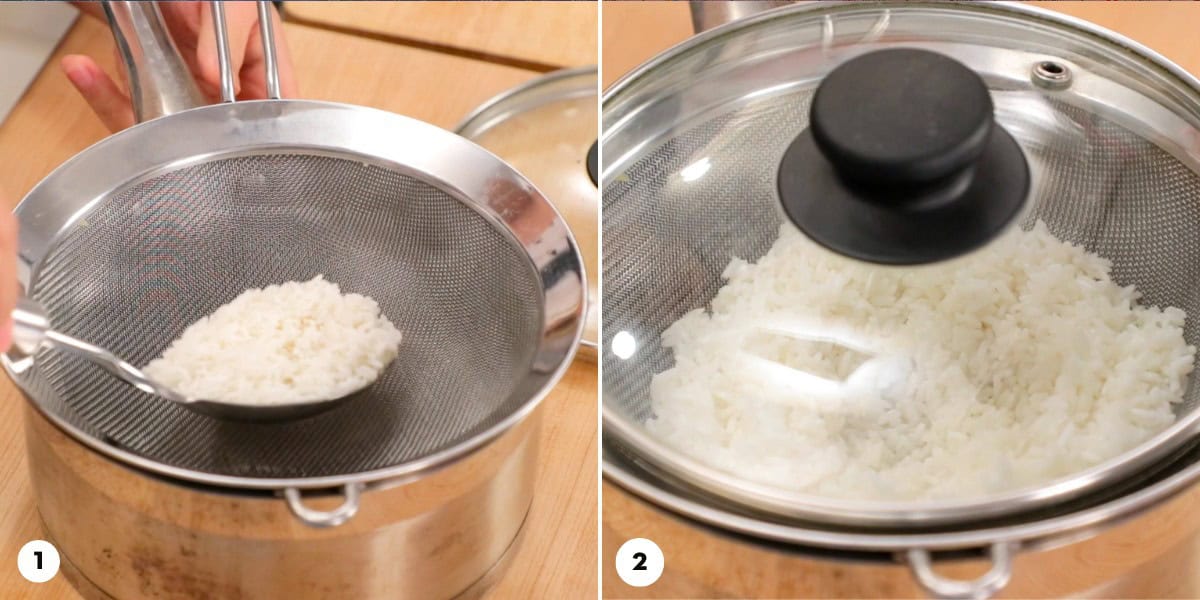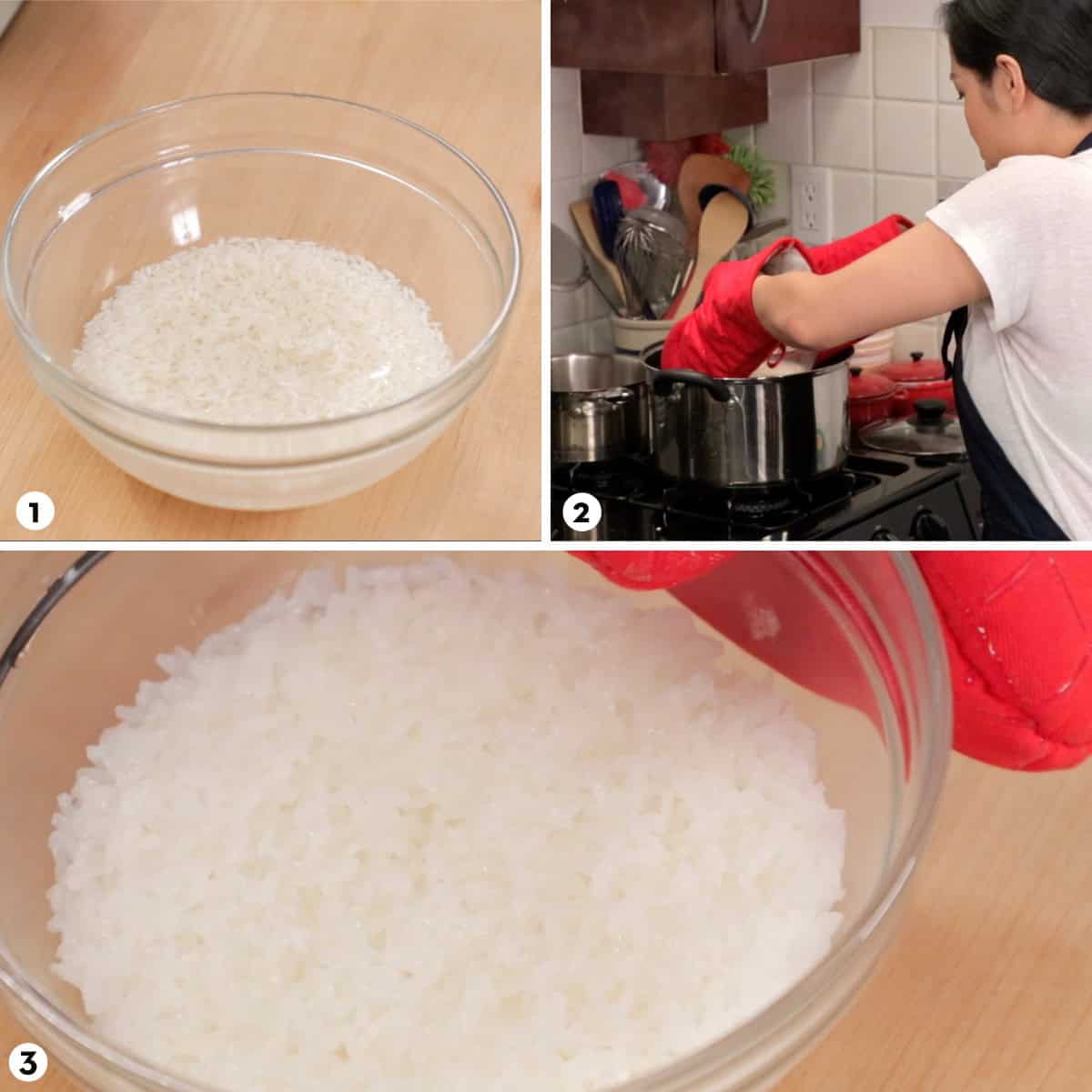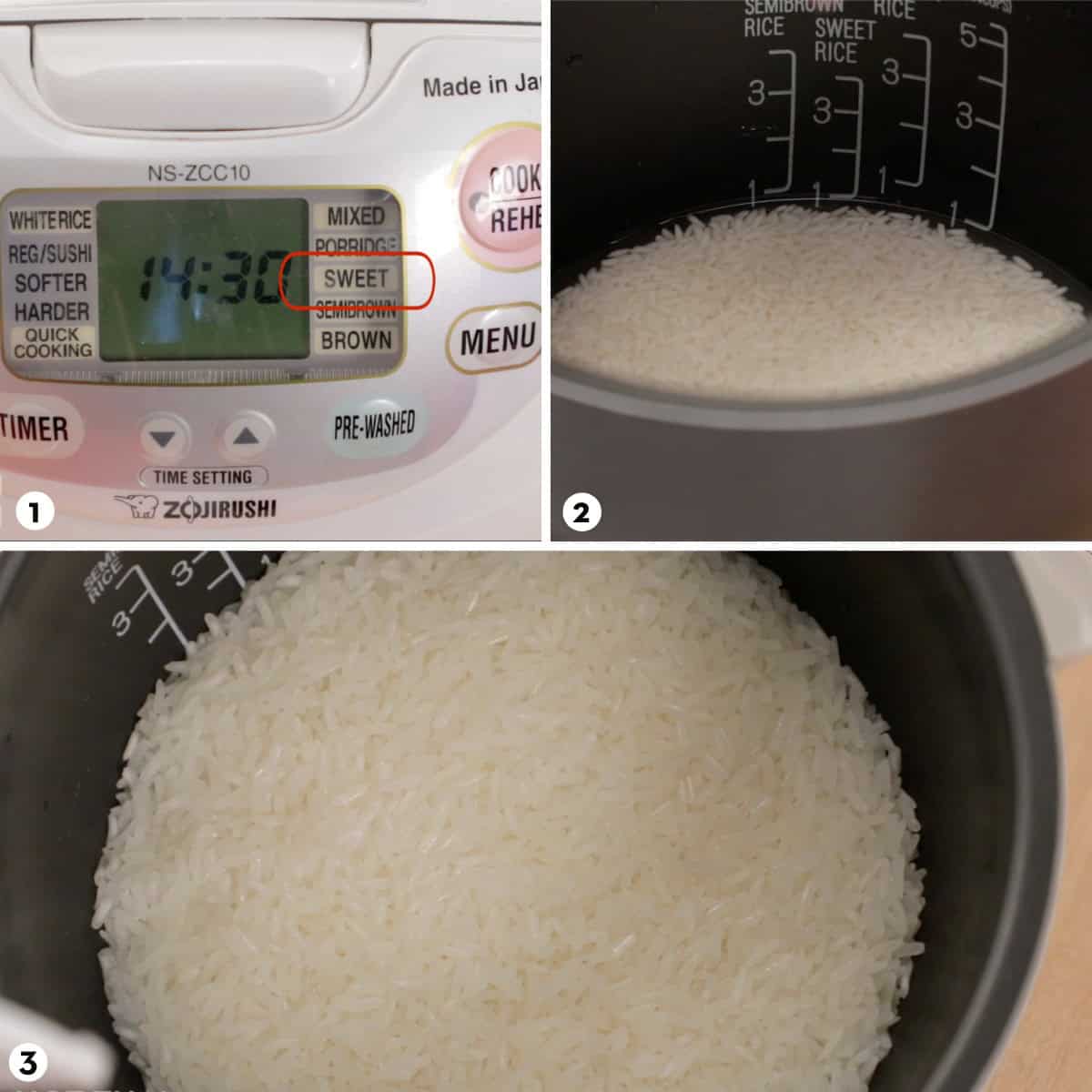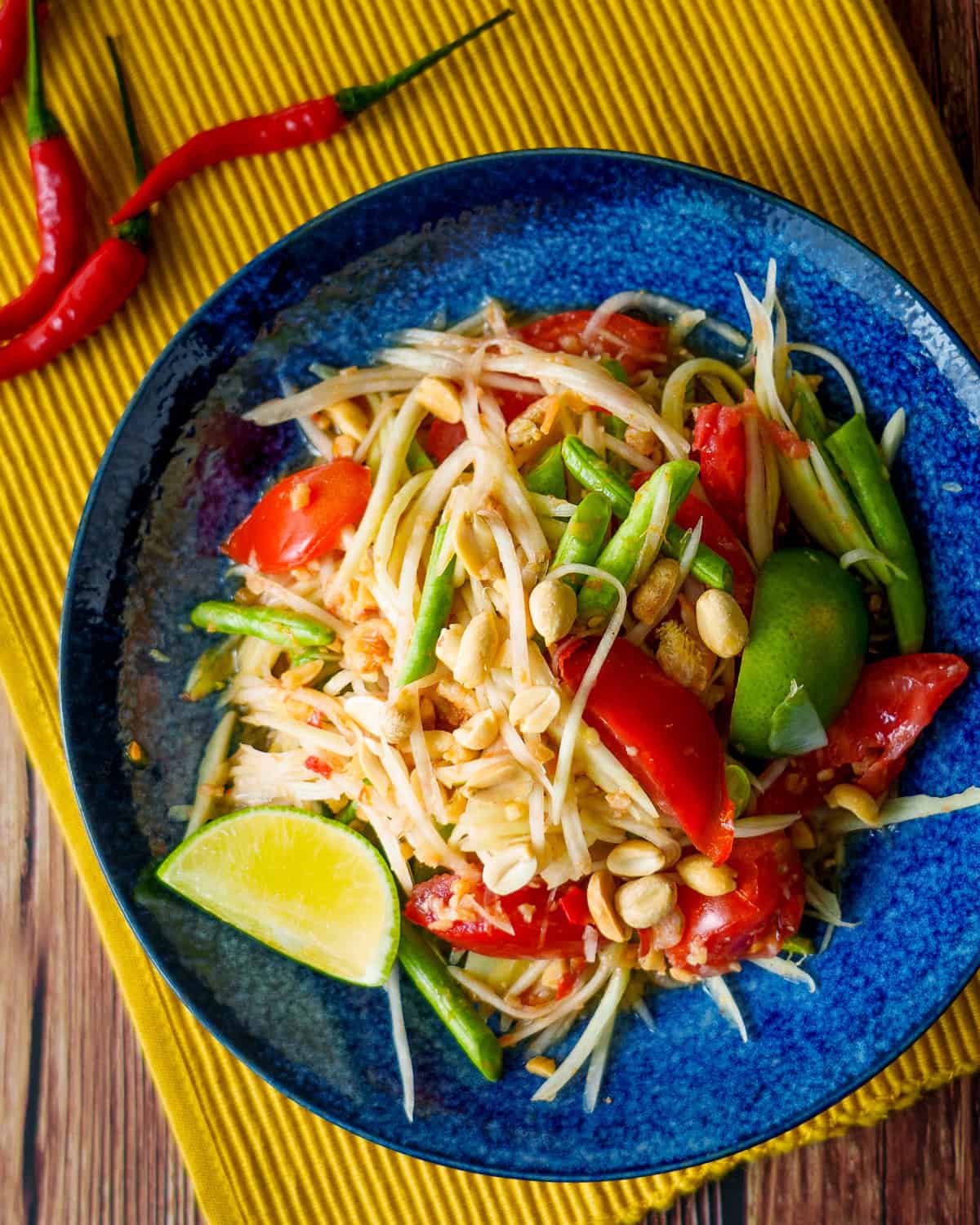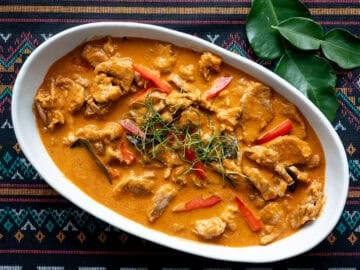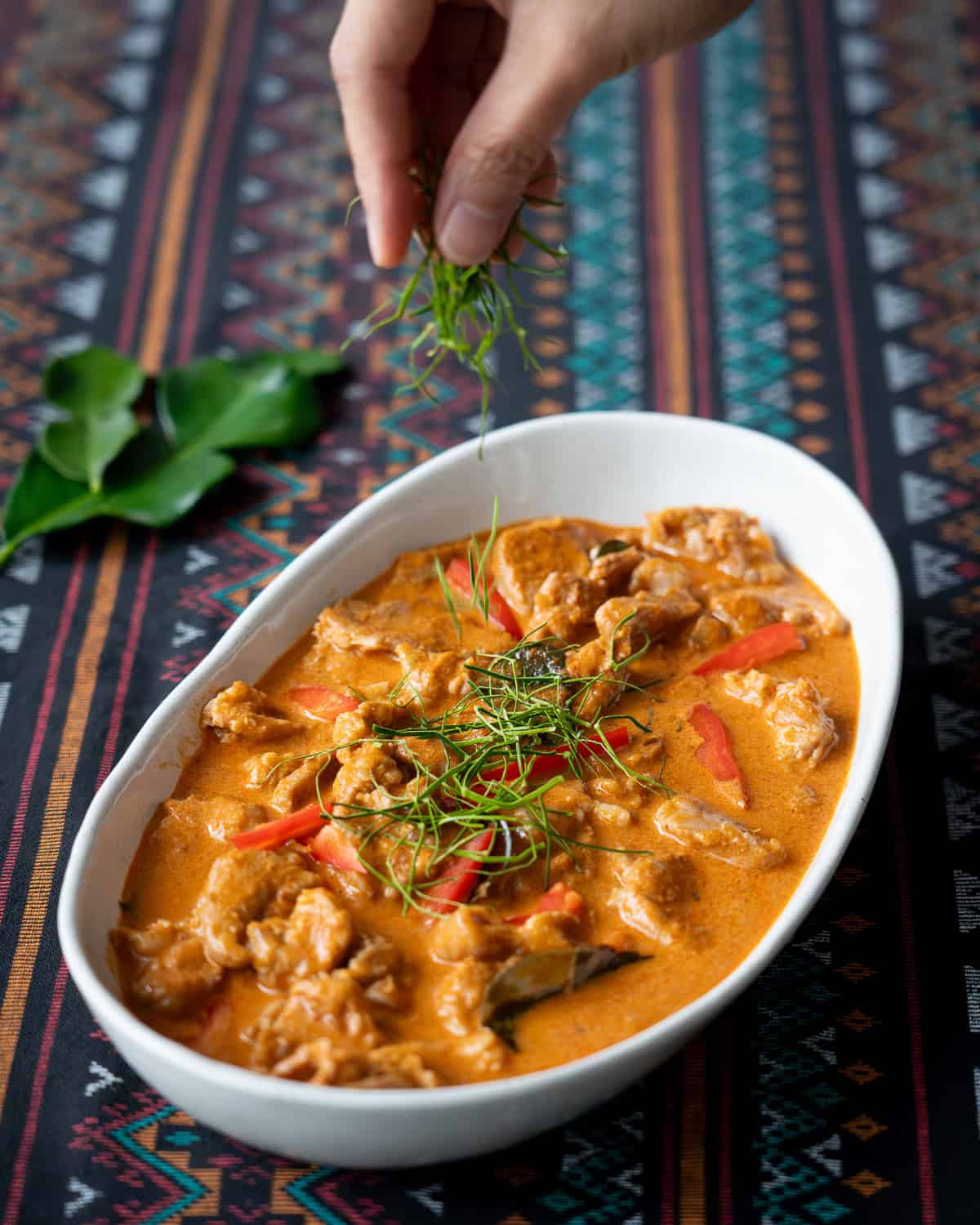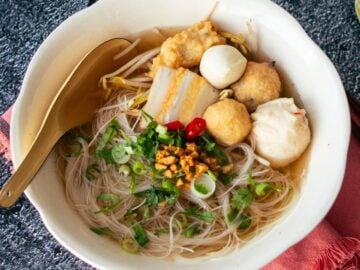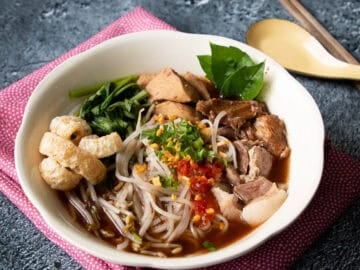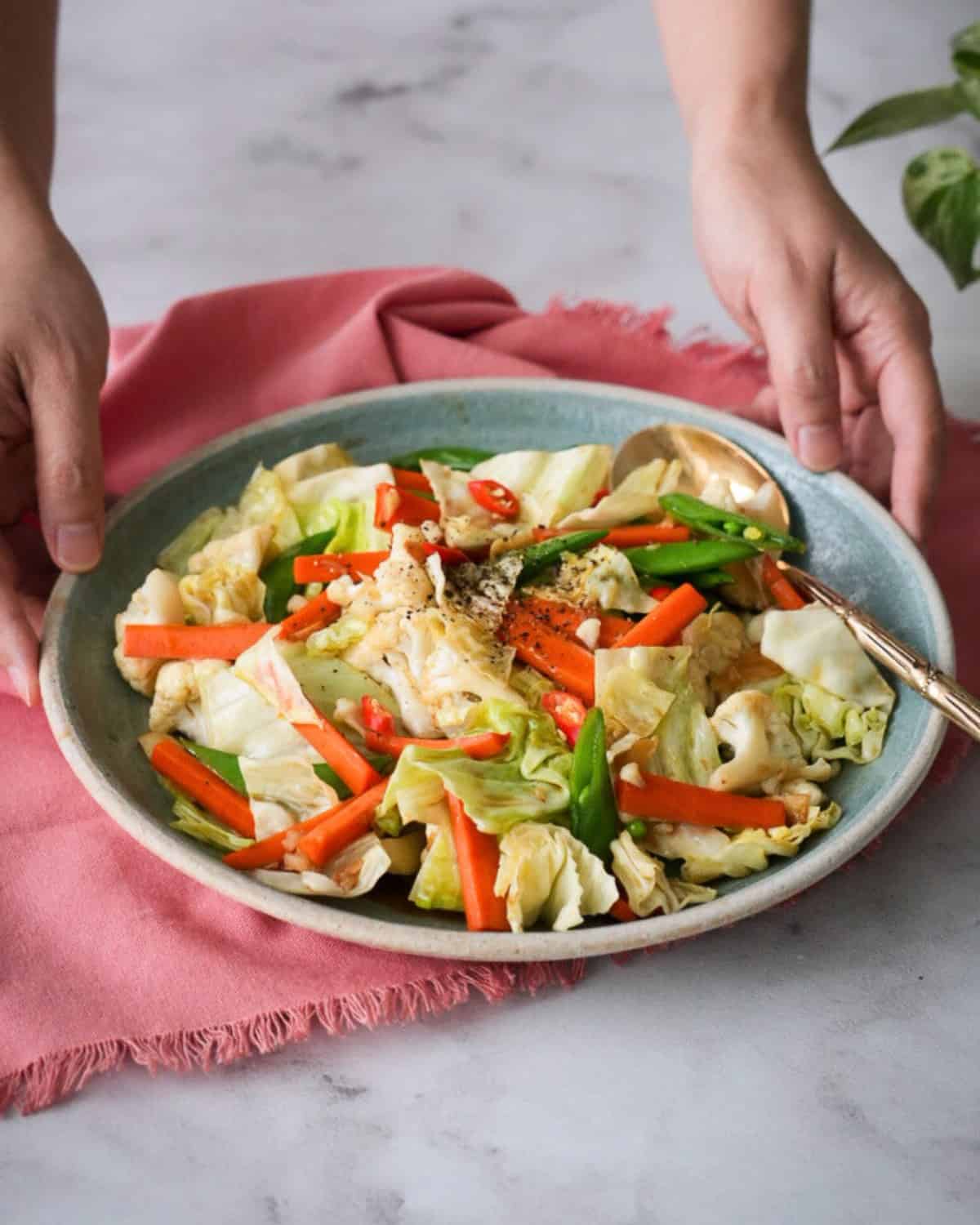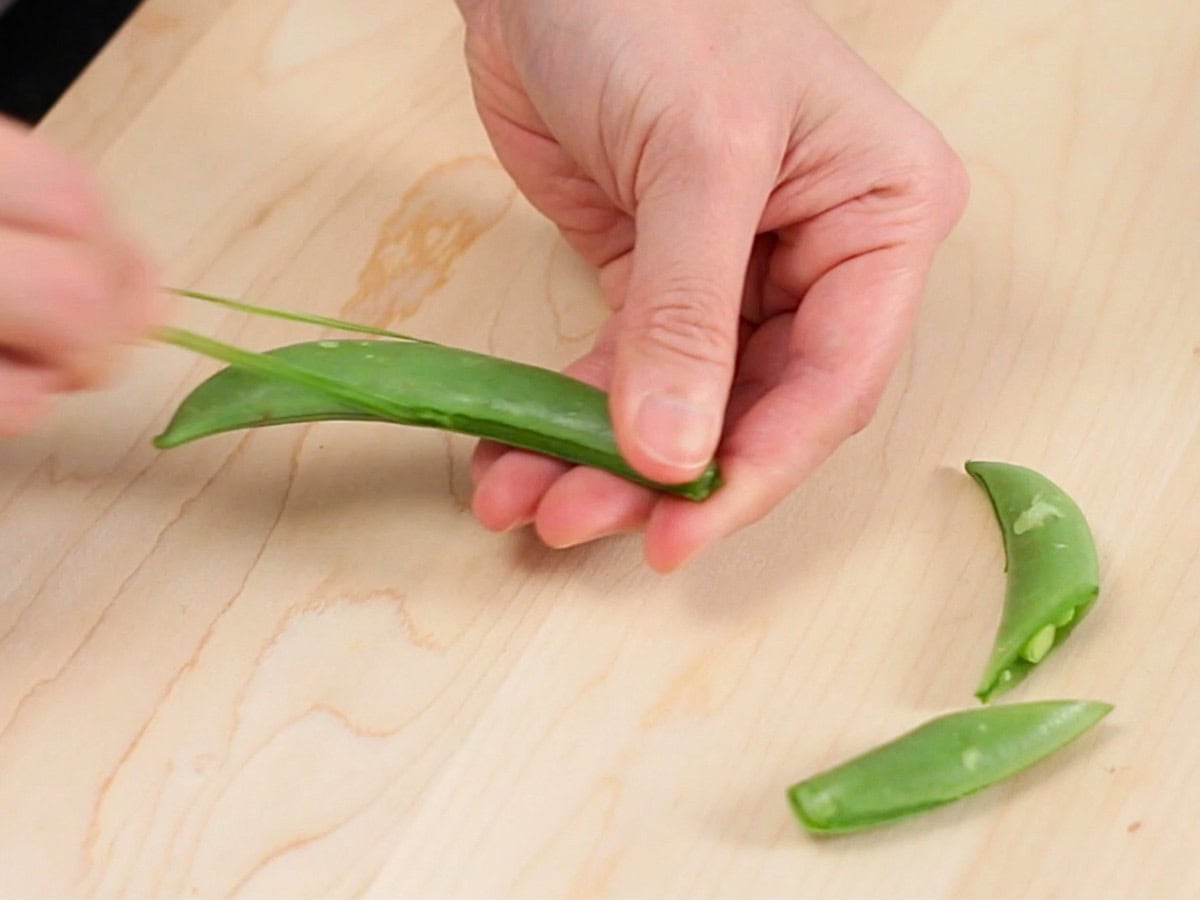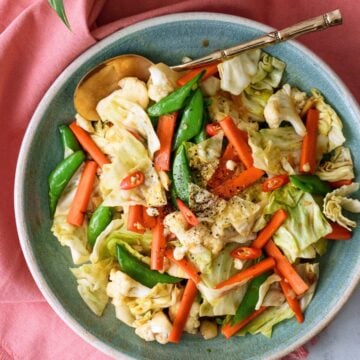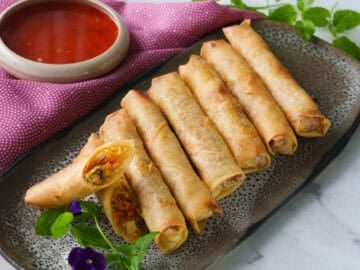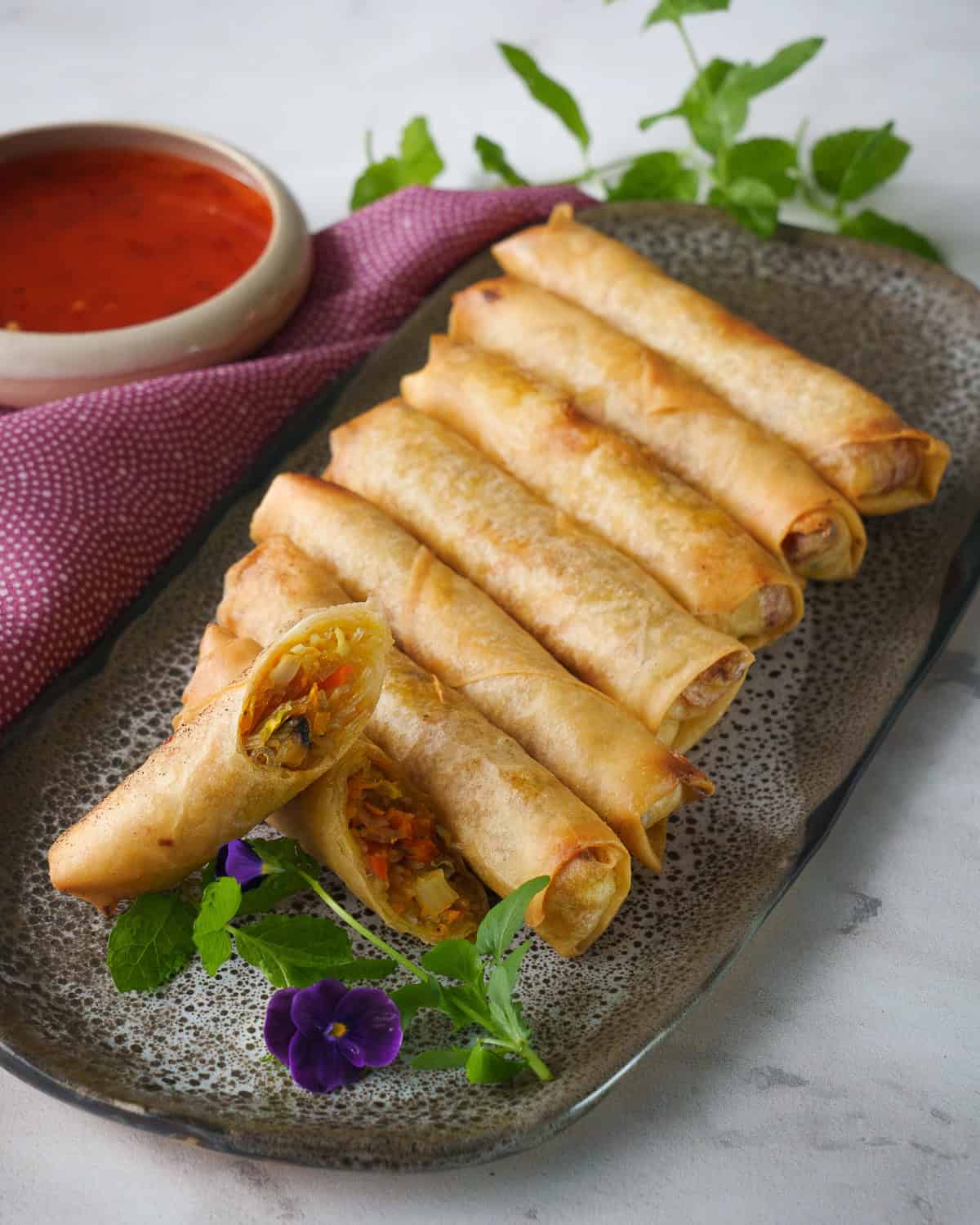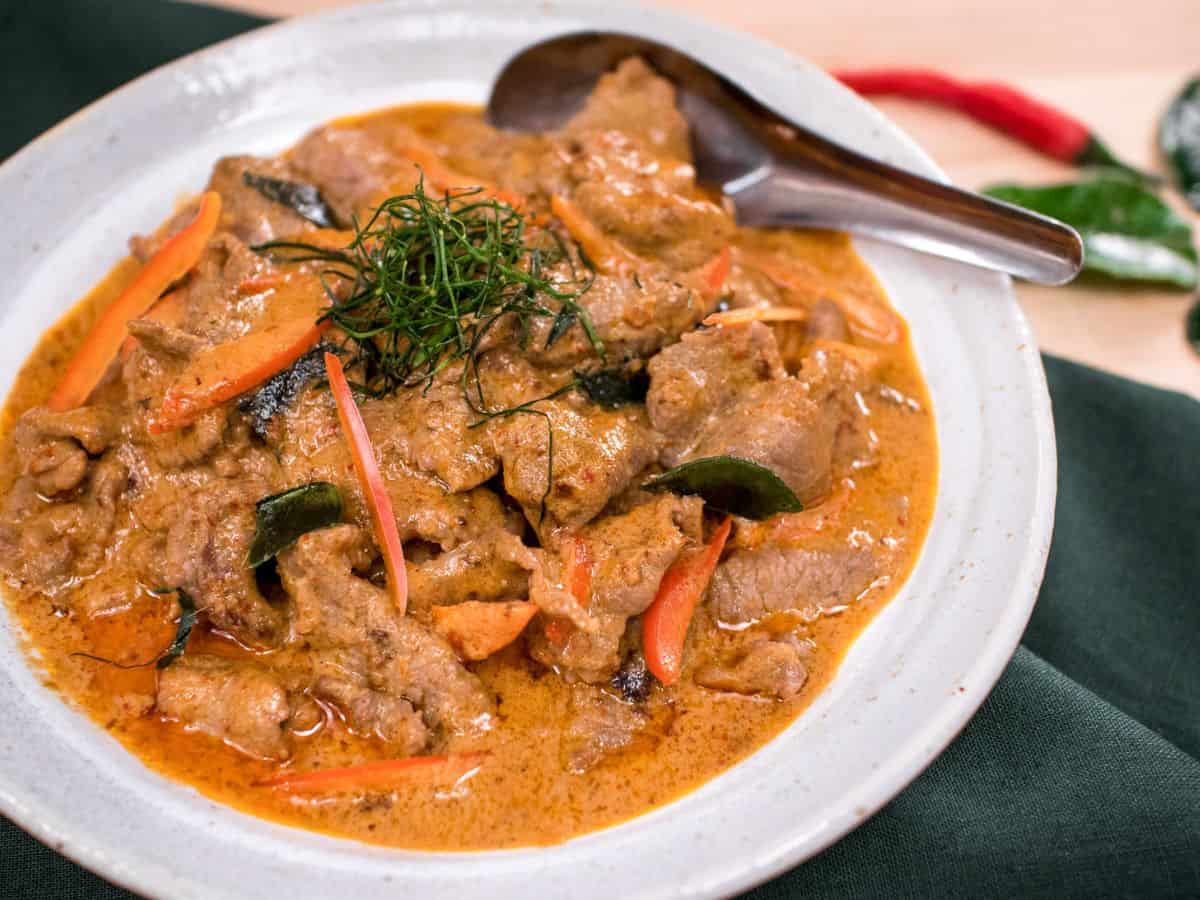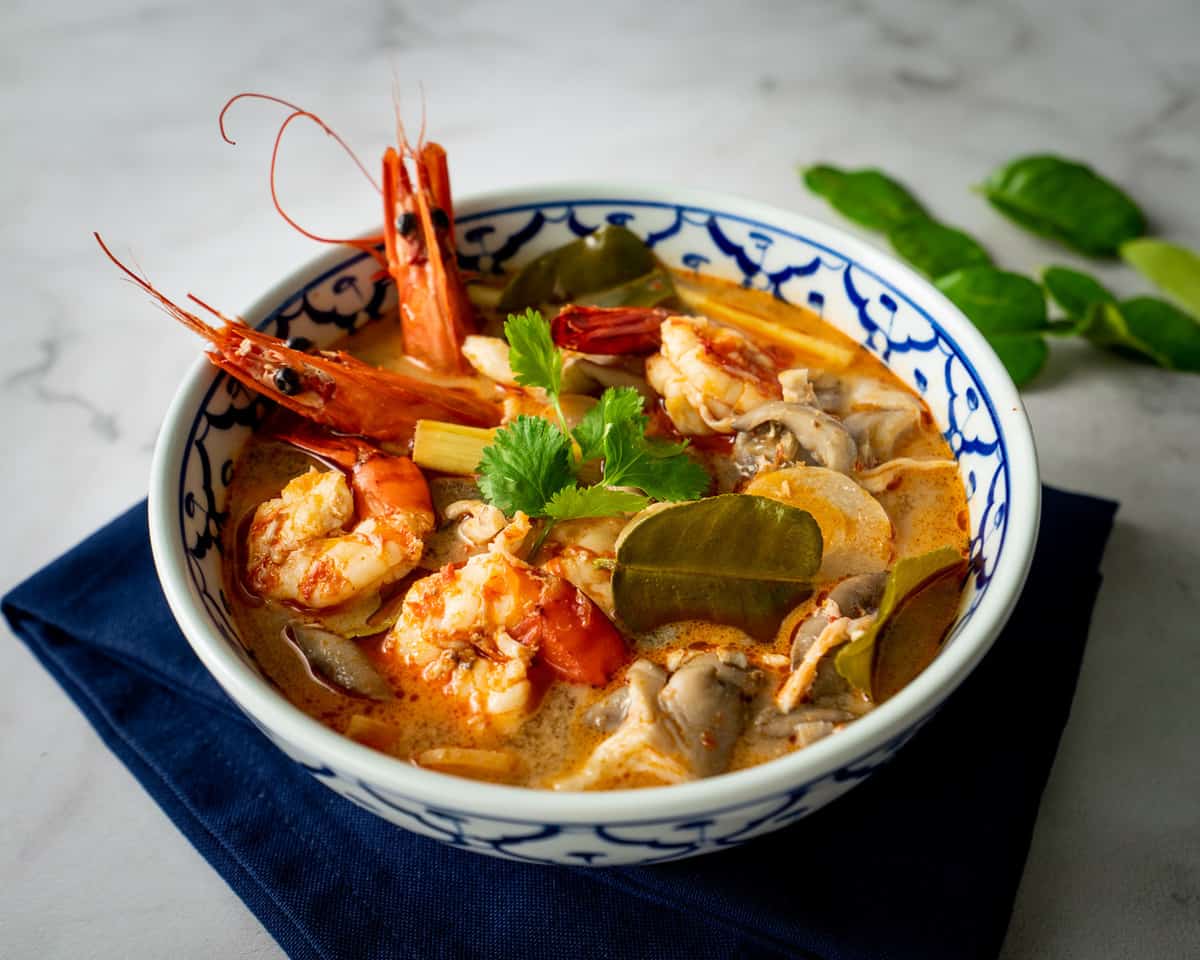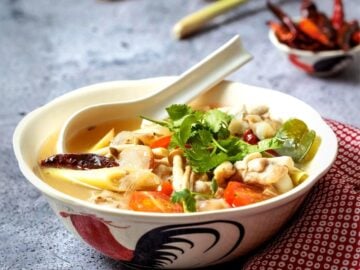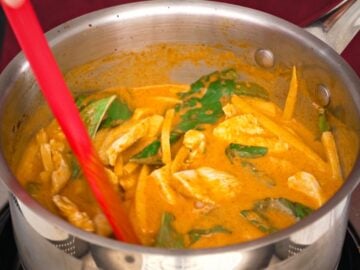If you’re a foodie like me, whenever you travel, a lot of your research probably revolves around what to eat! So today I want to give you my list of 11 MUST HAVE foods when you go to Thailand, including tips for where to look for them and some specific restaurant recommendations!
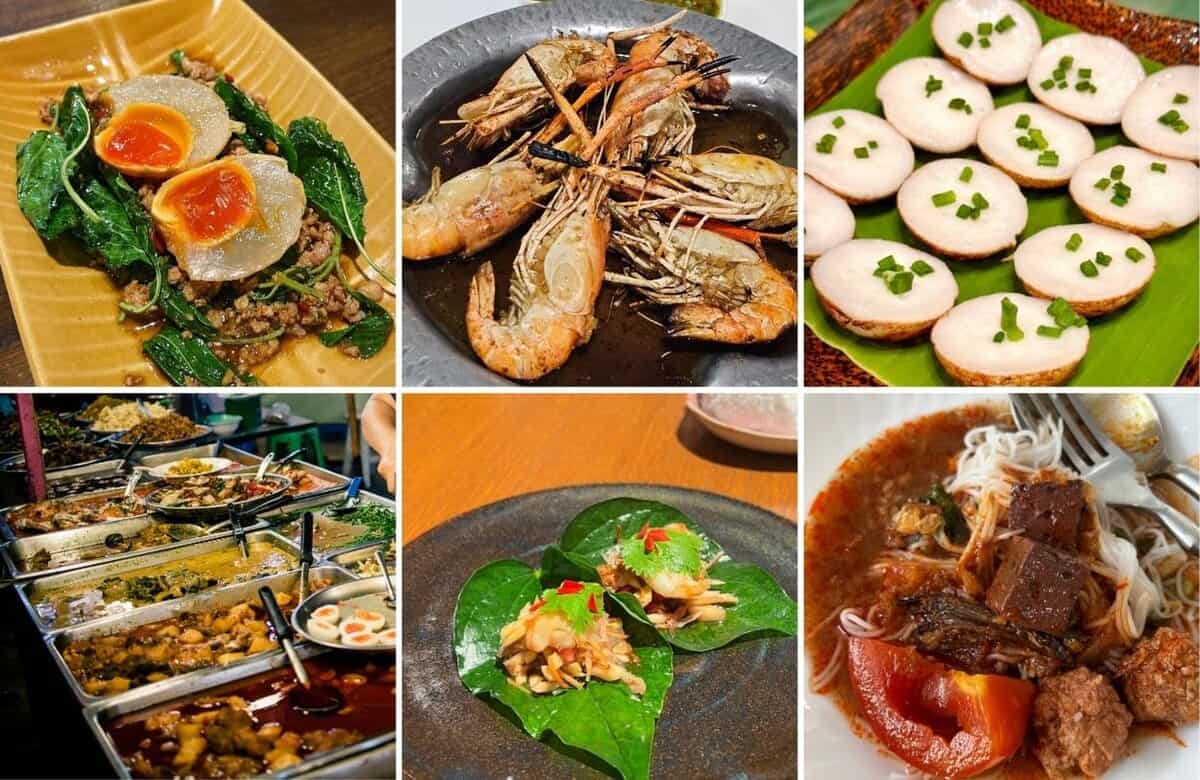
How did I come up with this list? Well, these are delicious dishes that are 1) commonly eaten by Thai people and therefore are culturally significant, 2) not easy to replicate at home and, 3) not easy to find good ones in Thai restaurants overseas. So while you're in Thailand, that is your chance to experience them! the more reasons to try them while in Thailand!
I also made sure this list is very doable, so nothing on here is obscure and hard to find, so wherever you end up in Thailand, you’ll be able to tick some of the things off this list. Let's get started!
*I have included tips for where to look for these dishes and some specific restaurant recommendations, but since I am from Bangkok, all my recommendations are in Bangkok!
Watch the Video
If you prefer to watch my YouTube video as I talk through the list, you can watch it here, however note that I have added #11 on this post that was not mentioned in the video. You can also watch it on my YouTube channel!
1. Boat Noodles - Guay Tiew Reua ก๋วยเตี๋ยวเรือ
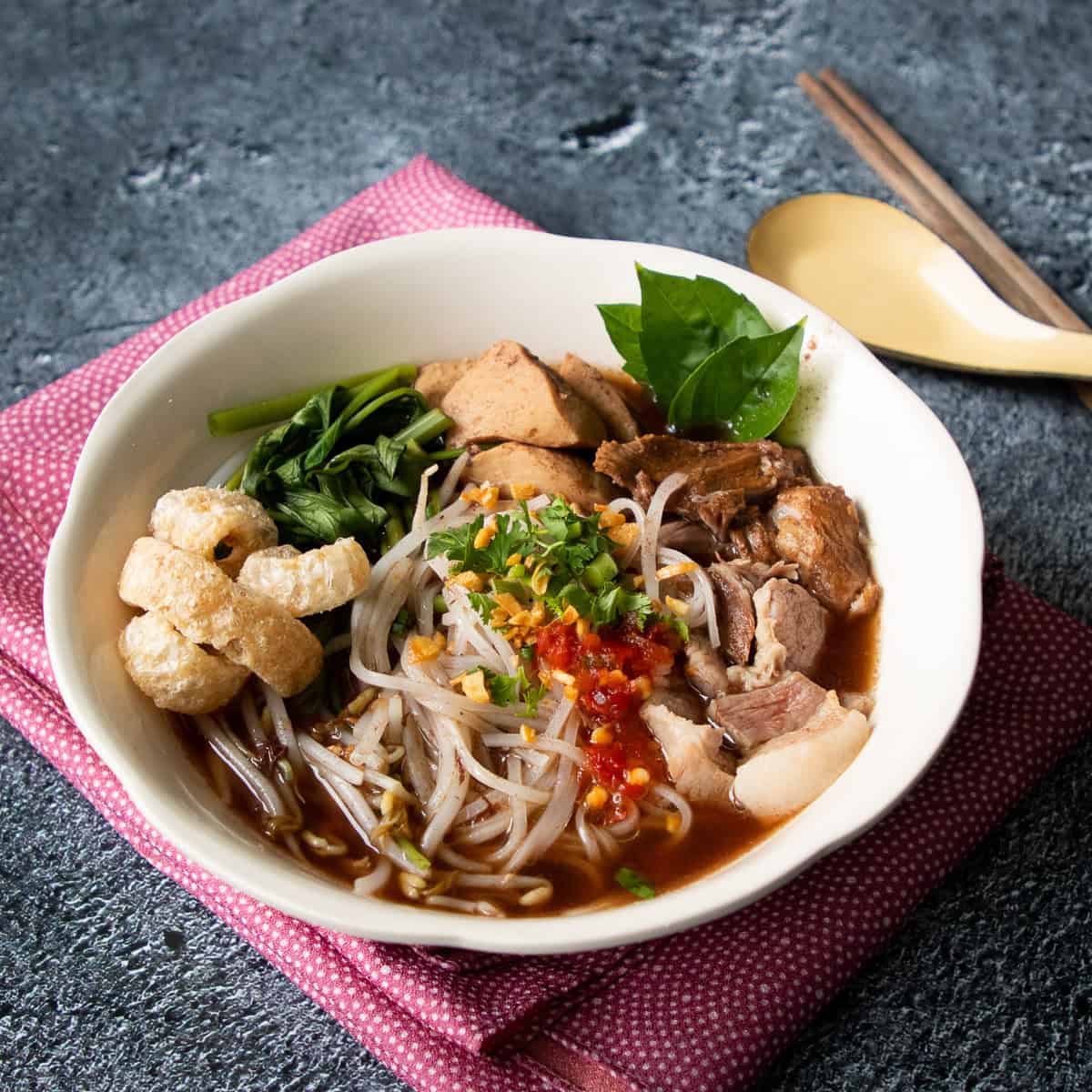
Noodle soup culture in Thailand is unrivaled. Noodle soups are a huge part of the Thai diet and is totally underrepresented by Thai restaurants overseas. So when you’re in Thailand, you gotta try at least 1 noodle soup. But with so many different kinds and only limited number of meals in Thailand, which do you prioritize? For me, it's boat noodles, no question.
This is because 1) IMO it is the best tasting one that absolutely explodes with flavour. 2) If you tried to make a fully loaded boat noodles at home, with all of the fixings, if you can find all the ingredients, it is still a project. And yes, if you’re in a big city you can probably find boat noodles, but it’s often not as good as the ones in Thailand. So you don’t miss it while you’re there!
Where to find boat noodles
Boat noodle shops are mostly specialists, so you will mostl likely not find boat noodles (not good ones anyway) at restaurants that sell a bunch of other things. If you're in Bangkok, my favourite boat noodles is Thongsmith, with many locations in various malls. They are more expensive, but the quality of the meat and broth is top notch and is worth it! They also have good desserts.
Otherwise, boat noodle vendors can be independent restaurants peppered around the city, usually small and hole-in-the-wall type of places, or they can be part of food courts and food markets with dine-in seating.
Not going to Thailand soon enough? If you're ready for the project, here's my boat noodles recipe that I promise will taste just like in Thailand!
2. A curry you’ve never heard of
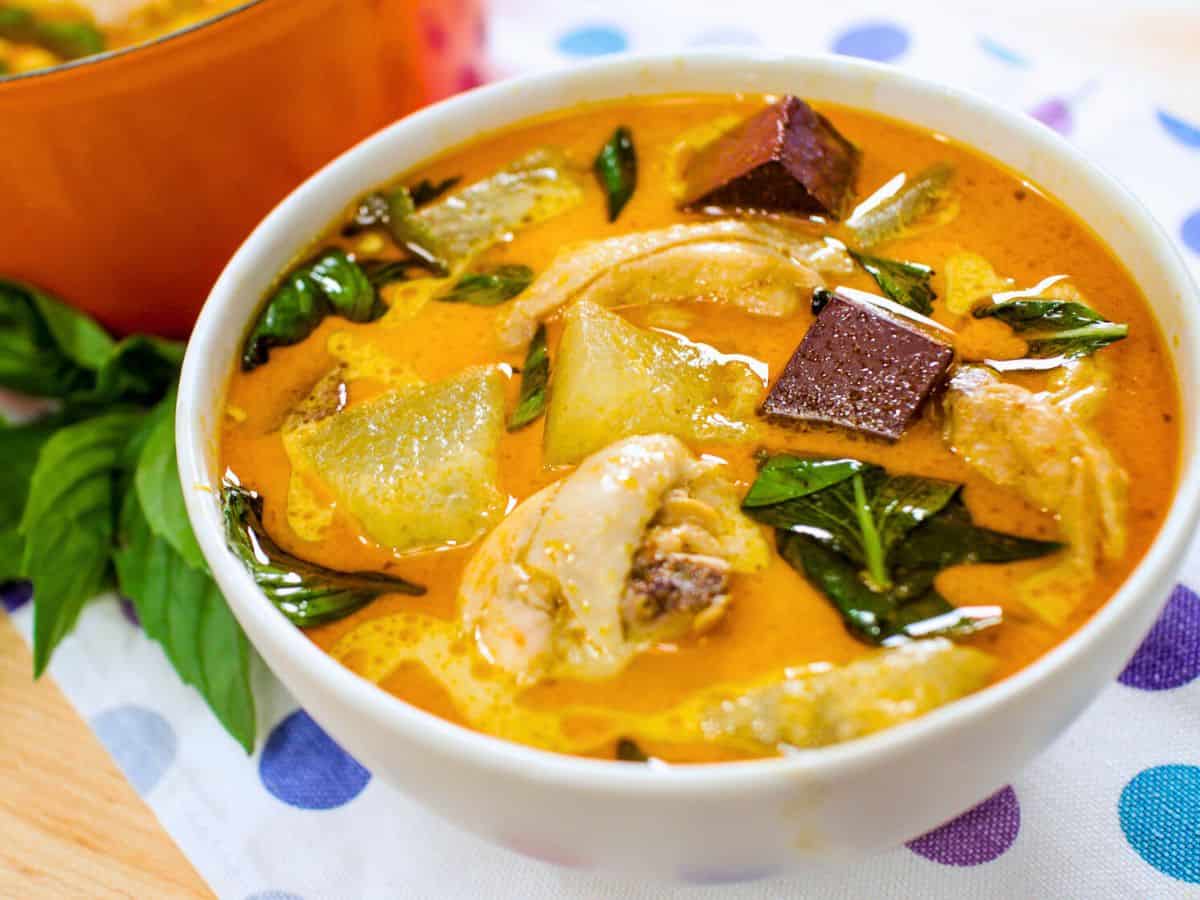
Yes, you probably want to know what a real green curry in Thailand tastes like, but if you don't get a chance to eat it in Thailand, it’s not hard to make a good one at home. But I want you to experience all the other curries that you never knew existed, many of which will challenge your idea of what a Thai curry is!
For example,you can try gaeng tay po, which is a slightly tart coconut curry with pork belly and water spinach. Or gaeng om, a light northeastern curry that's uniquely flavoured with dill. These are just two of many curries that most restaurants overseas don’t offer.
And IF you’re going to have a green or a red curry, at least get one with ingredients you’ve never had, like pea eggplant, heart of palm, or cooked blood (pictured above)! Yes, cooked blood, it’s very commonly added to curries in Thailand and one of my fave. Try my chicken curry with winter melon and blood recipe!
Where to find a curry you've never heard of.
If you're in a sit-down restaurant that's not a tourist trap, you will likely find something you've never had before. Remember that the names of all Thai curries start with the word gaeng, so you can look out for that on the menu.
You can also visit a raan khao gaeng (more on this in #5) and you can see all the options before you order them. I also like to visit regional restaurants for this as regional curries are more likely to be new to you. In Bangkok I love Maan Muang for northern Thai food and try a gaeng hunglay or a yum jeen gai. For southern Thai food try KhuaKling PakSod and get a gaeng leuang (super spicy sour turmeric curry!).
Not going to Thailand soon enough? Try making my sour curry gaeng som recipe you likely have never had before!
3. Kanom Krok - Coconut Pancakes/Pudding Cups ขนมครก

I have a huge sweet tooth and I take desserts very seriously. And one of my favorite, if not actual favourite, Thai dessert is kanom krok. These are often referred to as coconut pancakes, but they're more like a cross between a pancake and a warm coconut pudding. I love them so much I had a kanom krok station at my wedding!
What are they exactly? A rice-based batter is poured into a cast iron pan with little round indents, and then a second batter is added which cooks up into a creamy coconut pudding. The two is cooked together so you end up with a crispy shell, and a soft and creamy middle. Absolutely TO DIE FOR. They can be plain, or topped with taro, corn, or green onions which is my favorite. (Yes, green onions, and yes it is a dessert, don’t knock it till you try!). If you see ones that are purple, it's because they're made from purple rice.

Yes, you can make kanom krok at home, but you will need a special pan, and the technique takes practice, so be prepared that it might take a few rounds! But you should try them in Thailand anyway because they'll taste better there simply because they are made from fresh coconut milk, which makes a big difference when it comes to coconut-forward dessert like this.
Where to find kanom krok:
Kanom krok is usually sold by street stalls or carts, so look for them in indoor and outdoor food markets, or even random carts that line the streets. You can find indoor food markets at most shopping malls. My friend's restaurant A. Mallika has a really good one (the first picture above), but it is a bit far from the downtown core.
Note going to Thailand soon enough? here's my kanom krok recipe which will more than satisfy the craving!
4. Pad Gaprao (Pad Kra Pao) - Holy Basil Stir Fry ผัดกะเพรา
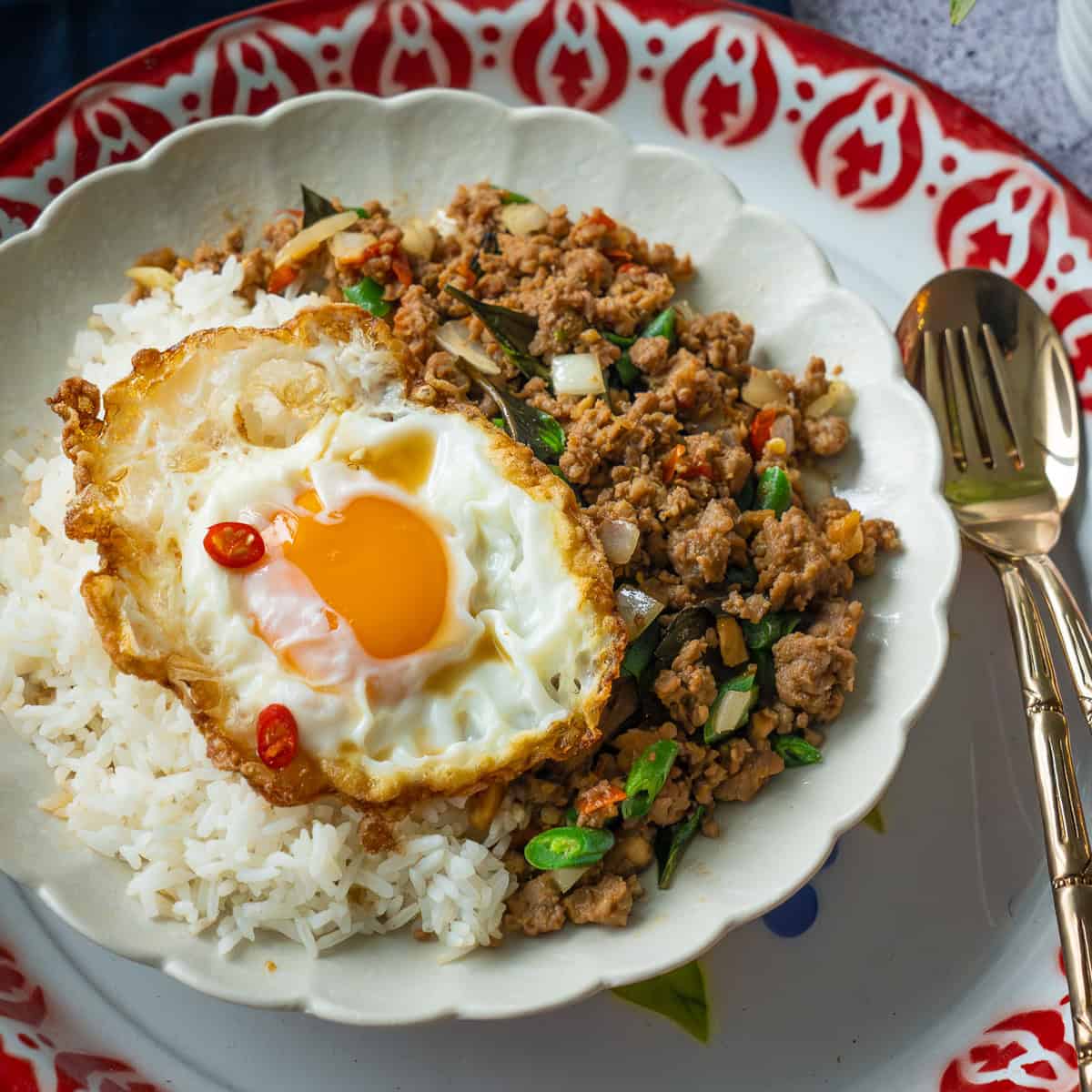
You might be thinking, "wait a minute, every Thai restaurant has this on the menu, why should I get this in Thailand??" BECAUSE...you most likely have never had it made with real holy basil, and cannot make it with real holy basil or gaprao, the eponymous herb of this popular dish.
Good holy basil is rare outside of Thailand. And stuff that’s imported is often bred for durability and have weak aroma. So 99% of pad gaprao you get in restaurants are made with Thai basil (horapa), which tastes quite different. So while in Thailand, that's your chance to experience pad gaprao made with real and potent gaprao!
Not to mention, most restaurants here will only make pad gaprao with basic proteins like, chicken, beef, and pork. But in Thailand you can find it made with ALL kinds of protein including my favorites: crispy pork belly and century eggs (pic below)!
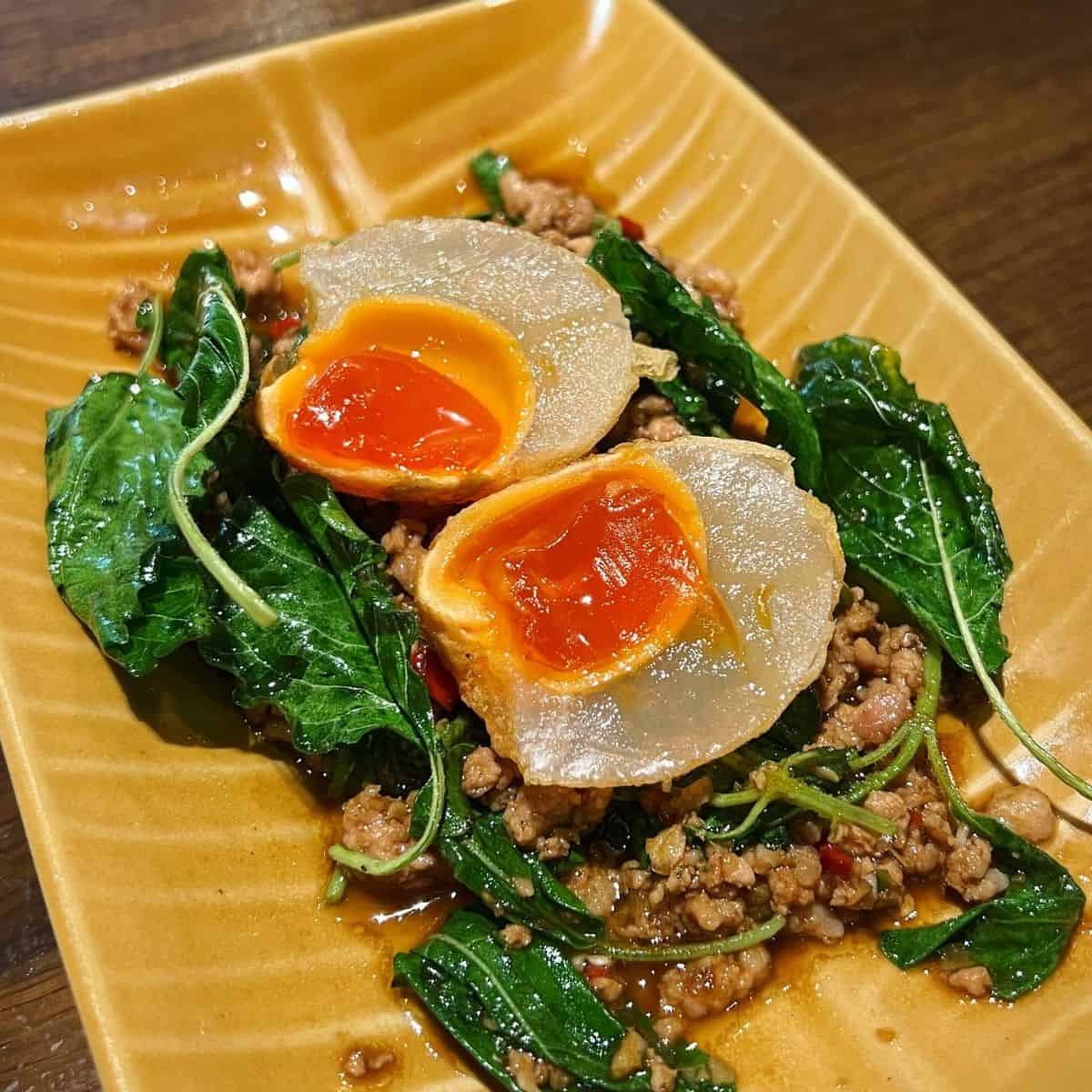
Where to look for pad gaprao
Pad gaprao is super easy to find. If you're in any "generalist" Thai restaurant, many of which I recommend in my post Where to Eat in Bangkok, you can probably find pad gaprao of some sort on the menu. There are a few pad gaprao specialists, and Gapow Tapae has great reviews from locals and is conveniently located in the downtown core. You can also find pad gaprao as a street stall or cart, or sometimes even ready-made at a raan khao gaeng (see #5).
Not going to Thailand soon enough? Try my classic pad gaprao recipe, old school pad gaprao recipe, or use this pad gaprao anything recipe as a formula to experiment with different proteins!
5. Raan Khao Gaeng - Curry Rice Shops
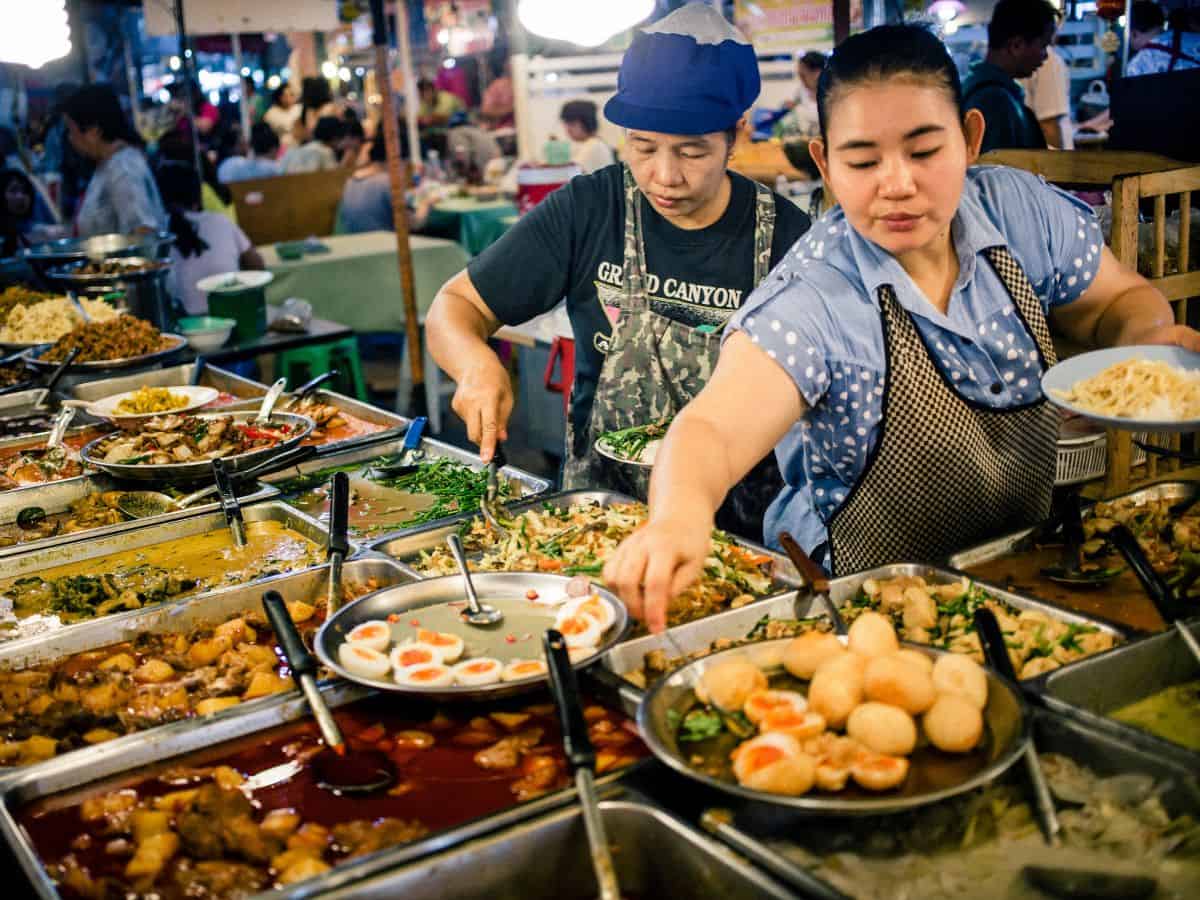
This recommendation is not a specific dish, but a specific kind of restaurant called Raan Khao Gaeng which literally means “curry rice shop.” Rest assured, they have much more than curries!
Raan khao gaeng are unique in that they serve food “cafeteria style,” meaning all the food is already cooked and they’re set out in trays or big pots for customers to see. And you just point to the things you want, and they will scoop that up and pour it over rice (or in a bowl if it's a soup).
This is a must-try because it is the closest thing you’ll get to a home cooked meal without being invited to a Thai home for dinner! The dishes on offer include simple homey stir fries, rustic soups, salads, and of, course curries. These are all dishes that people also make at home, and indeed this is where many locals buy their dinners to take home!
If you're not familiar with many Thai dishes, it's also great to see what all the things look like rather than having to order unknown things off a menu. This is also where you might find your never-had-before curry!
Where to find raan khao gaeng
There is a raan khao gaeng in every food court, and there is a food court in every shopping mall, so this is an easy one! If you're at an outdoor food market, you'll also typically find raan khao gaeng there, however these may be takeout-only, so before you order, make sure the place has seating, or plan to take it back to your hotel!
For a specific recommendation, a Patreon member who lives in Bangkok speaks highly of Hiso Curry Rice which uses higher quality seafood than the average curry rice shop. Other Patreon members have recommended Khao Gaeng Jek Pui, a place people call "legendary" but note that their "seating area" is literally just seating - only plastic stools with NO tables!
Not going to Thailand soon enough? Here are some recipes commonly found at raan khao gaeng that you can make at home: Kabocha squash stir fry, glass noodle stir fry, son-in-law eggs, five-spice pork belly and egg stew (kai palo), and of course, all the curries!
6. Seafood Restaurant - Raan Ahaan Talay ร้านอาหารทะเล
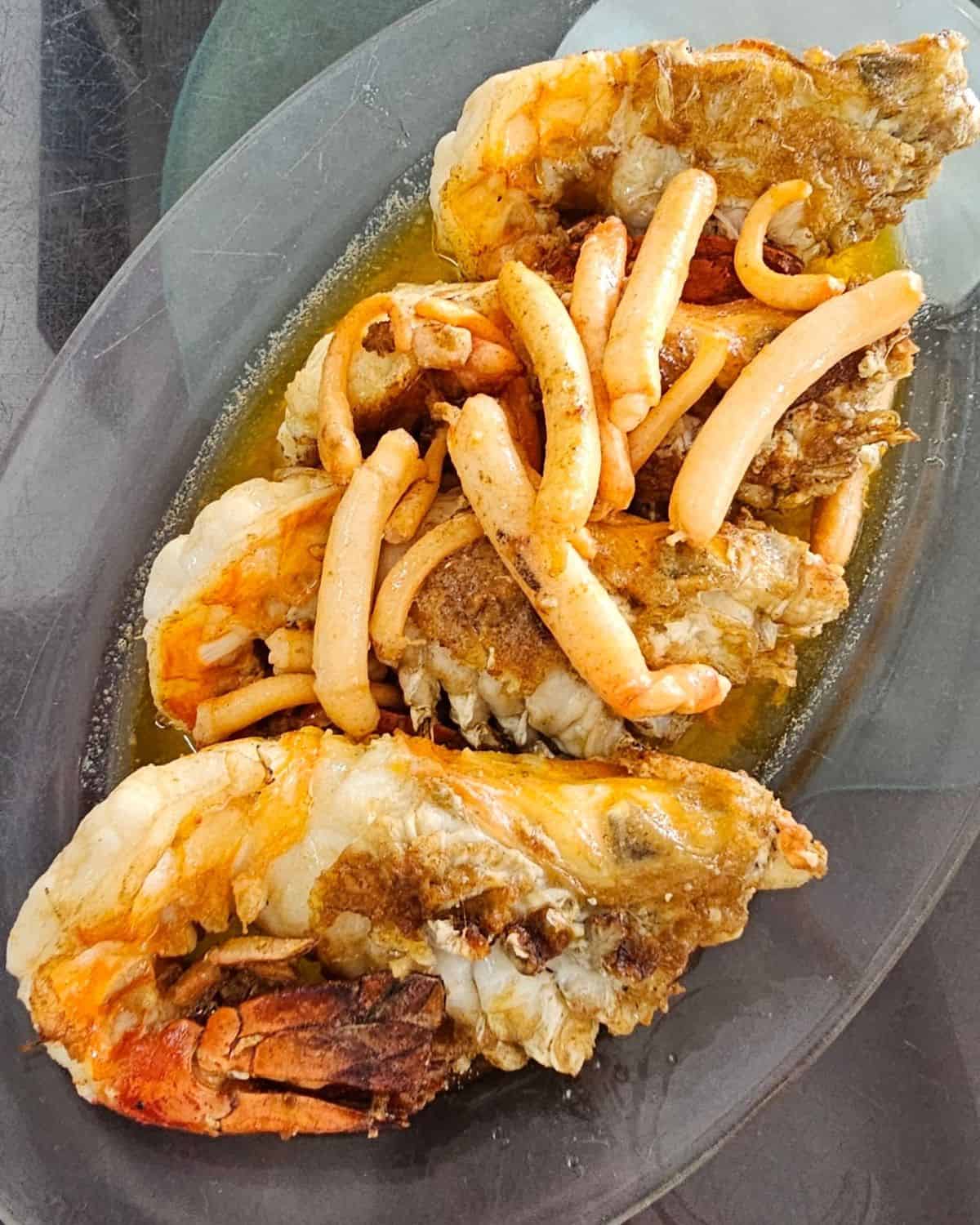
As you may know Thailand is a peninsula with a long coastline. This means we have a lot of seafood, we take seafood very seriously and we do it very well. Naturally, seafood restaurants or raan ahaan talay is one of the most popular genre of restaurants in the central and southern regions where we’re attached to the ocean.
Once you're at these restaurants, order whatever looks good to you, you can't go wrong! You can try any dish you want but some must have dishes for me is: steamed blue crab simply served with nam jim seafood. For something richer, curry crab is my personal fave, steamed barramundi with garlic and lime, ginger shrimp with glass noodles, and also river prawns, (which are IMO better than lobster!) done anyway, but my fave is fried with garlic.
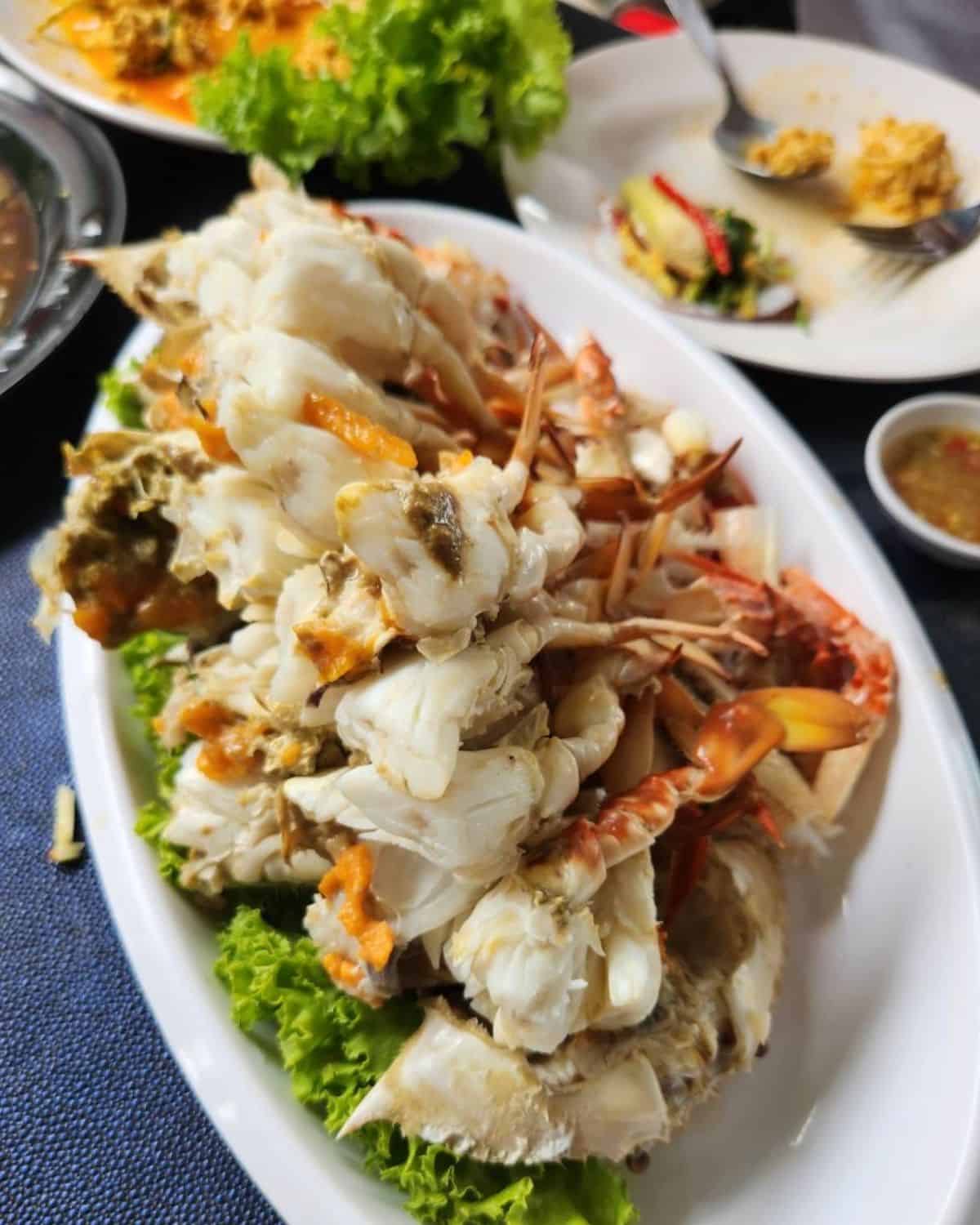
Where to find seafood restaurants
Seafood restaurants are all sit-down, dine-in places, and if you're in Bangkok or any coastal towns, they're everywhere! In Bangkok, some of my favorites are Laem Charoen Seafood (many locations), Ob Aroi Town in Town, Somboon Seafood (many locations), Kungthong Seafood.
Not going to Thailand soon enough? Check out all my fish and seafood recipes here!
7. Miang Kham - Wild Betel Leaf Wraps เมี่ยงคำ
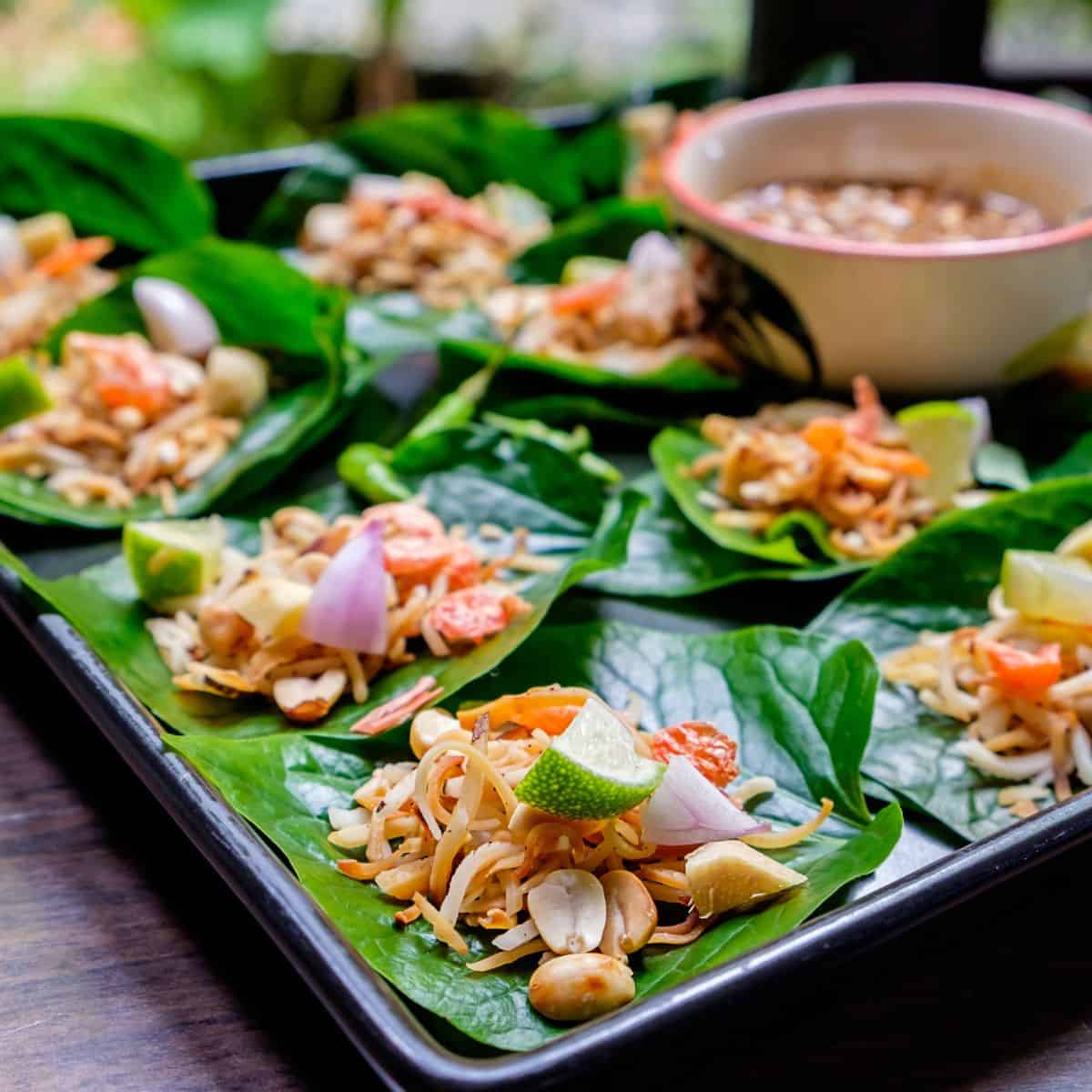
Miang kham are the most unique tasting Thai dish I can think of. There is nothing, even in Thai cuisine, that tastes like miang kham, and it is an explosion of flavours in every sense of the word. They are little bite sized wraps, wrapped with wild betel leaves, and the inside is filled with toasted coconut, peanuts, skin-on lime, ginger, shallots, dried shrimp, and chilies. And before you eat you drizzle it with a sweet-yet-savoury sauce.
This is a must try simply because of how unique it is, and it’s insanely delicious. In one bite there is everything happening: sweet, sour, salty, spicy, crunchy, chewy, nutty, toasty, earthy…just amazing.
I do have a recipe for miang kham, but it’s not a quick and easy recipe, and for most people the ingredients are not easy to find, which is one of the reasons why I filmed that video in Thailand.
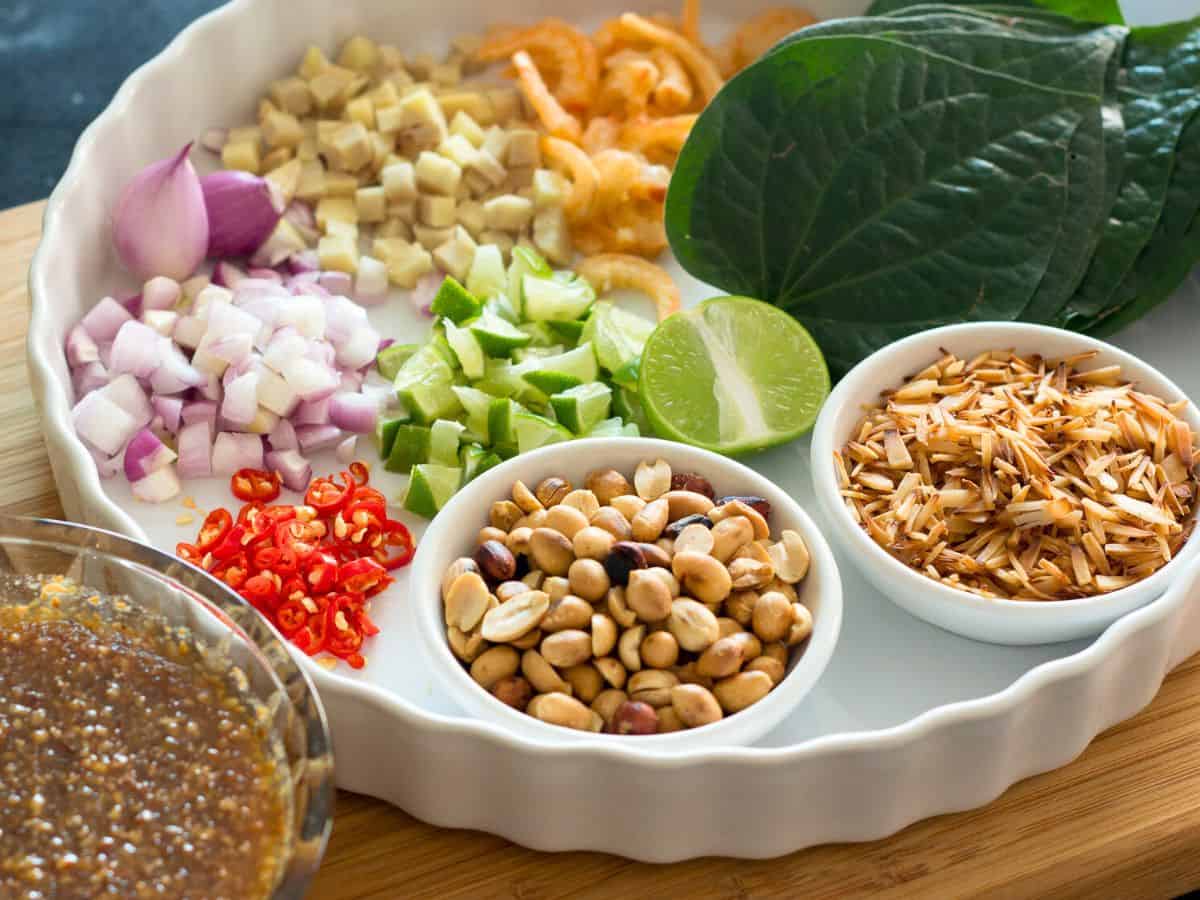
Where to find miang kham
You can look for miang kham when you go to a sit-down, generalist Thai restaurant, though admittedly it is not super common so don't miss it if you see it! You can find some recommended generalist Thai restaurants on my post Where to Eat in Bangkok.
However, you might have better luck looking for a "miang kham kits," which come in a box or bag with all the ingredients prepped and ready to wrap (sometimes the limes are kept whole so people can cut them up fresh, so you'll need a knife.) You can look out for these kits at supermarkets or indoor and outdoor food markets.
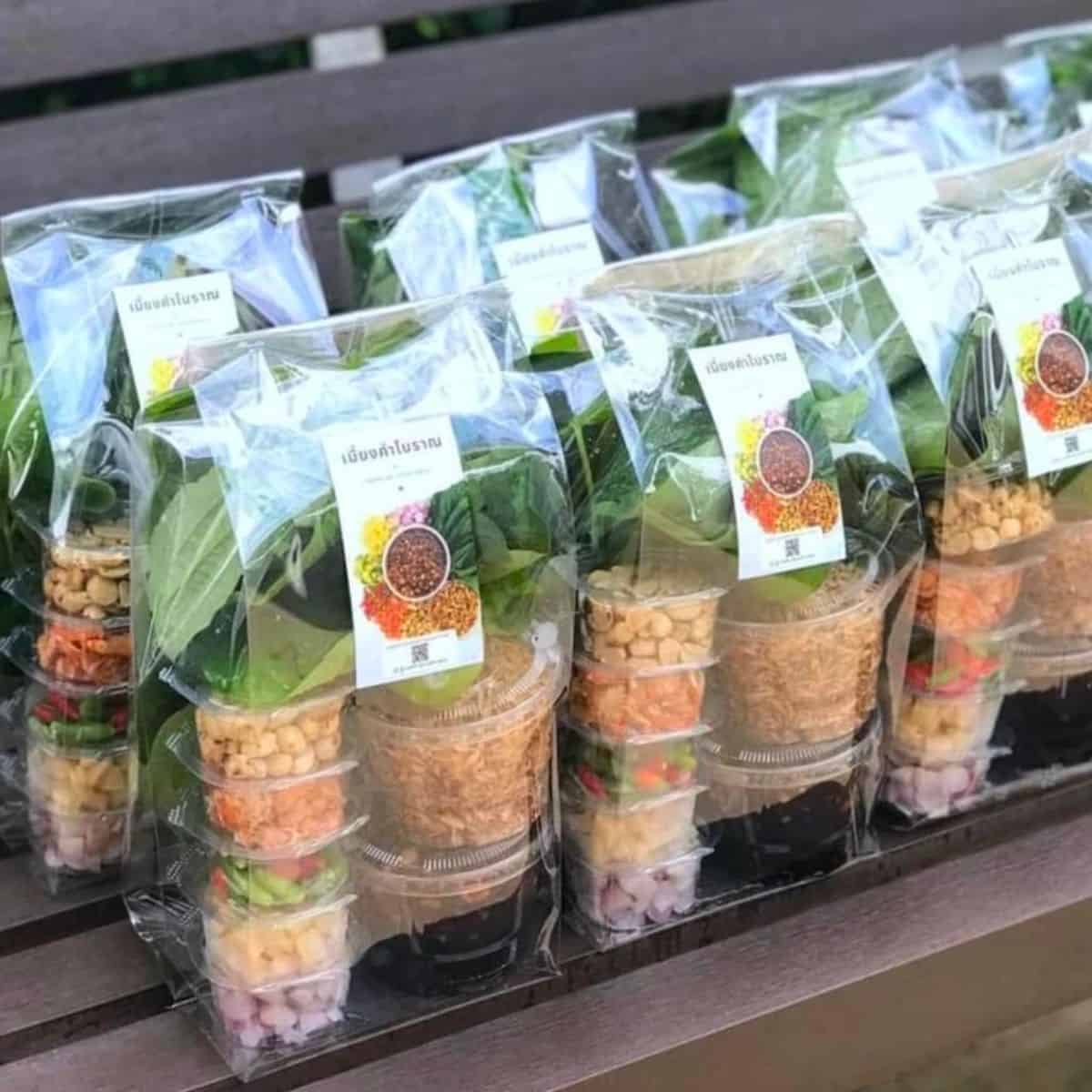
Not going to Thailand soon enough? Try making it at home with my miang kham recipe! You can find wild betel leaves at some Vietnamese grocery stores, and try your best to get thin-skinned lime as you'll need to eat them with the skin on.
8. A Proper Isaan Meal - Ahaan Isaan อาหารอีสาน
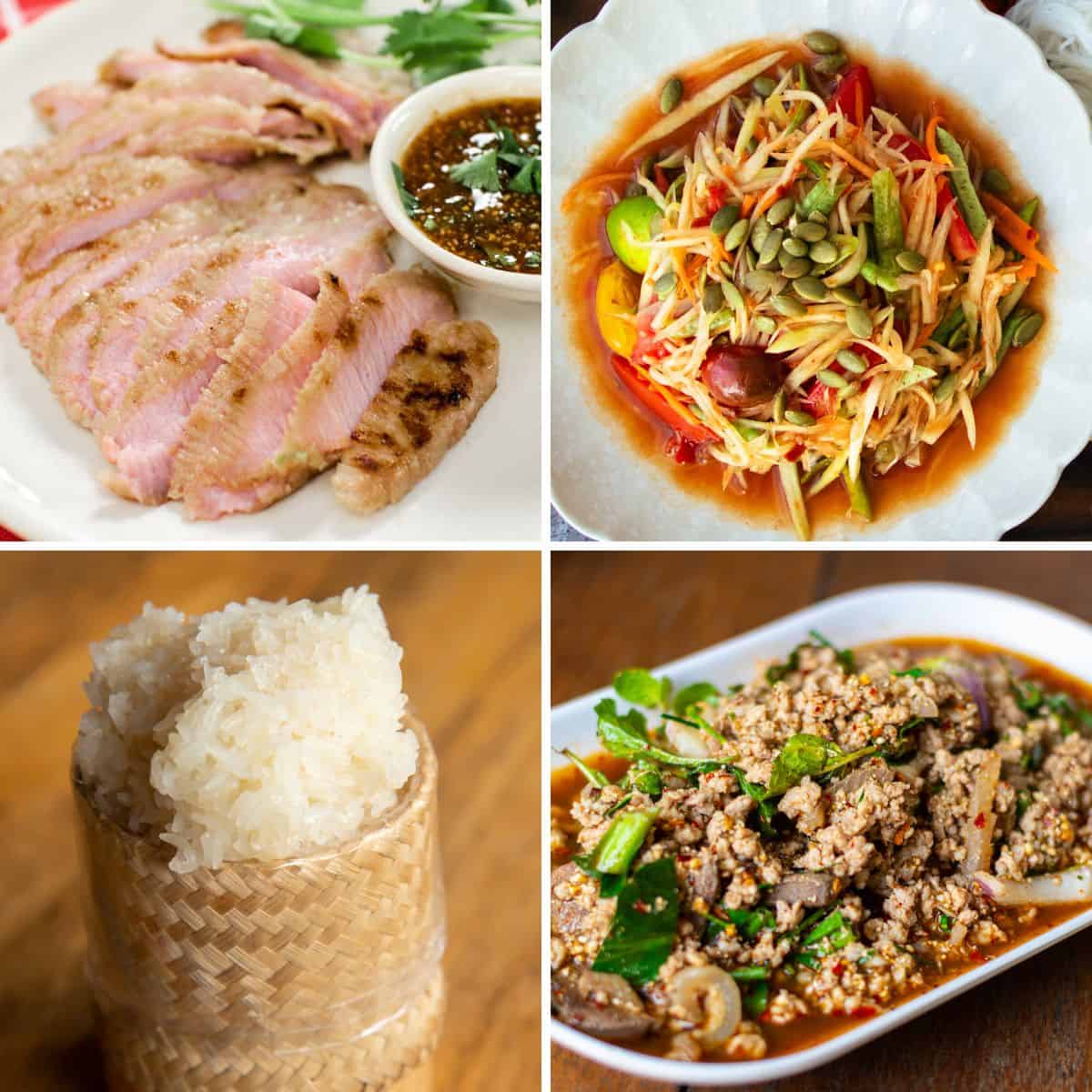
Isaan is the northeastern region of Thailand, and you probably already know many dishes from this region: som tum (papaya salad), laab, and gai yang (BBQ chicken), to name a few. But the isaan dishes offered in most restaurants overseas are an extremely small selection of what you can get in an Isaan restaurant in Thailand.
You’ll see easily 20 types of som tum, many kinds of laab, grilled whole catfish, and soups you’ve never heard of. For for the adventurous and curious eaters, they’ll do super funky stuff that most Thai restaurants here wouldn't dare offer to a Western clientele! Also, if you love spicy food, this is the place for you!
Where to find Isaan restaurants?
In Bangkok they are very easy to find. Typically they are sit-down, casual restaurants that can be on the street or inside shopping malls (every shopping mall will have at least 1 isaan place). For specific recommendations, Phed Phed (many locations) is a place that my friends love and have a big variety of dishes that are very creative. You can also try Somtum Der. My family typically order from Phra Ram 9 Kai Yang, but it might be out of the way if you're staying downtown.
*Note: Anywhere that calls themselves a gai yang (bbq chicken) specialist, they're also likely an isaan restaurant.
Not going to Thailand soon enough? Try making an isaan meal at home with papaya salad, laab, nam tok (steak salad), bbq chicken and sticky rice!
9. Kanom Jeen - Fresh Rice Noodles with Sauce ขนมจีน
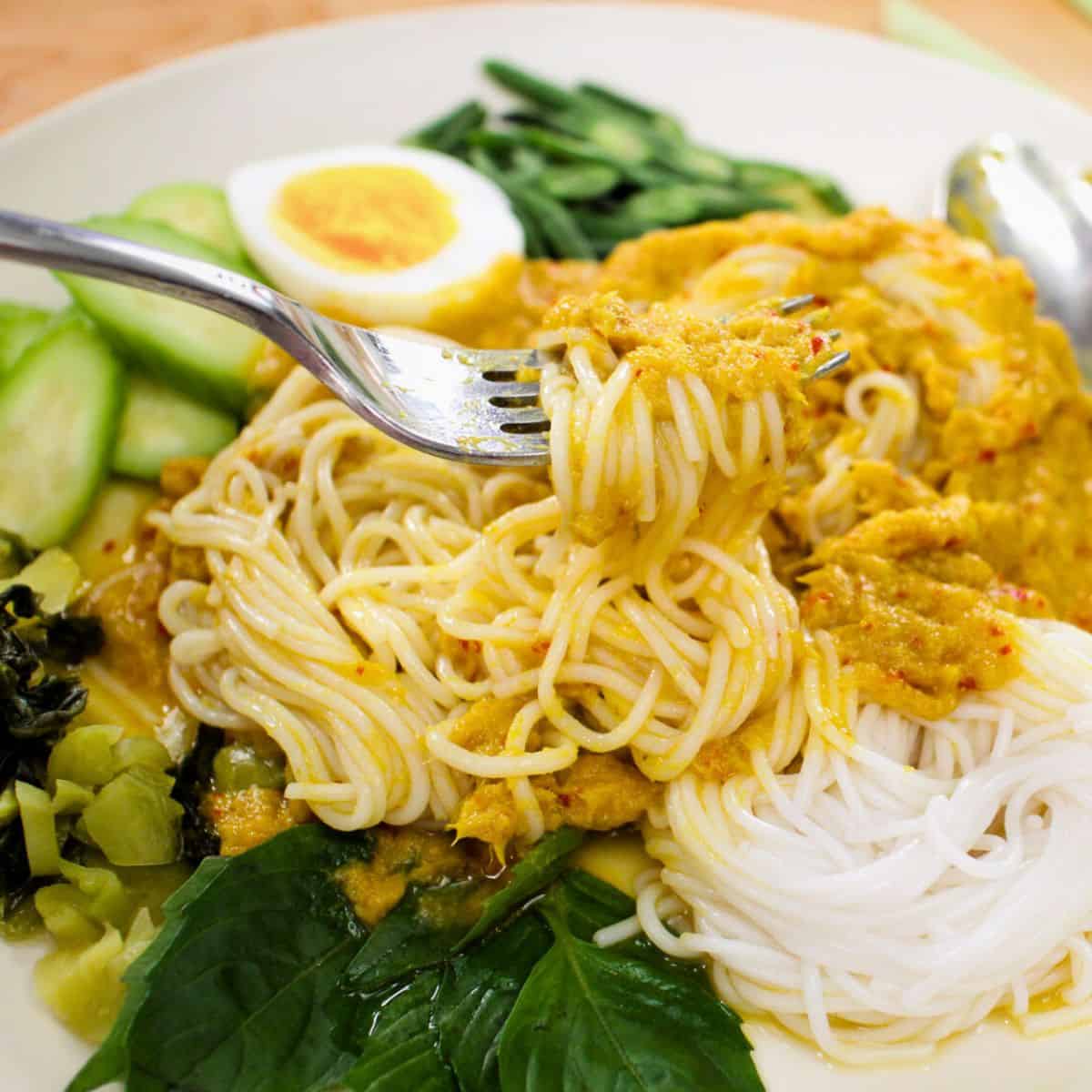
Kanom jeen is a category of dishes comprised of fresh, sometimes fermented, rice noodles with various kinds of sauce poured on top. It's kind of like pasta where you have the same noodles with the option of different sauces to go with them.
The reason this is a must is because 1) it’s extremely rare for a Thai restaurant overseas to offer it. 2) While you can make it at home, you’ll need to use dry noodles which is not quite the same. So in Thailand it is your chance to have it with real fresh noodles, and if you can find fermented noodles, even better!
Each region of Thailand has their own sauces, so if you’re in the north, you should try kanom jeen nam ngiew, (pic below) and in the south, we have kanom jeen namya, and in the central region you try kanom jeen nam prik! (Sorry I only have a recipe for one of these, haha, that's why you gotta go to Thailand!)
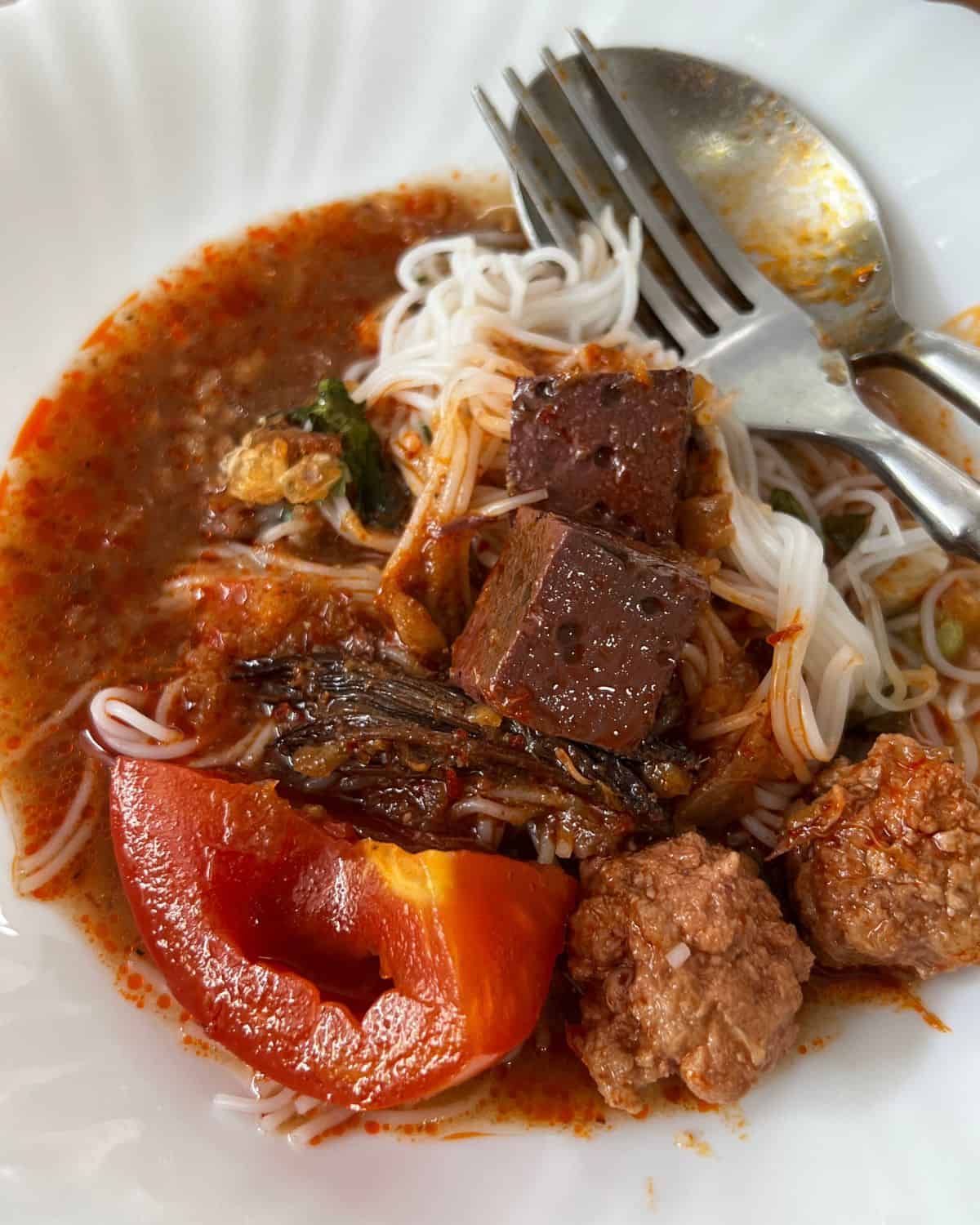
Where to find kanom jeen
Our family usually buys kanom jeen from a vendor at a market and bring it home to eat. For dine-in, it might be easiest to check out a northern or southern restaurant which often have their region's kanom jeen on the menu. But if you want to see the range of different sauces, you can visit a kanom jeen specialist such as Khanom Chin Mae Chan (I've never been but looks legit). Or if you are willing to venture out of the downtown core, you can find kanom jeen buffet, like this place (also never been) so you can try all the sauces in one place!
Not going to Thailand soon enough? Try my kanom jeen namya recipe, or it's also very common to eat green curry chicken with kanom jeen!
10. Mango Sticky Rice - Kao Niew Mamuang ข้าวเหนียวมะม่วง
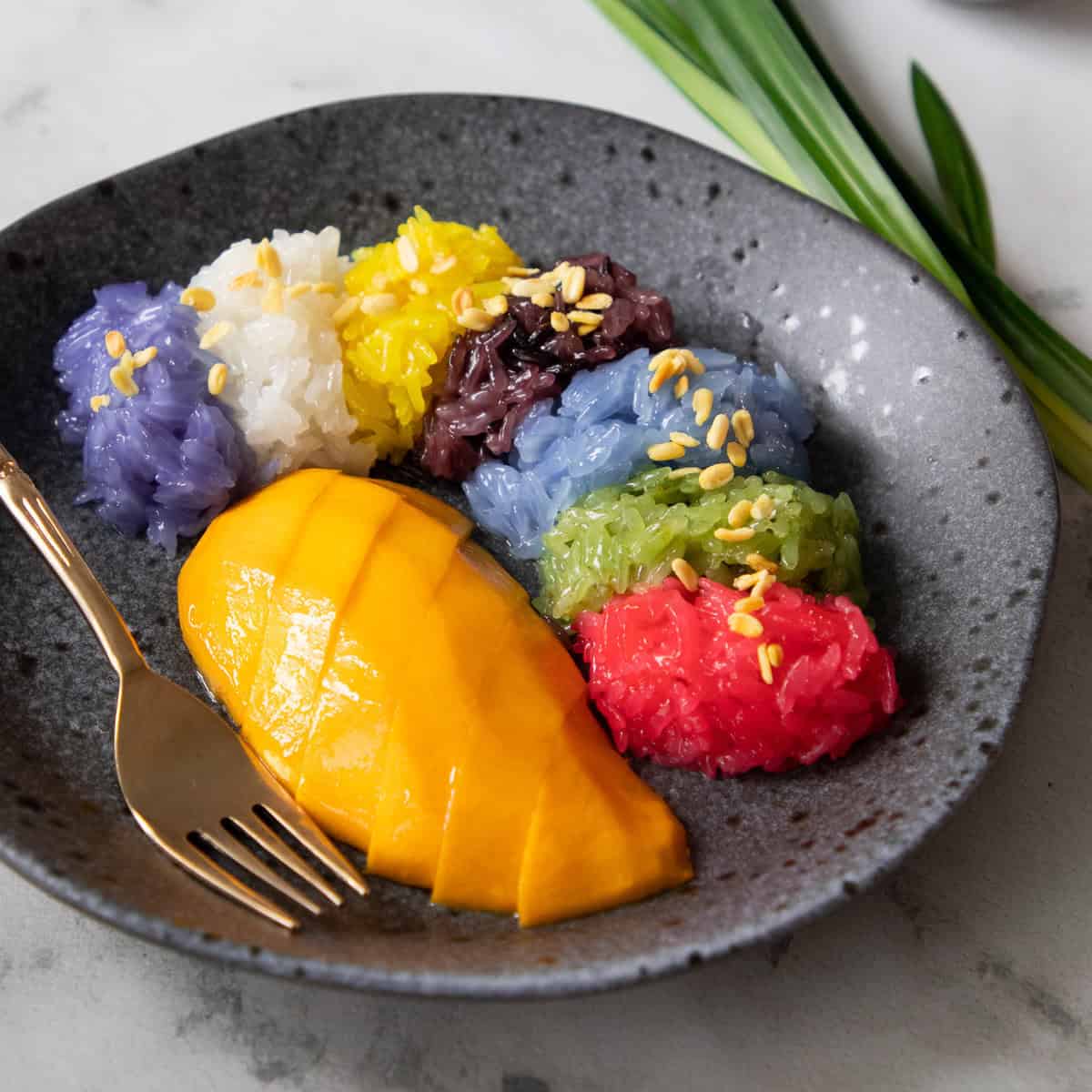
And we’ll end with dessert. Now if you’re thinking, wait a sec, you can get mango sticky rice anywhere in America! Yes...but not with THAI MANGOES! And if you’ve never had Thai mangoes, it is a must, especially if you go there during mango season which is around March and April, it will blow your mind.
If you’ve only had mango sticky rice outside of Thailand, and you love THAT, you owe it to yourself to try an uncompromised version in Thailand where it’s served with the type of mango intended for this dessert (nam dok mai variety) and with sticky rice made with fresh coconut milk. I've never had mango sticky rice outside of Thailand, even one I make myself, that tastes like they do in Thailand. Ingredients make all the difference!
Where to find mango sticky rice
My favorite mango sticky rice vendor is K. Panich. Another popular place is Mae Varee which is in a convenient location, but I don't love as much. Chor Sornkeaw is also famous and does rainbow sticky rice if you love instagrammy things.
A lot of restaurants, especially generalist Thai restaurants and seafood restaurants, will have it on the menu, so always worth a look. Remember: in-season mangoes (Mar - May) are miles better than out-of-season mangoes so if you're there out of season the mangoes have a chance of being sub-optimal.
Not going to Thailand soon enough? When it's mango season where you live, make my mango sticky rice recipe which also teaches you how to make the rainbow sticky rice too!
11. Traditional Coconut Ice Cream With All the Toppings ไอติมกะทิ

I forgot to include this one in the video, but a Patreon member reminded me that traditional coconut ice cream in Thailand is the best coconut ice cream, period. In fact, when I came to Canada and had "coconut ice cream" from the supermarket, I was completely appalled, lol. They are not even the same thing!
"Traditional" is the key word here, as there are other more modern shops that put a lot of dairy into the coconut ice cream so the coconut flavour is diluted. And a traditional ice cream vendor will also offer traditional toppings which you should absolutely try, including sticky rice, peanuts, corn, candied sweet potatoes, among others. AND they should offer the option to have it on a fluffy bun!
My recommendation is to have it with sticky rice and peanuts at the minimum, and everything else is up to you. I love it on bun, but it gets messy so if I'm gonna be walking and eating, I opt for the cup version. If I'm at a sit-down place, definitely the bun.
The reason coconut ice cream is so much better in Thailand is because, as with kanom krok, fresh coconut milk makes all the difference. In the West, coconut milk used to make most commercial ice creams is highly processed, and the processing destroys the wonderful flavour of fresh coconut milk to a significant degree.
Where to find traditional coconut ice cream
Traditional coconut ice cream is typically sold from street carts or small stalls in food markets (indoor and outdoor). A clear sign that you're at a "traditional" ice cream vendor is that they offer traditional toppings mentioned above, and they will most likely have only coconut ice cream, and not a lot of flavours to choose from. If they don't have those toppings and they have a bunch of flavours, they're more likely a modern, Western style ice cream vendor.
Some restaurants also have it on the menu. Yentafo Khrueang Song (many locations) have a great one, fully loaded with all the toppings and the bun. And while you're there you can try Yentafo pink noodle soup, another noodle soup you should try while in Thailand!
And that’s it! I hope this helps you plan your next trip to Thailand!

